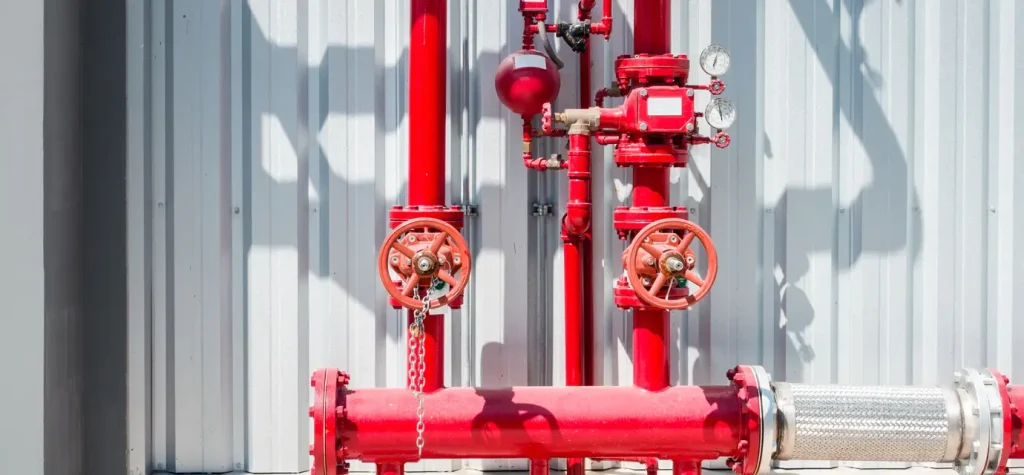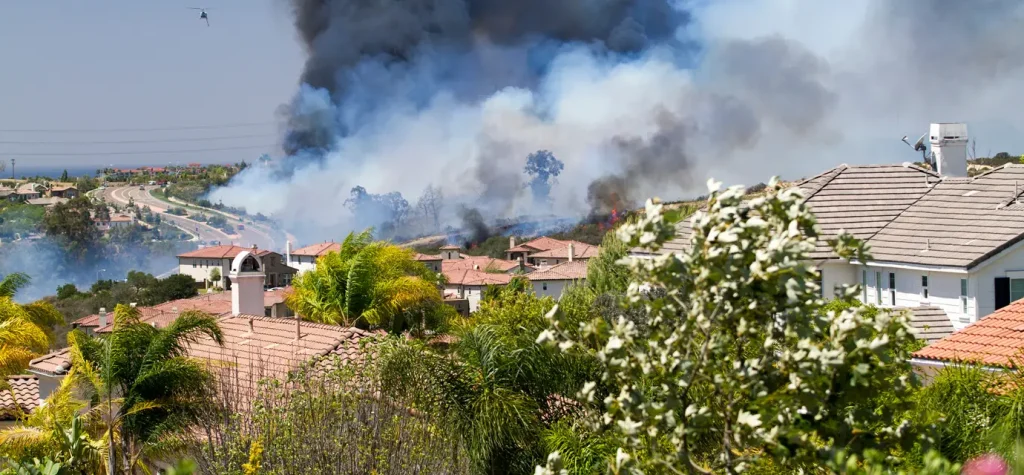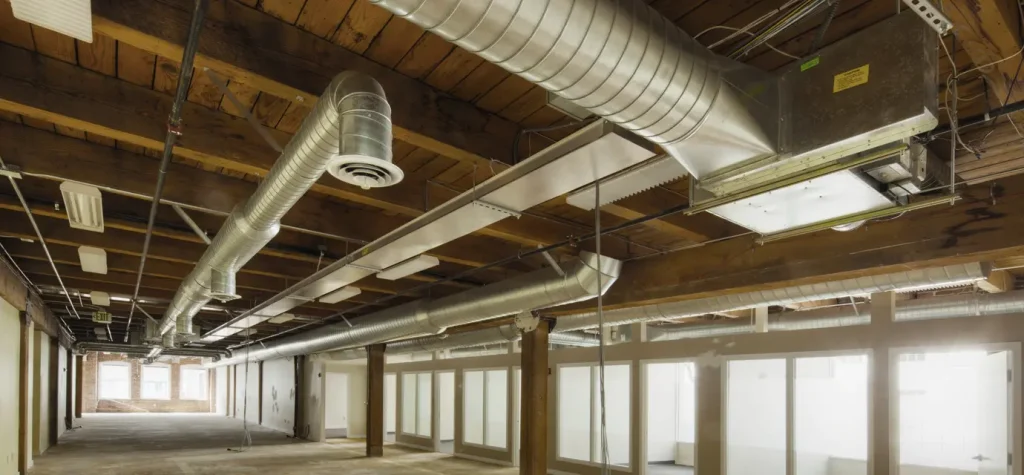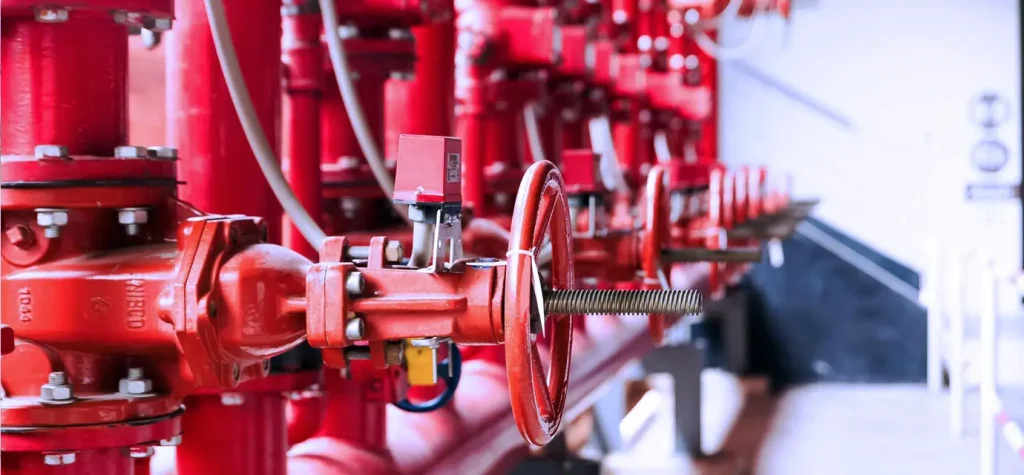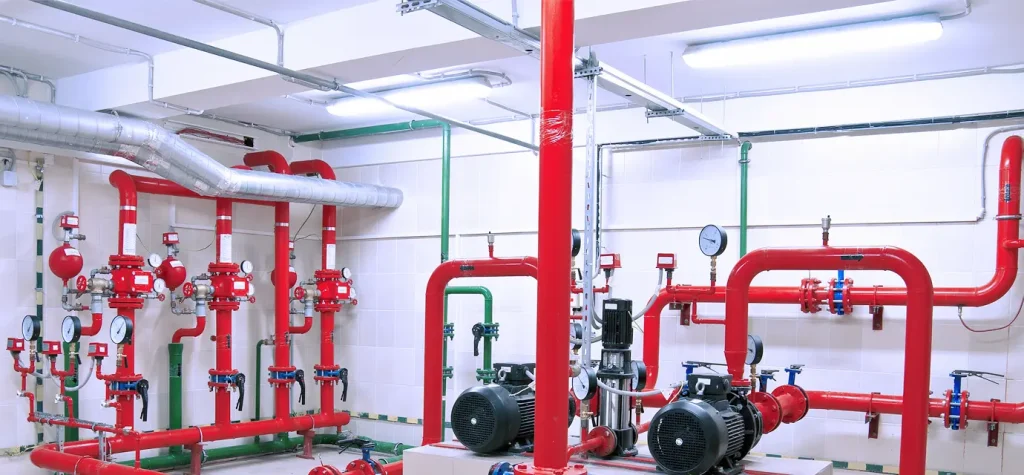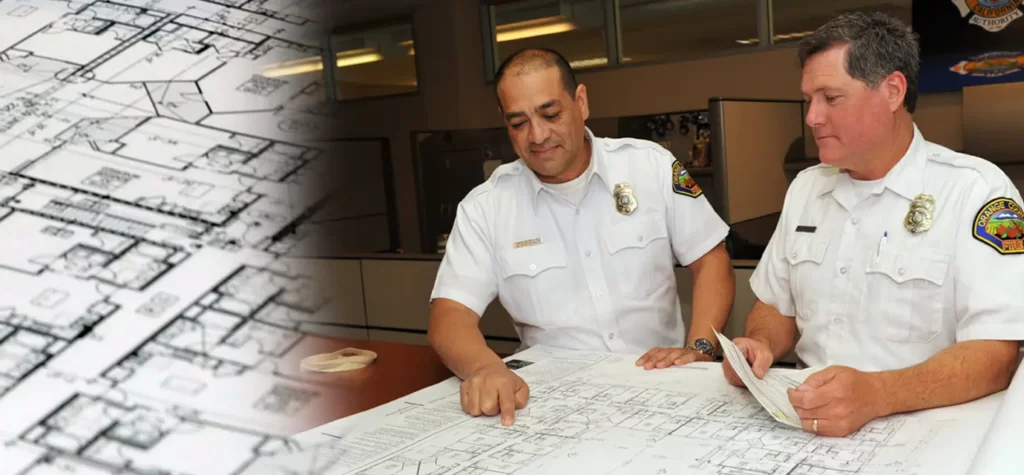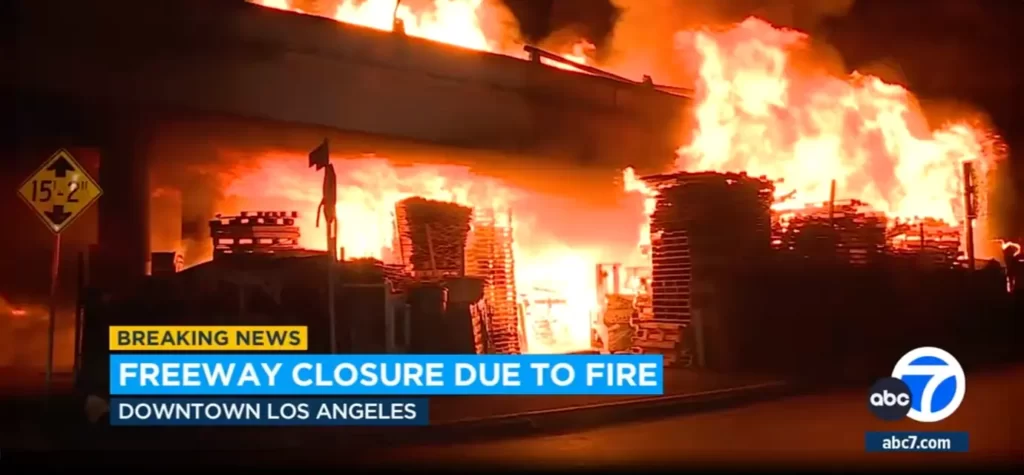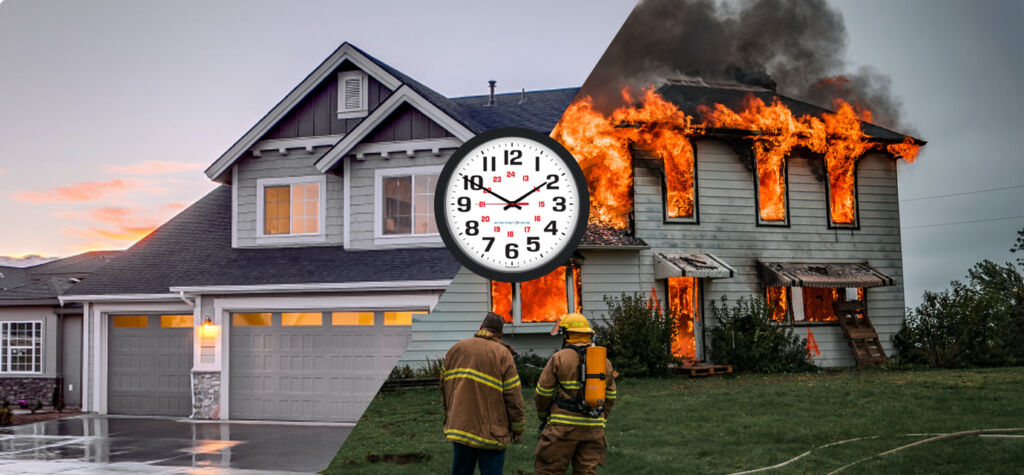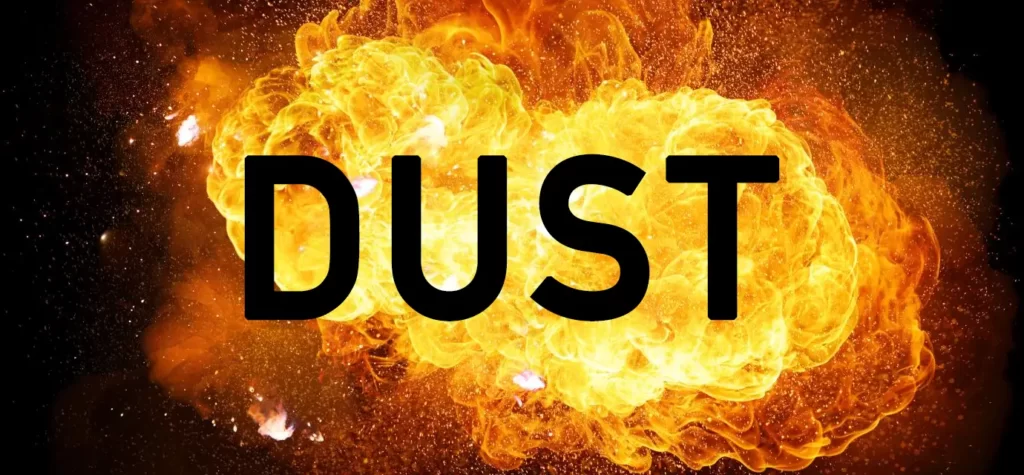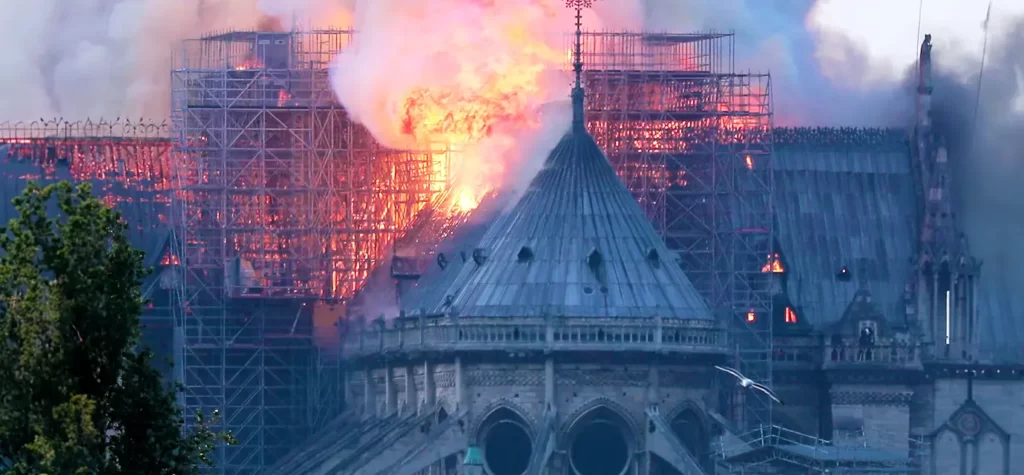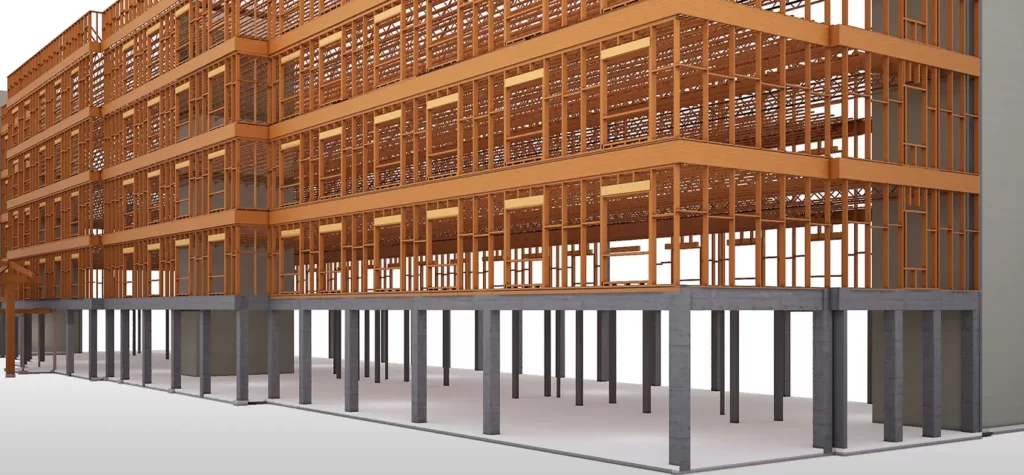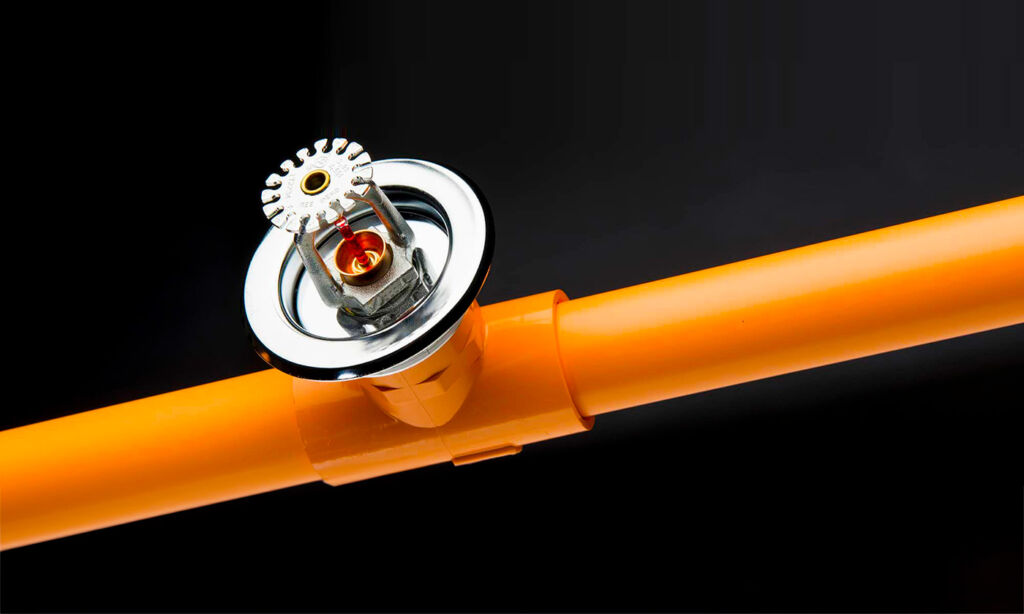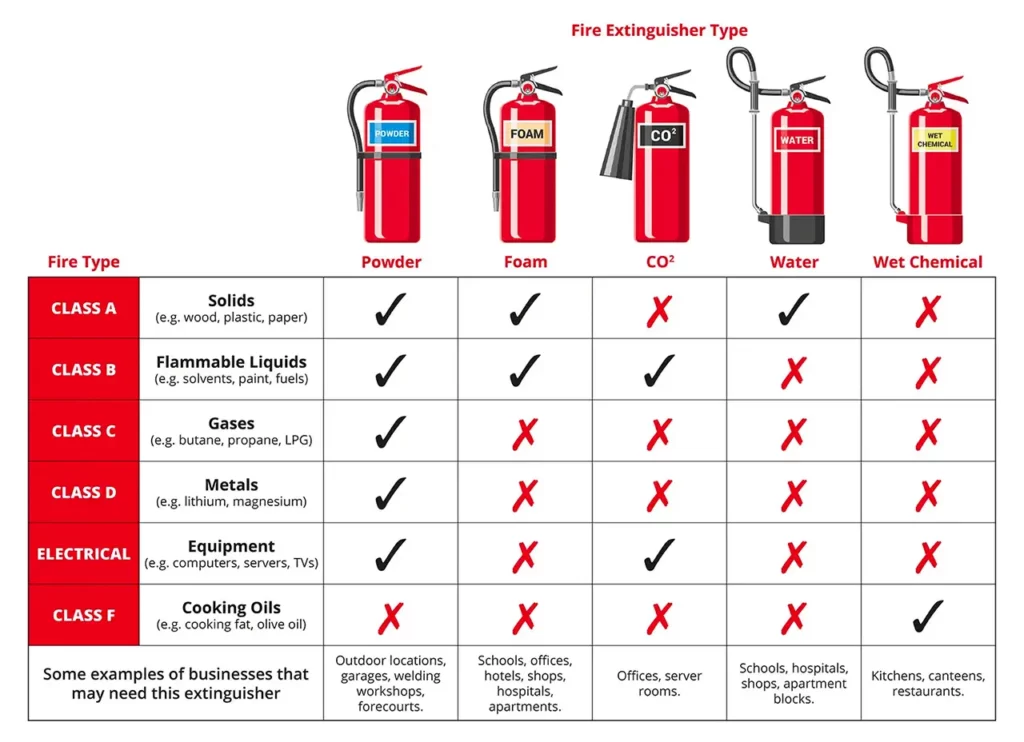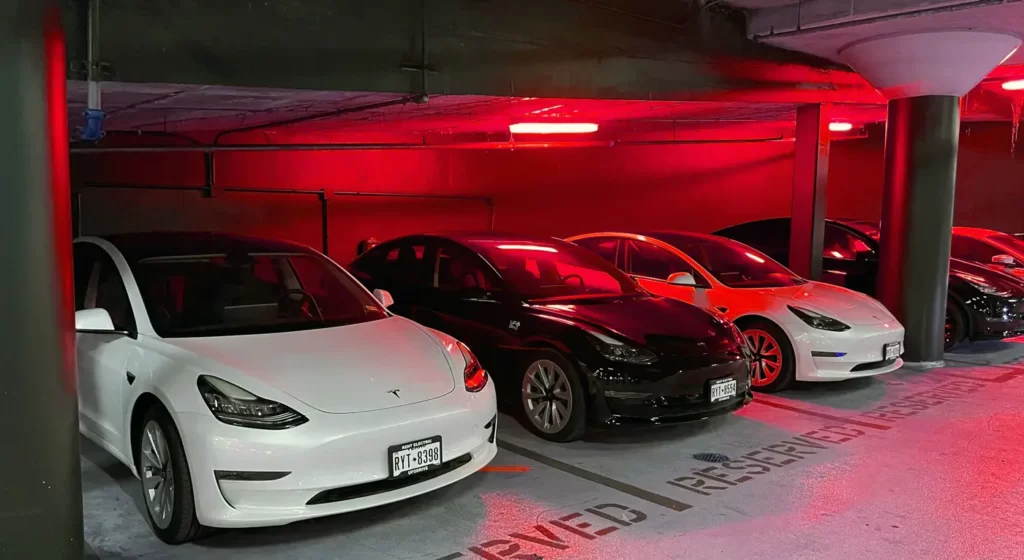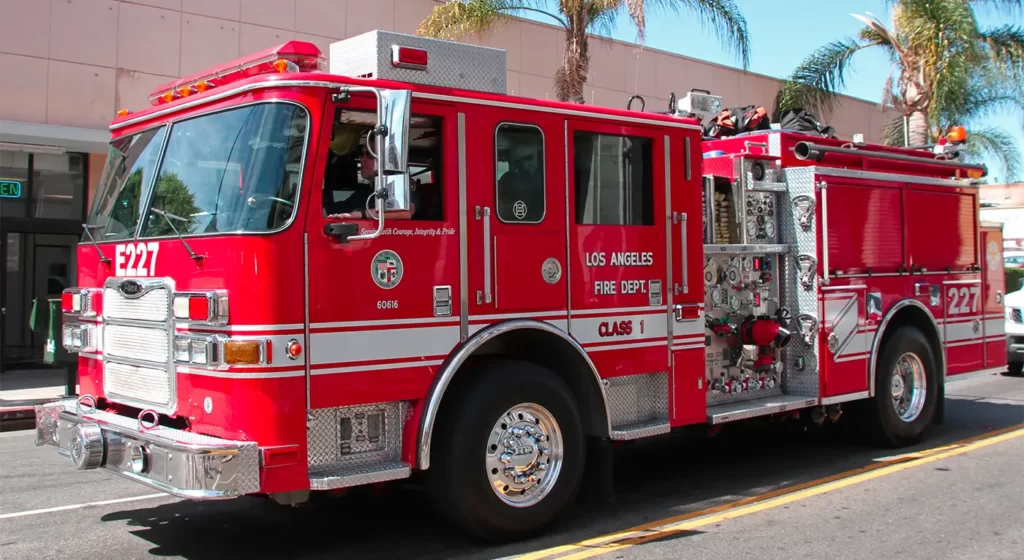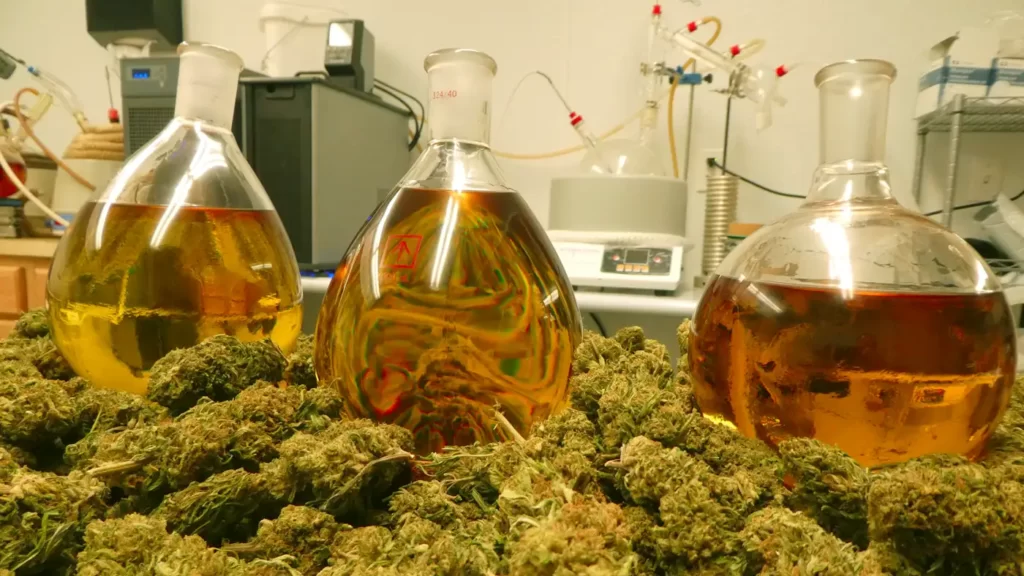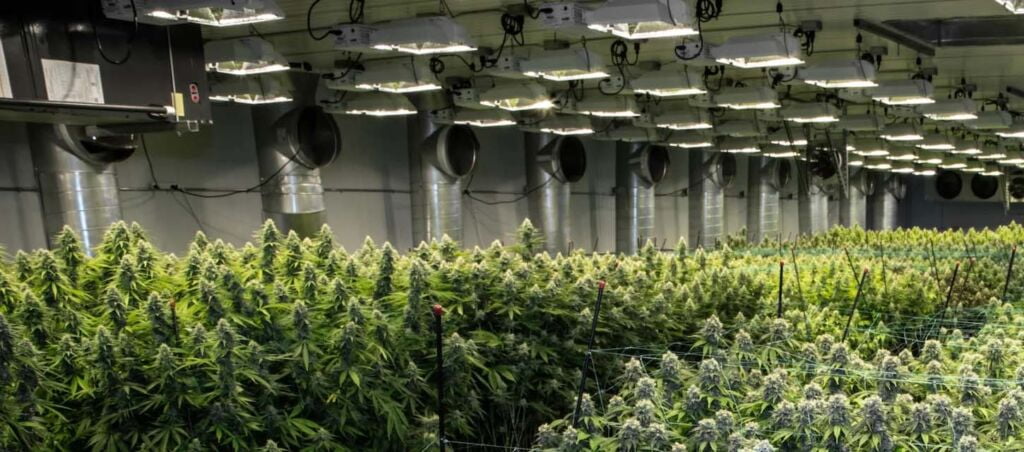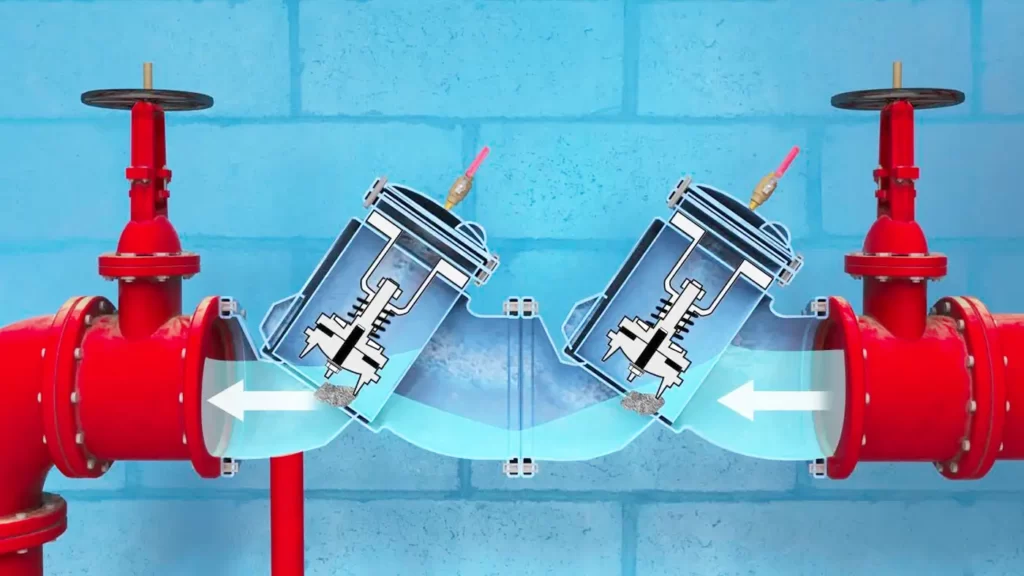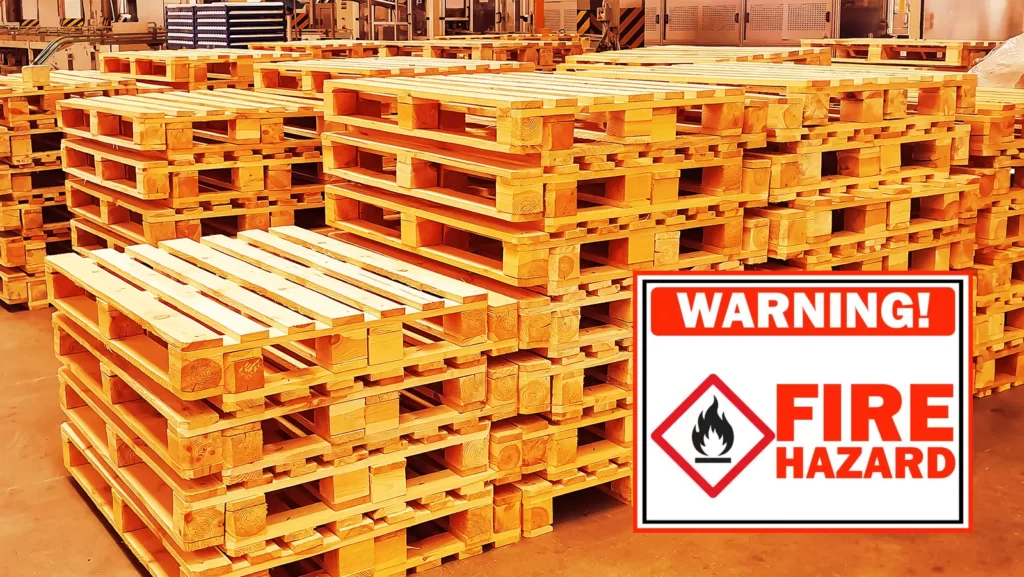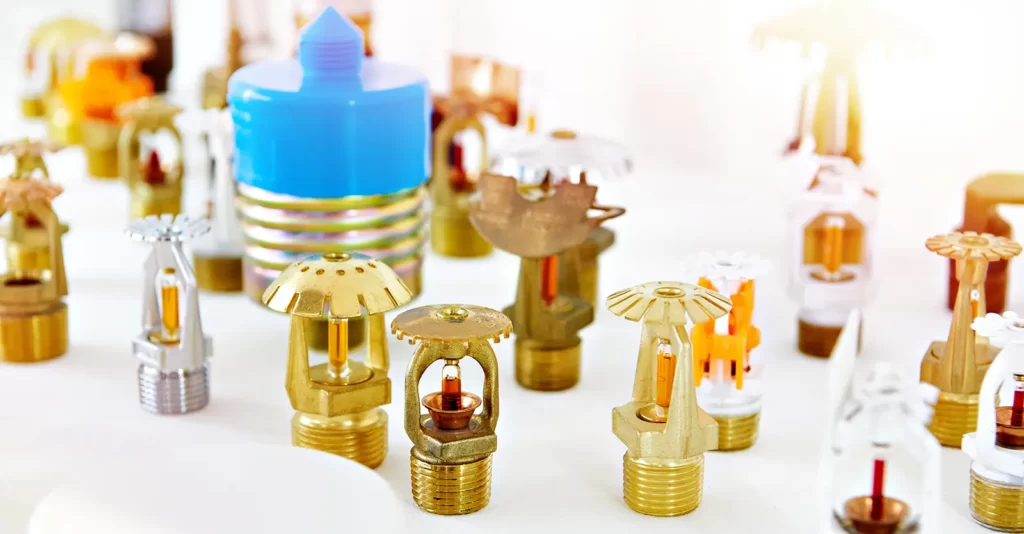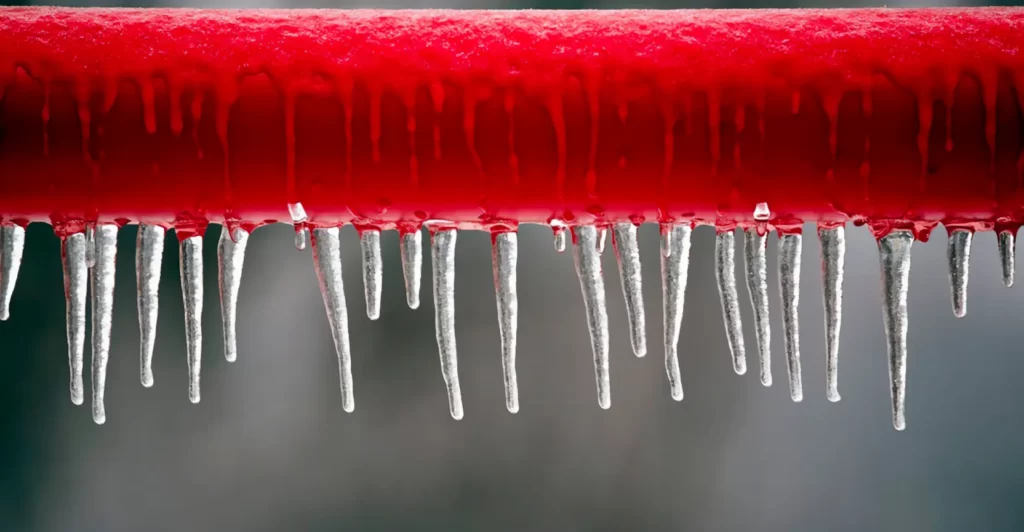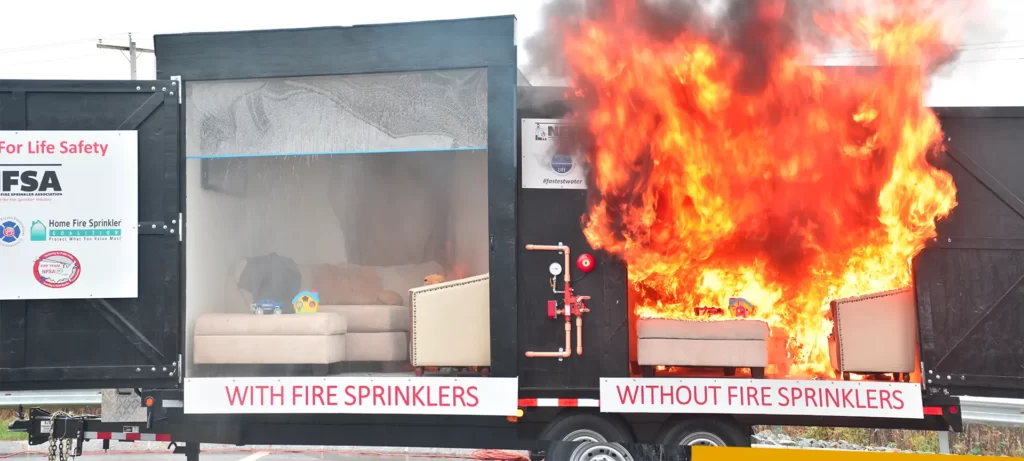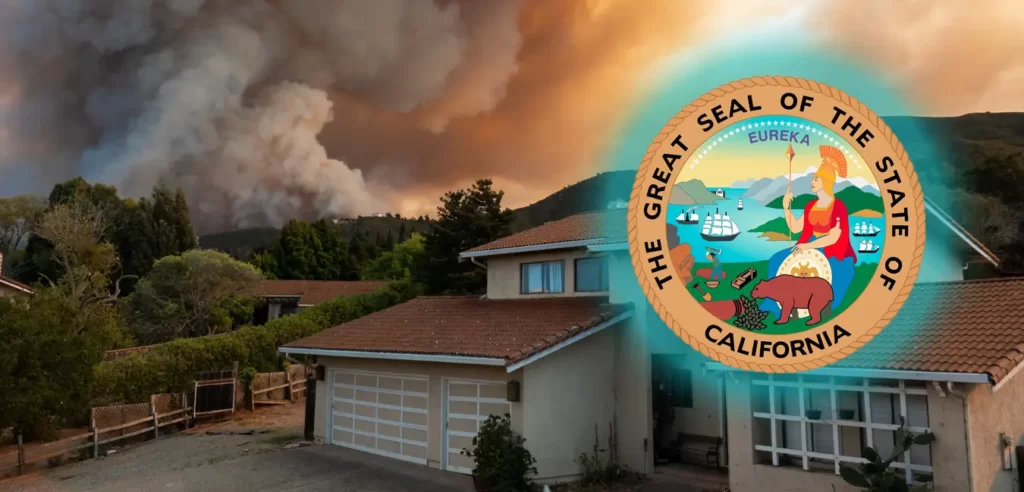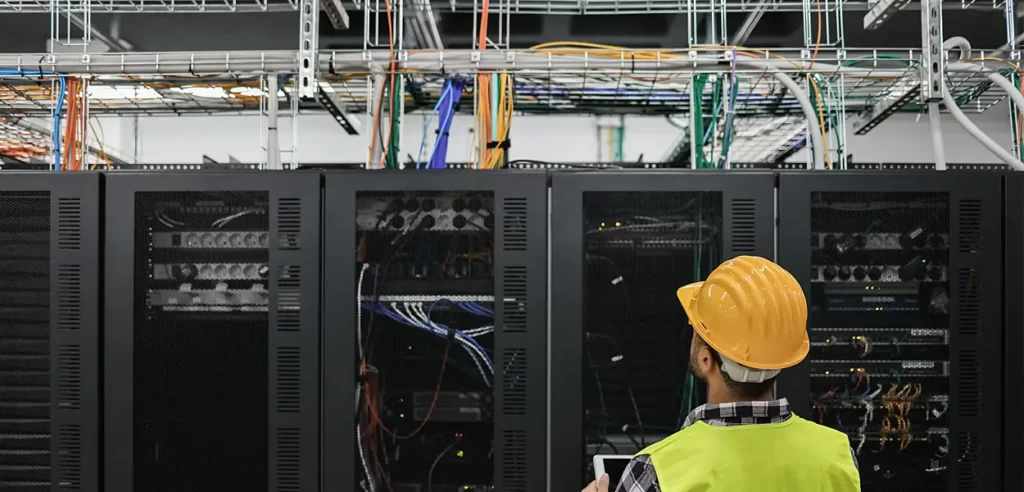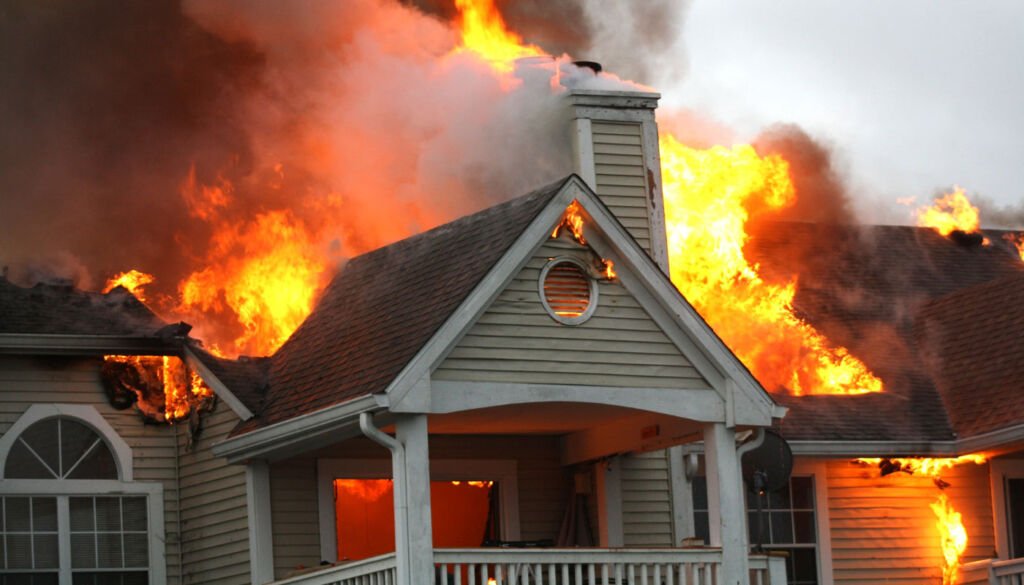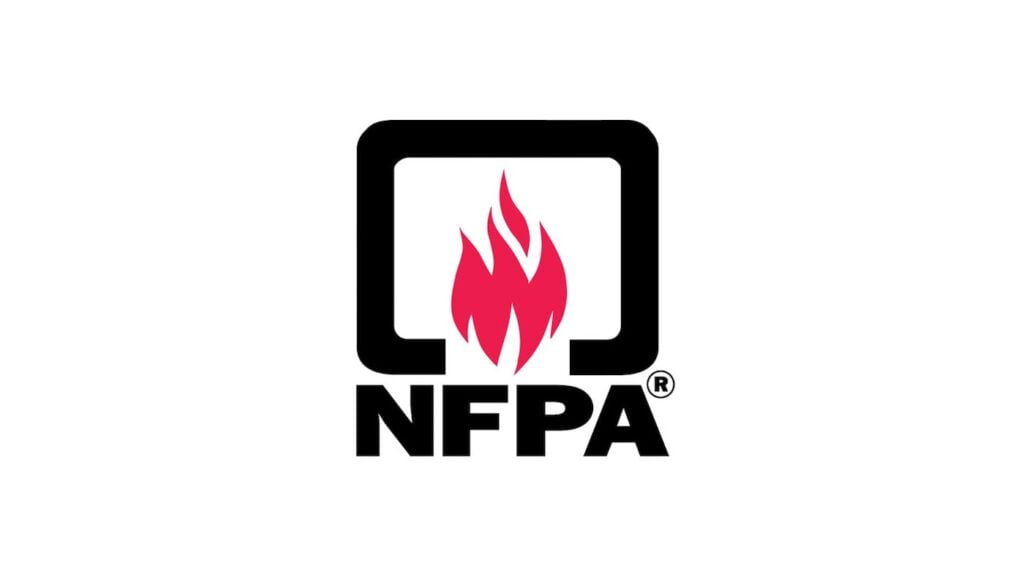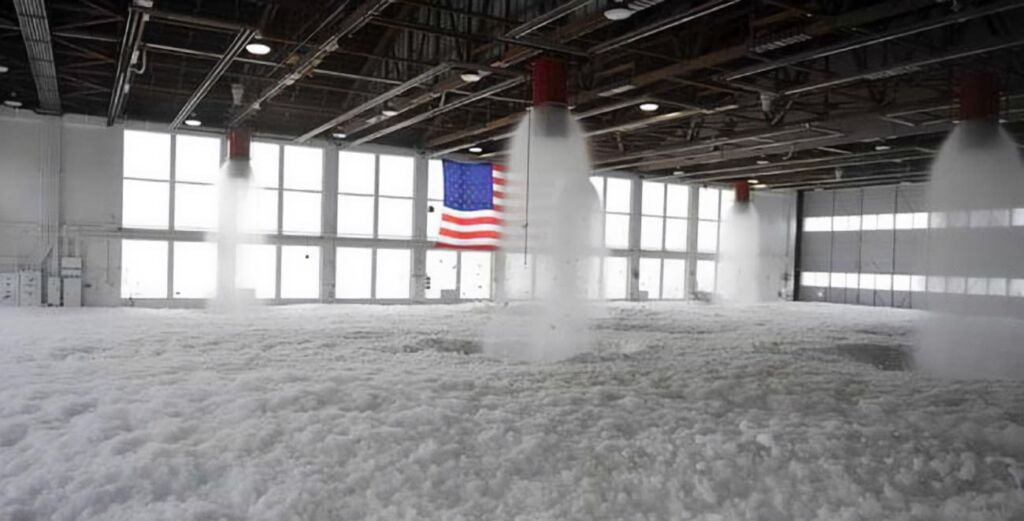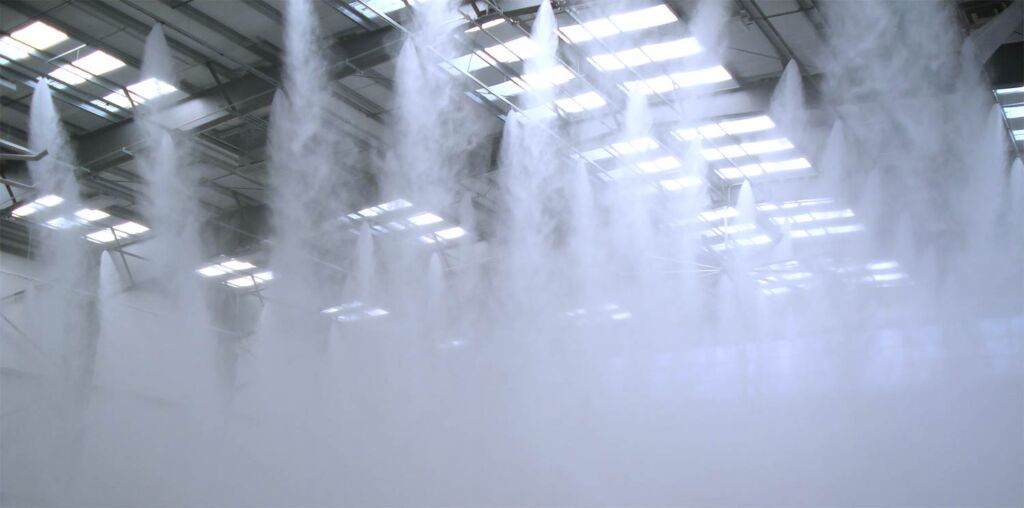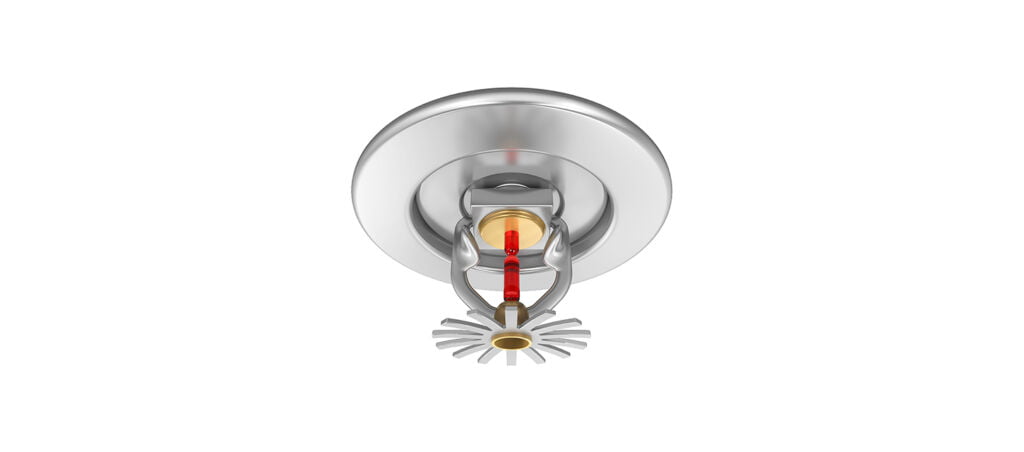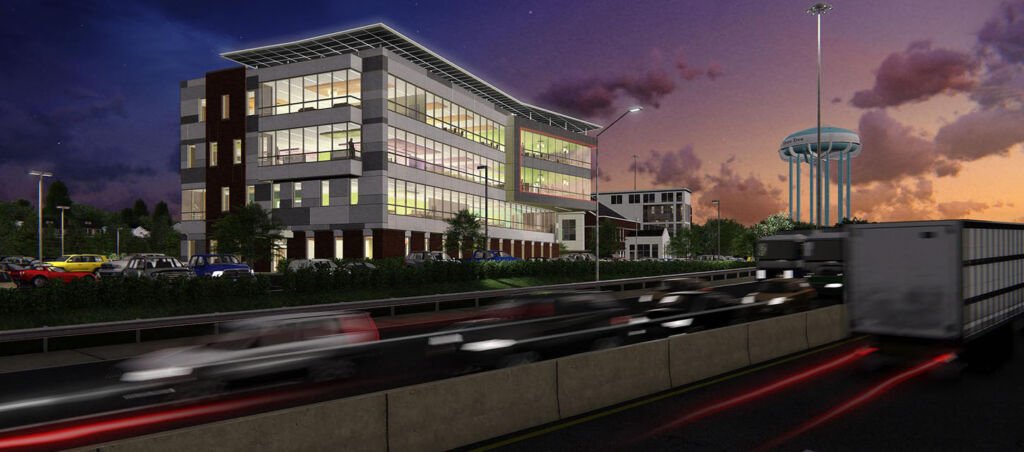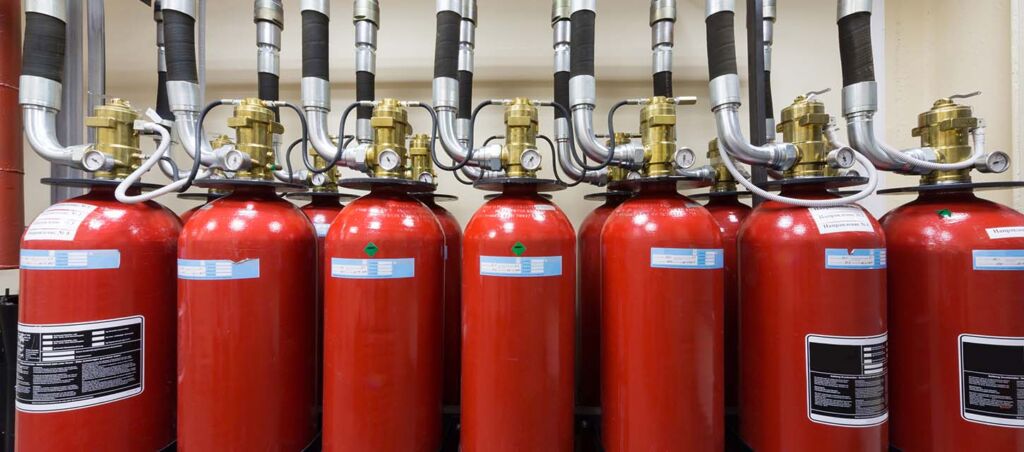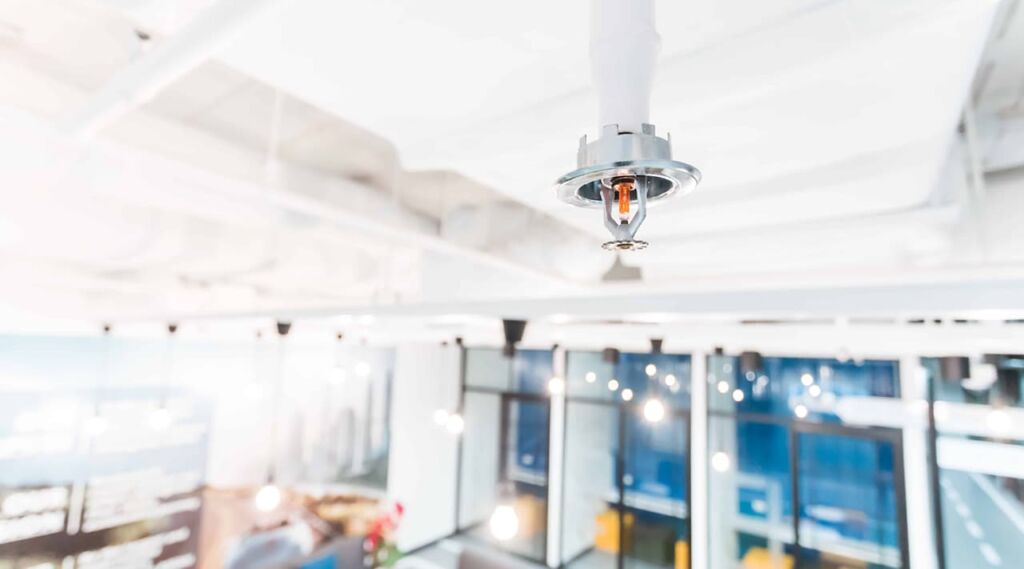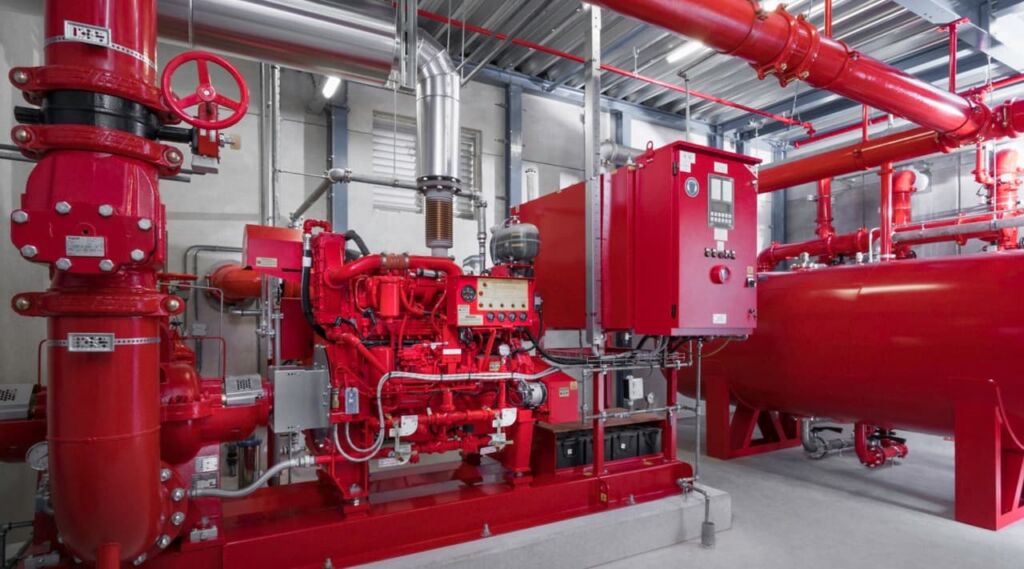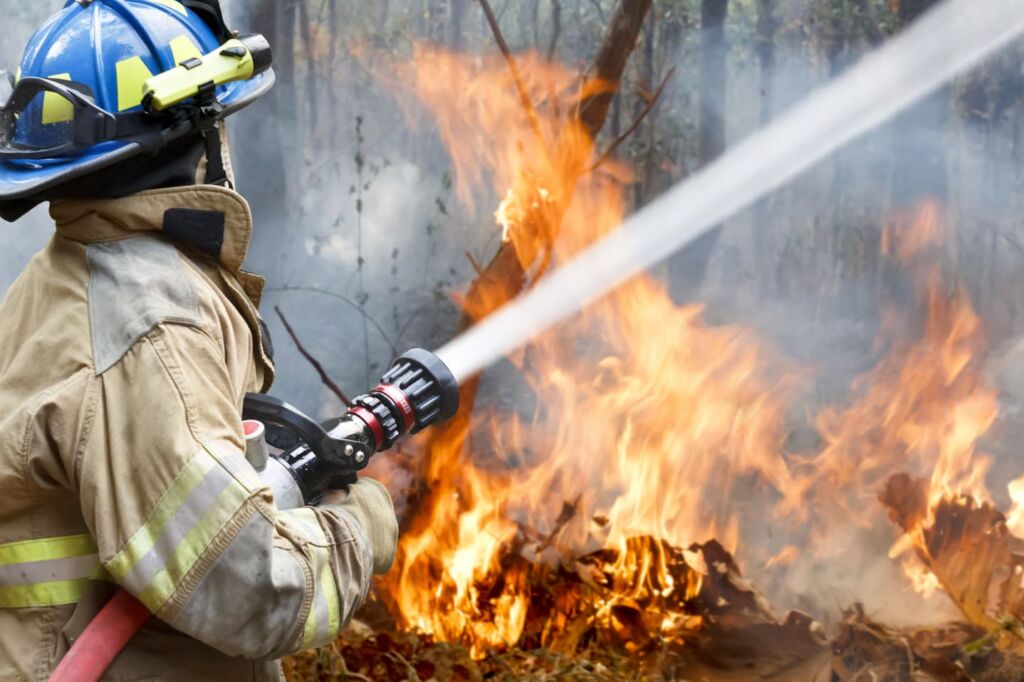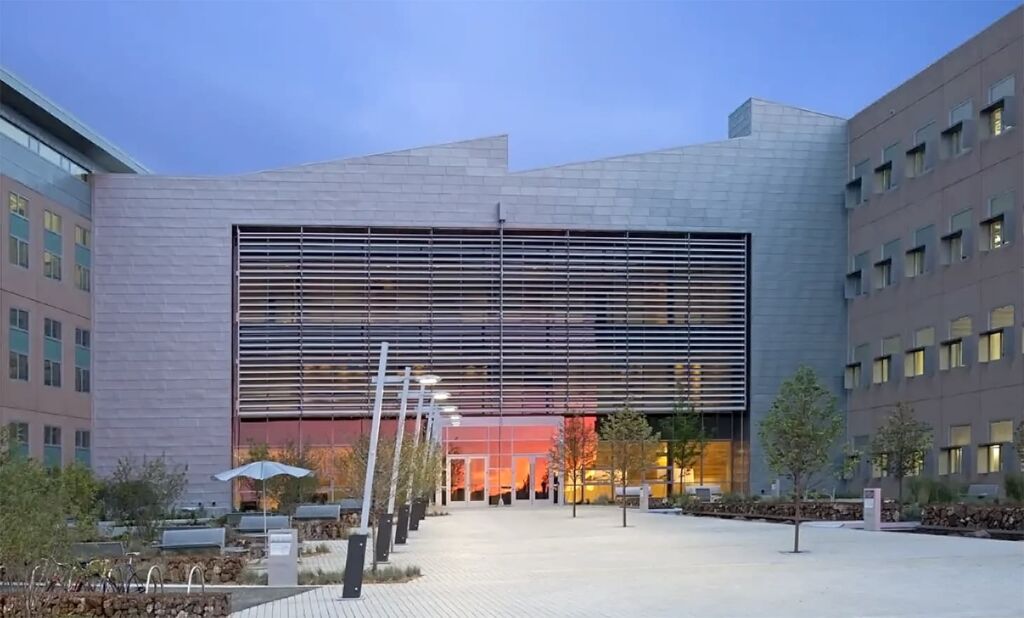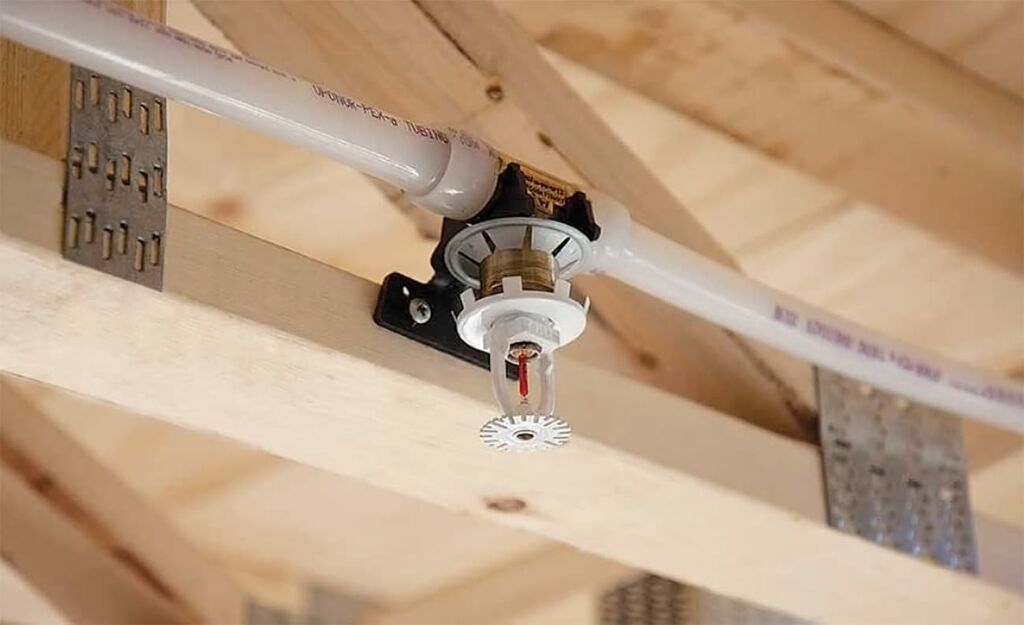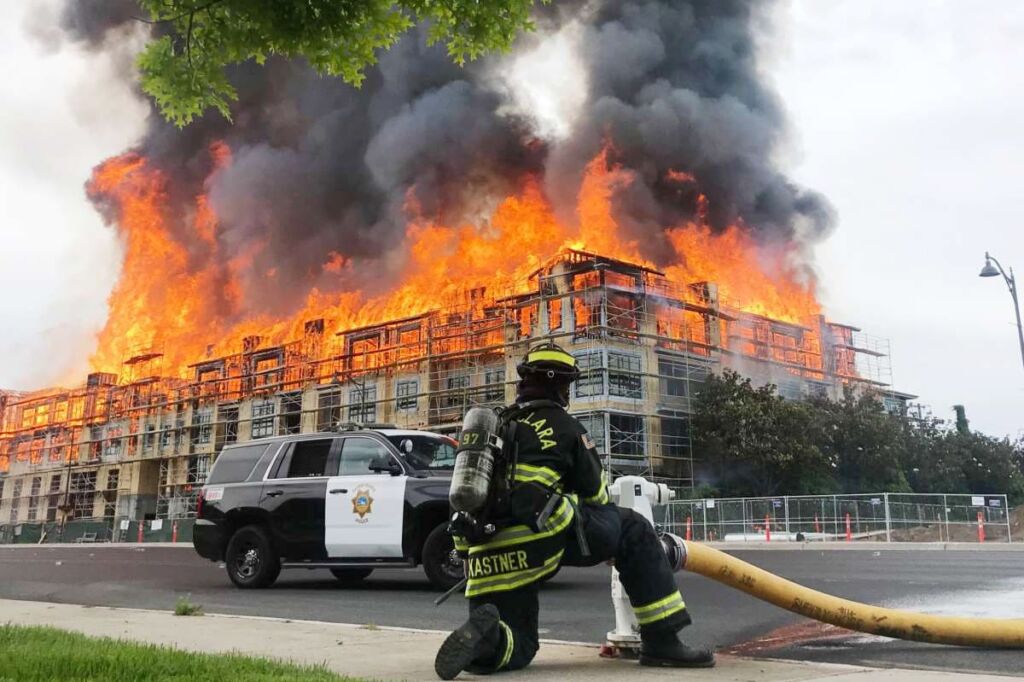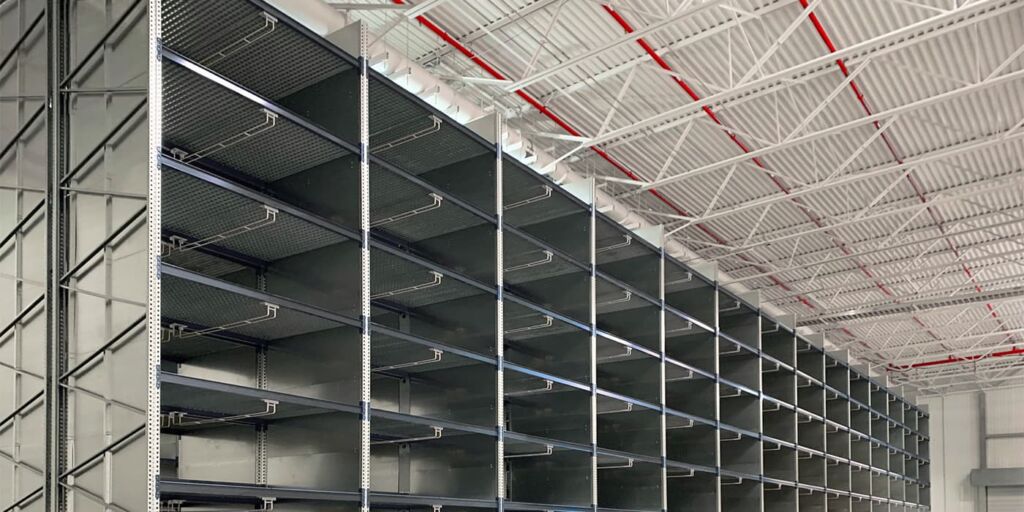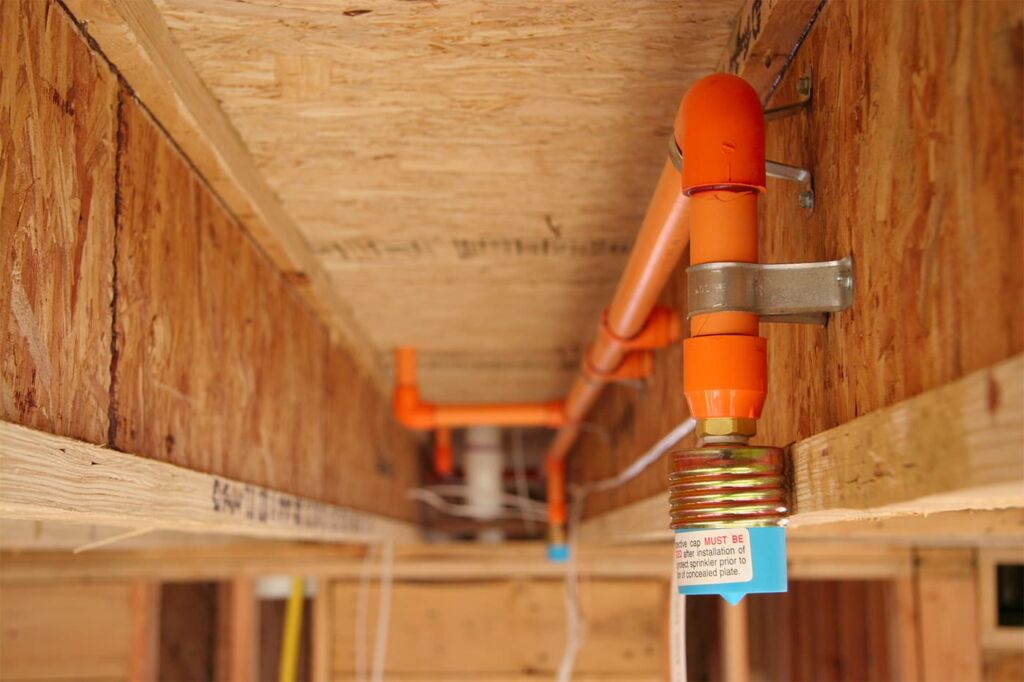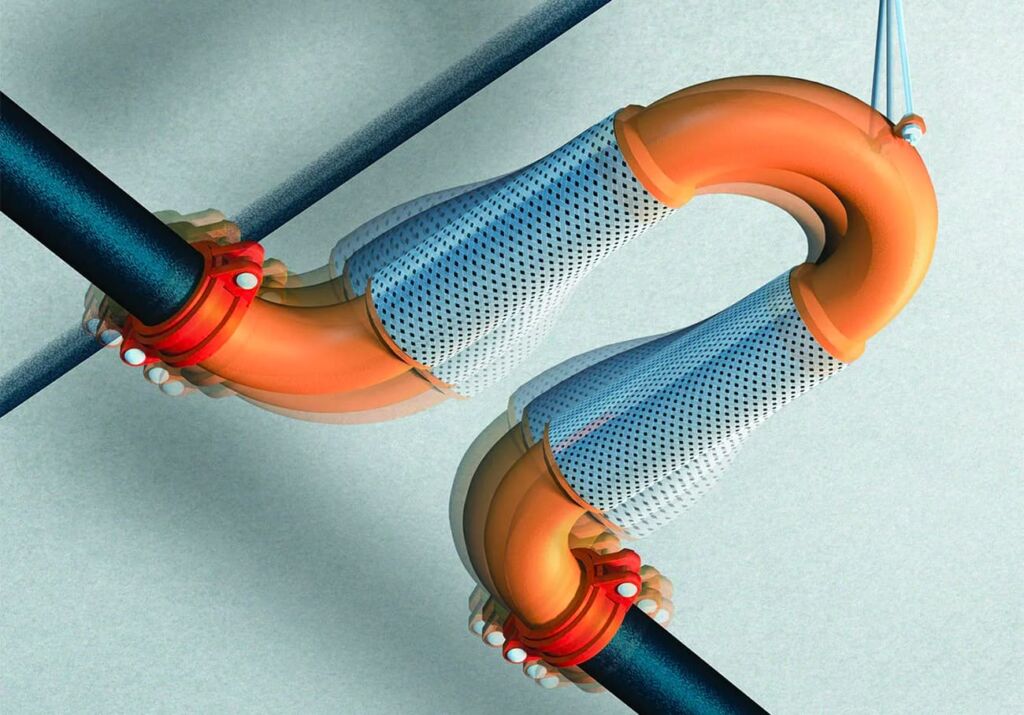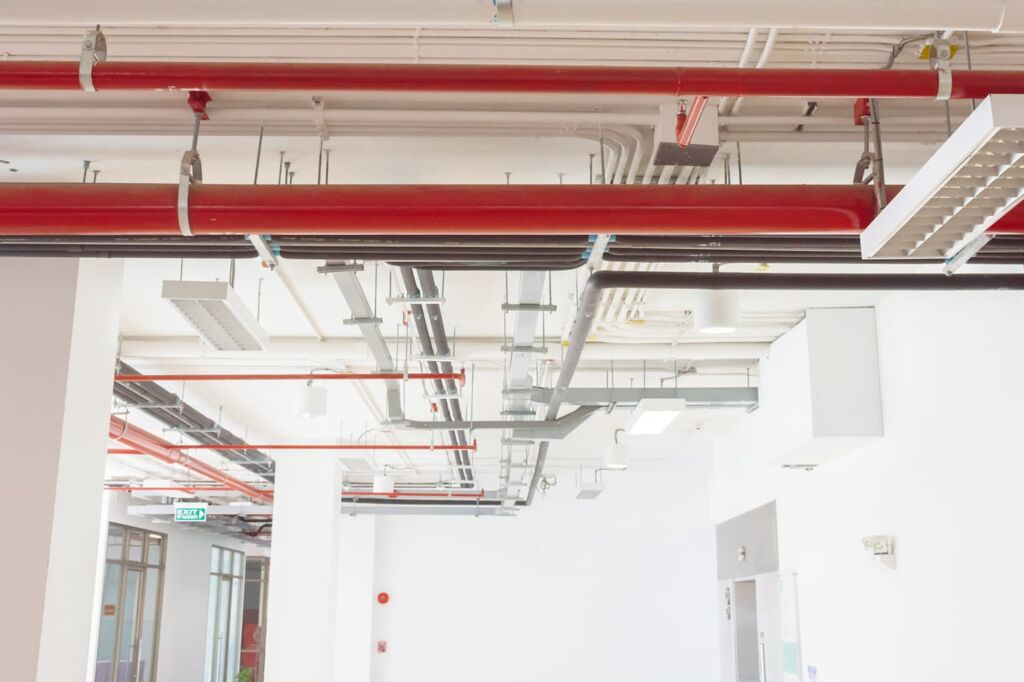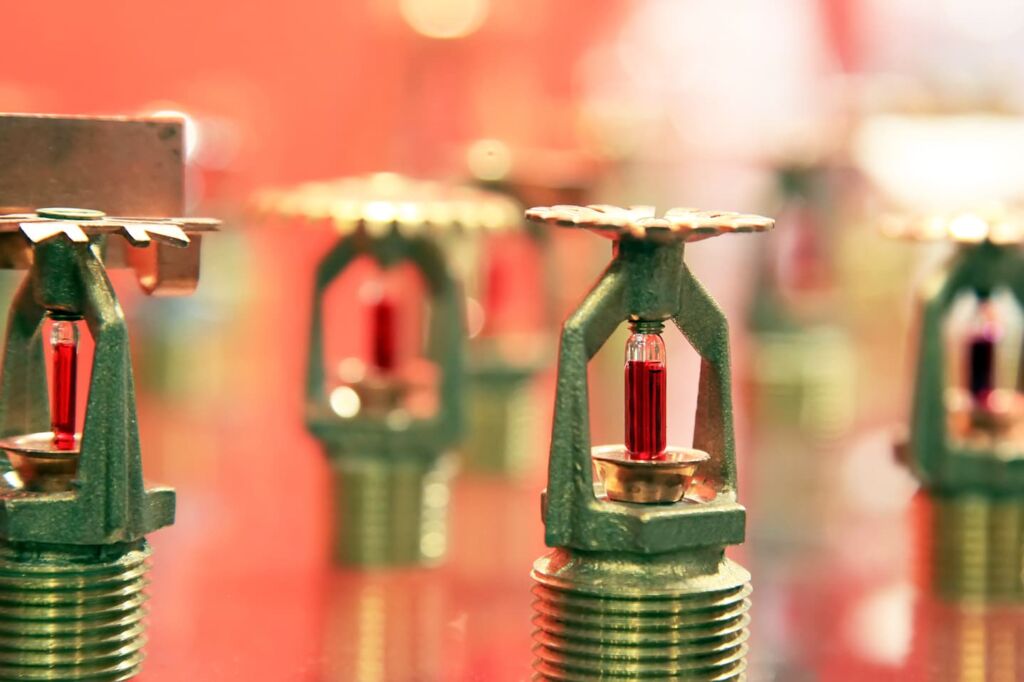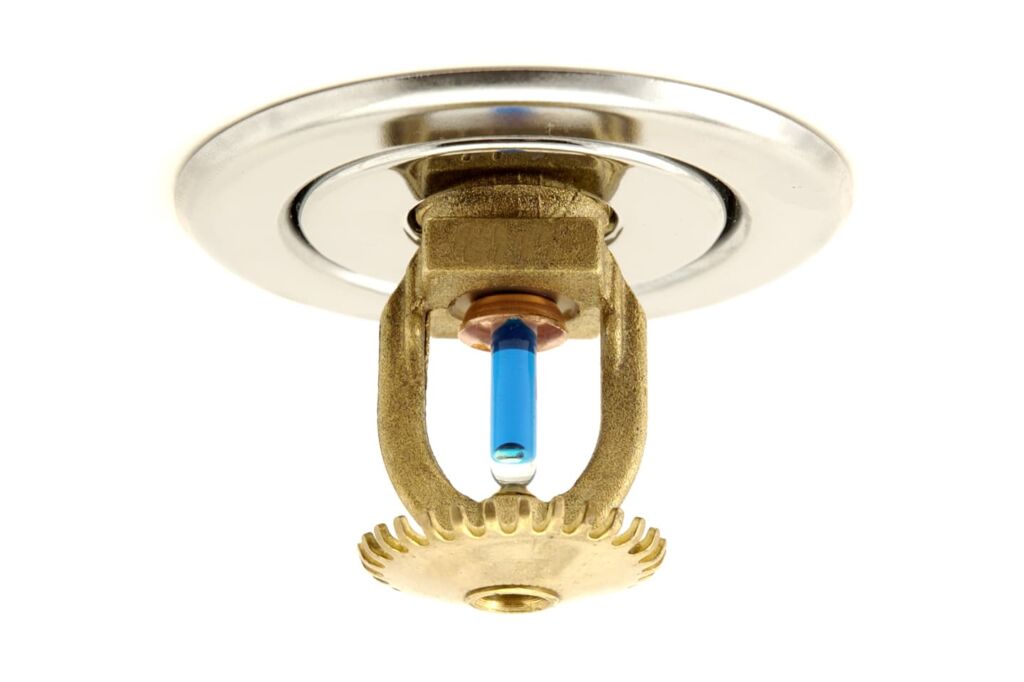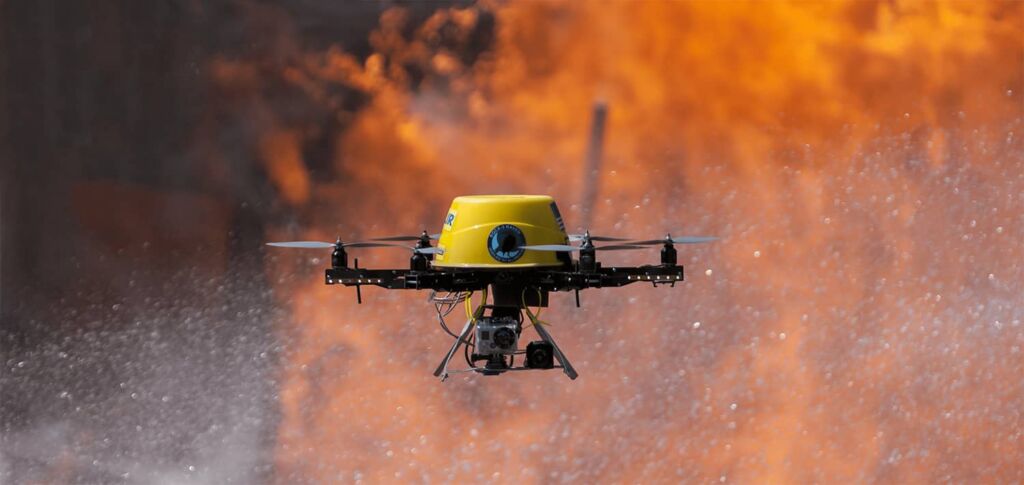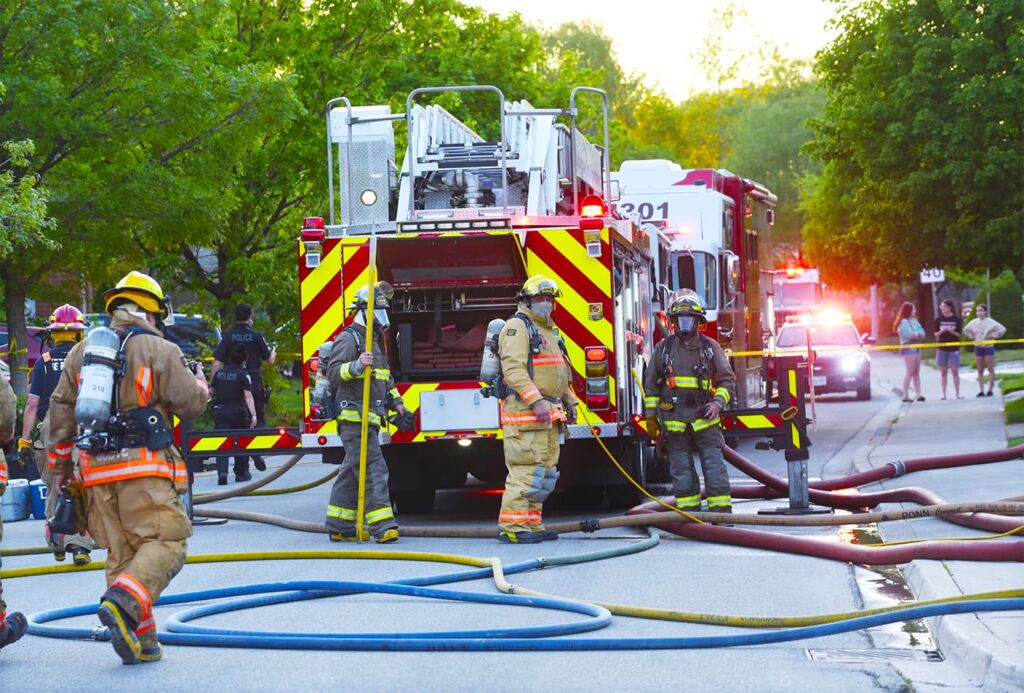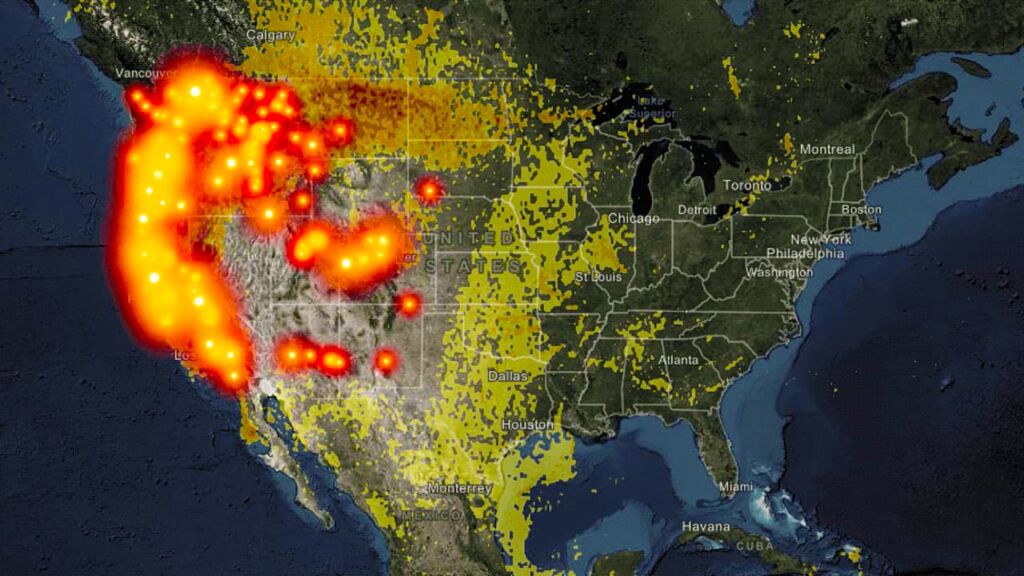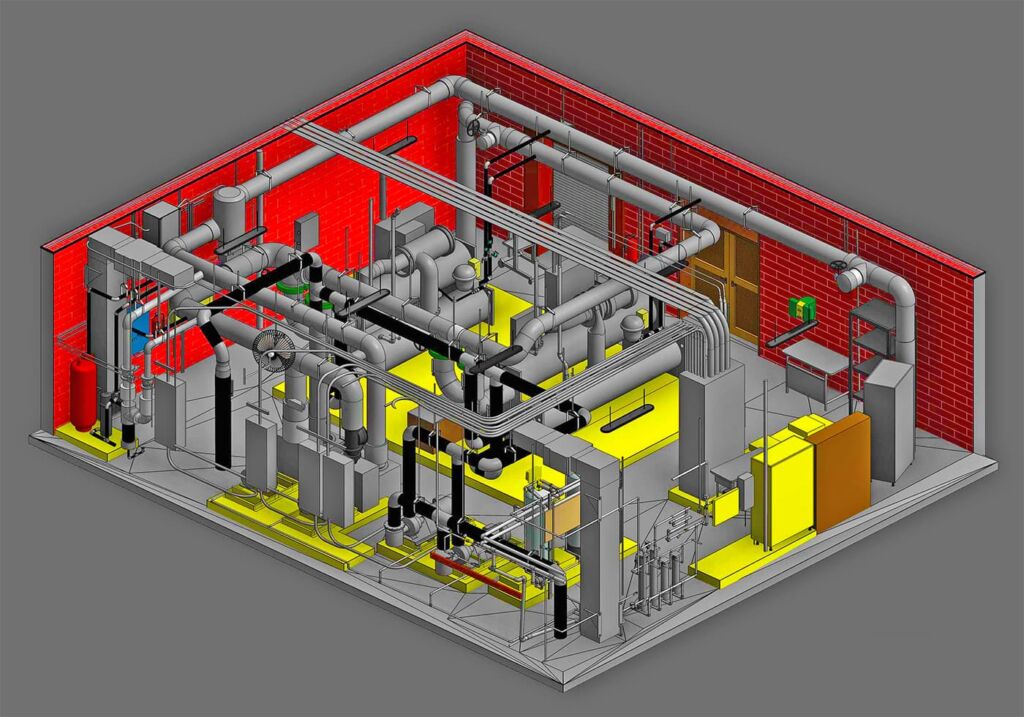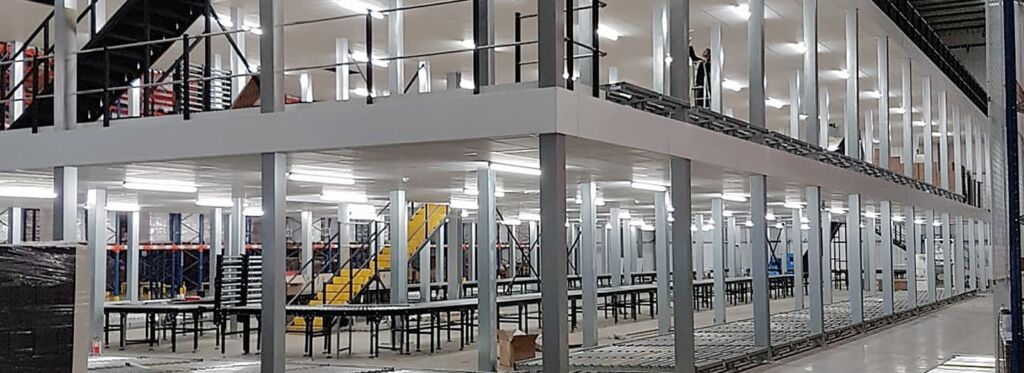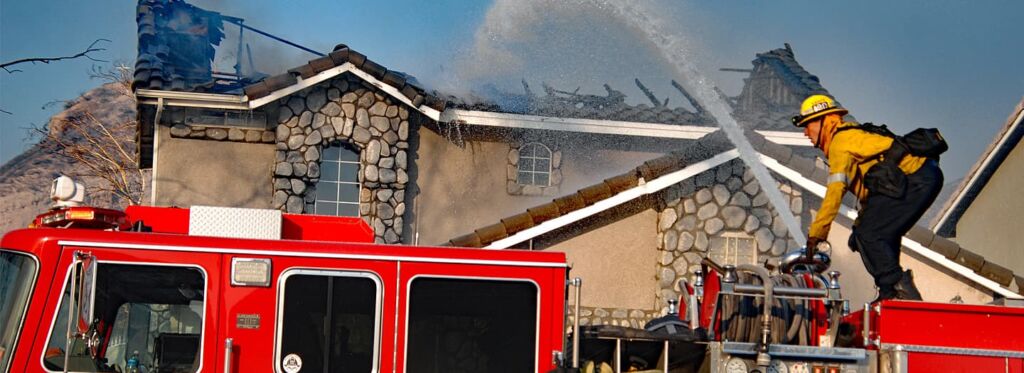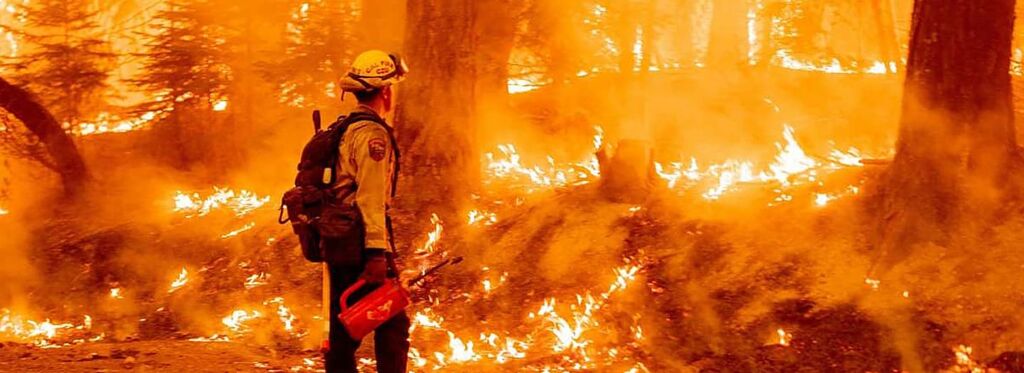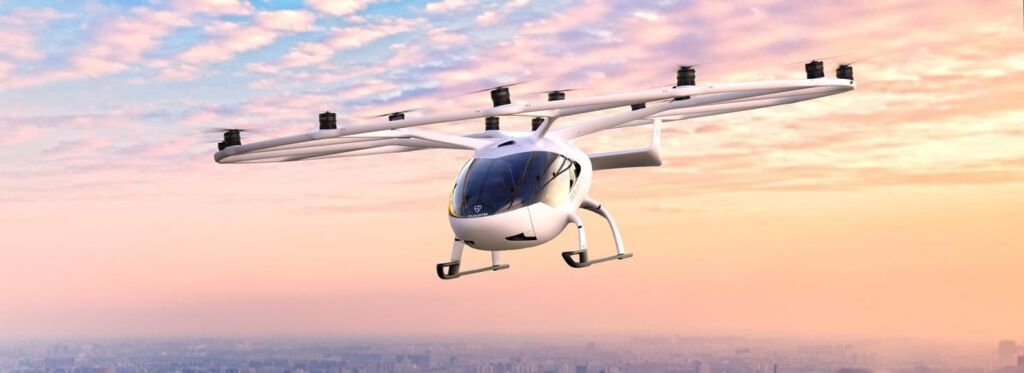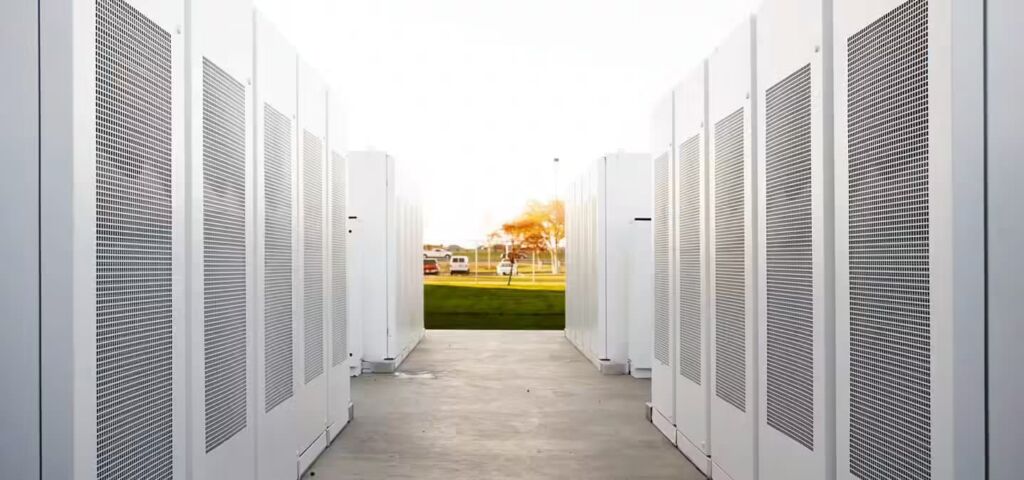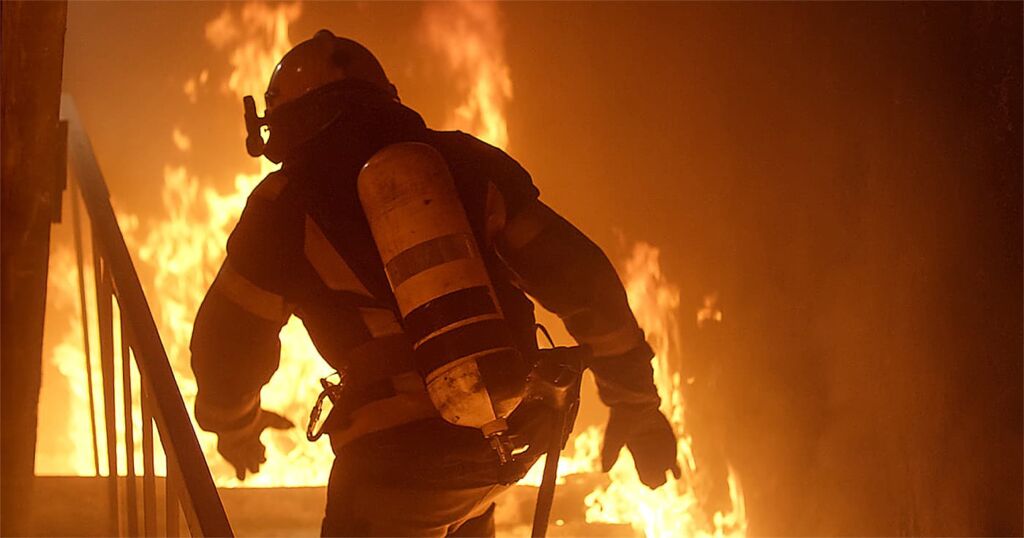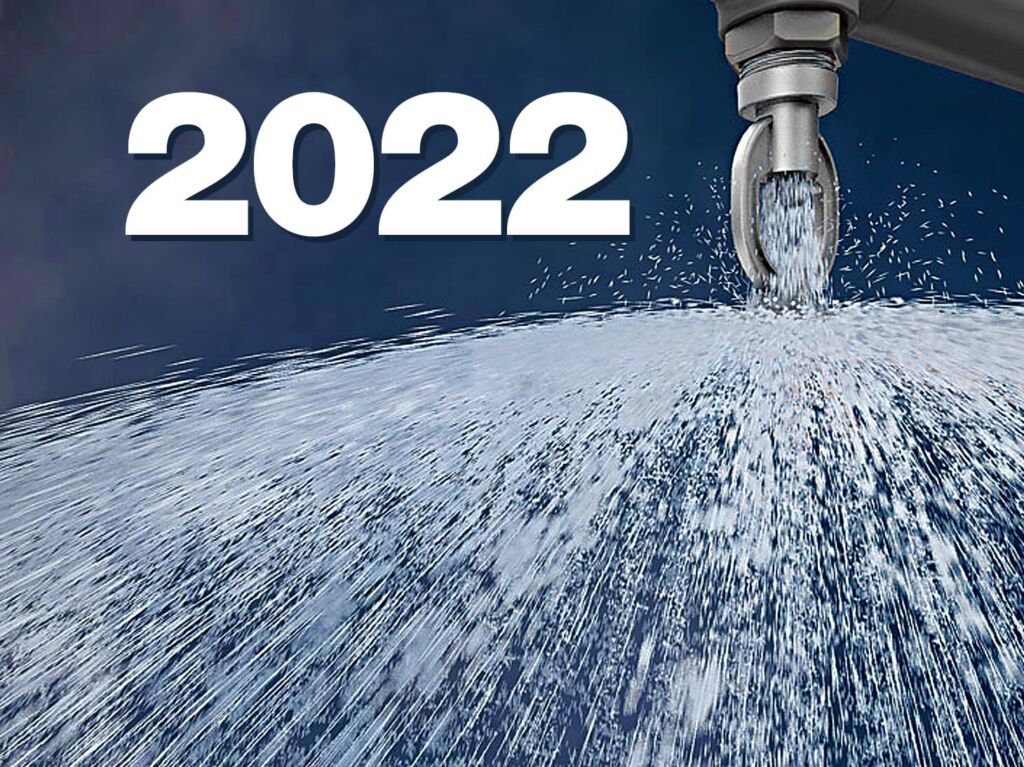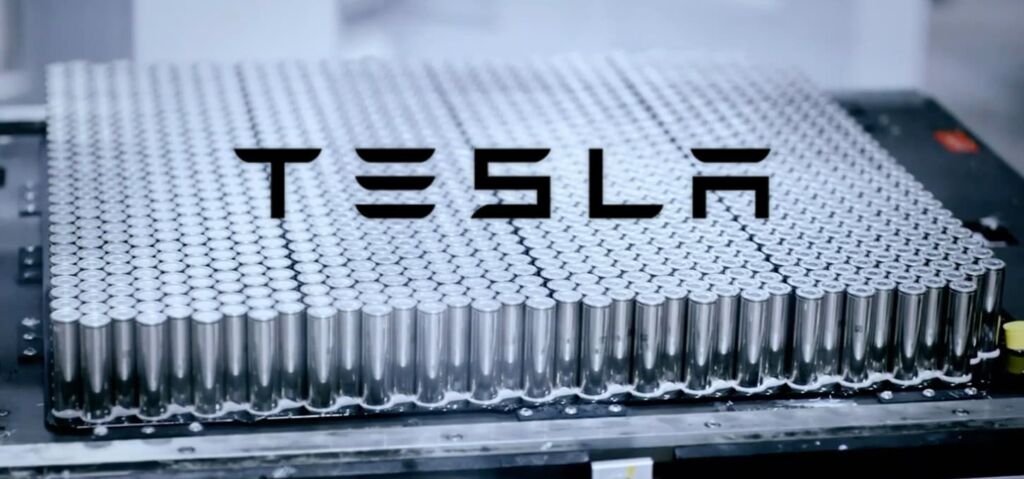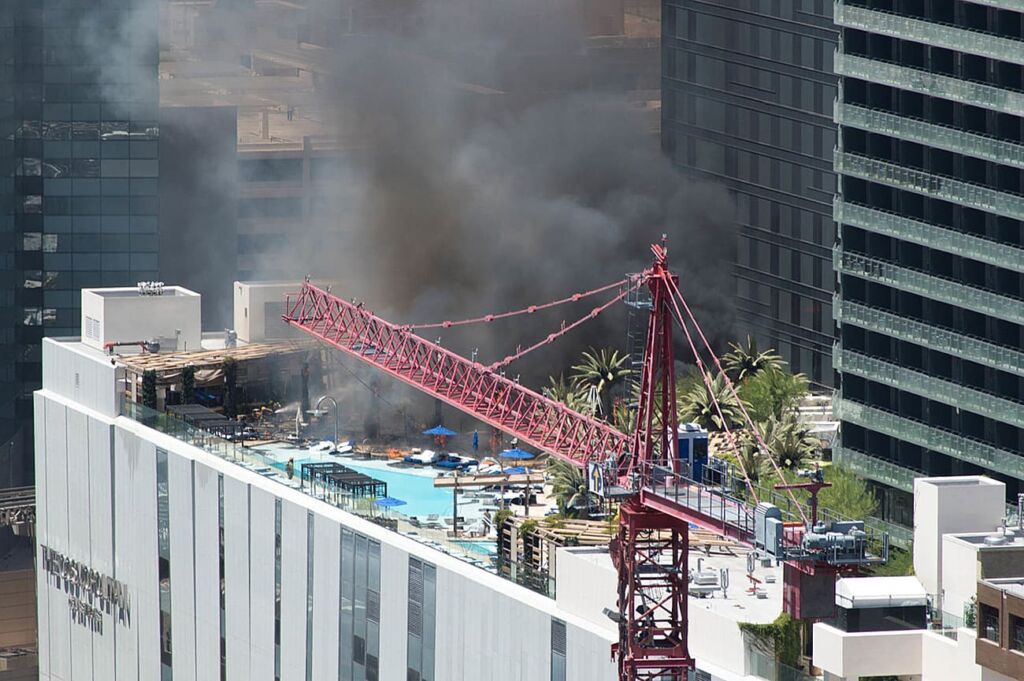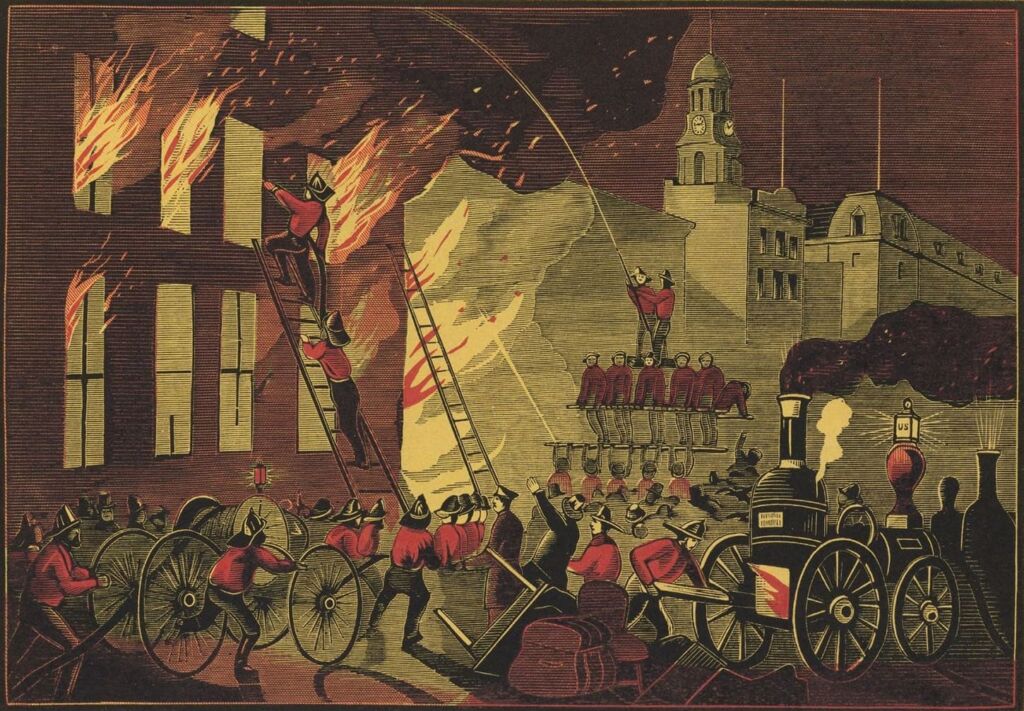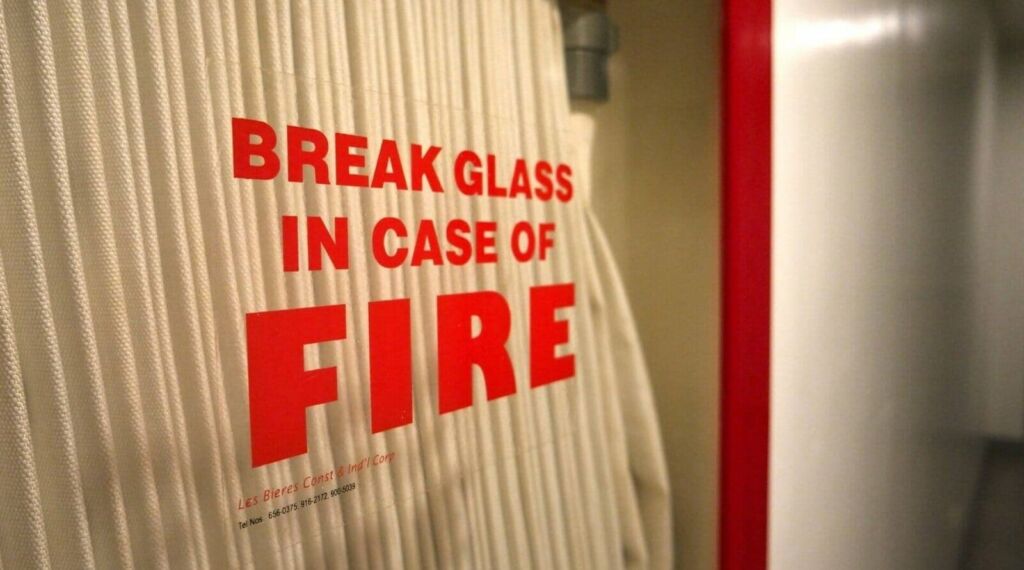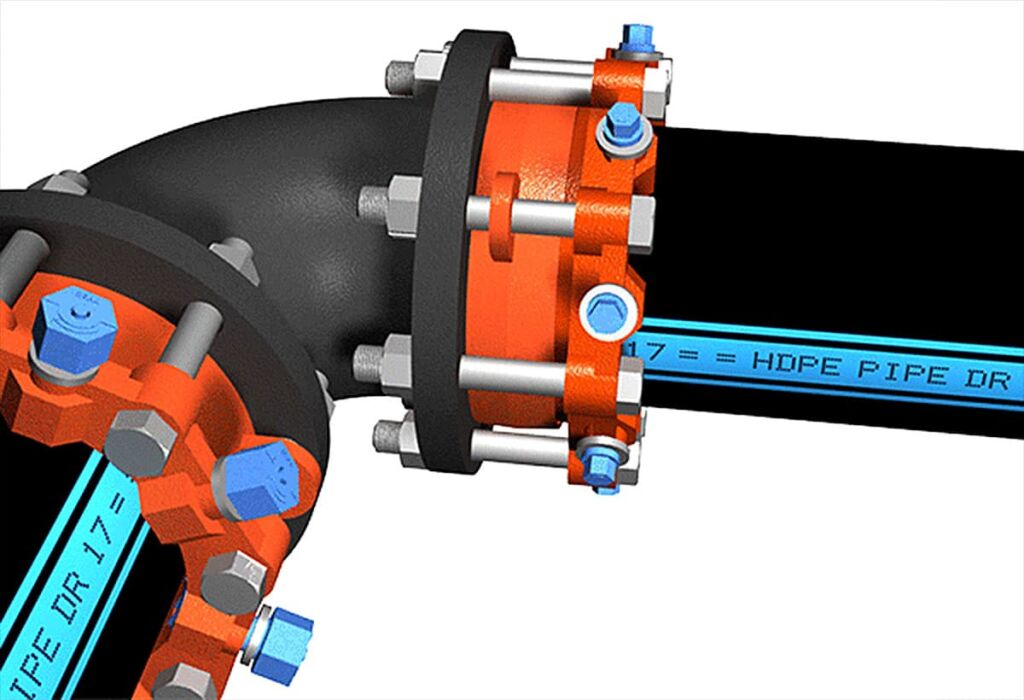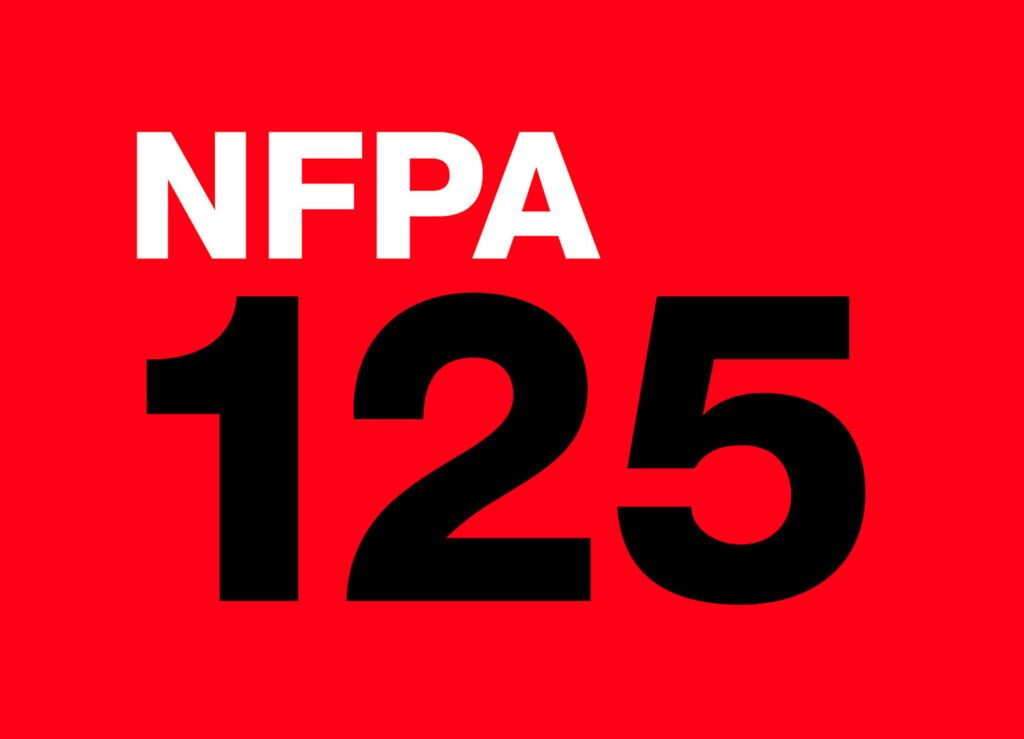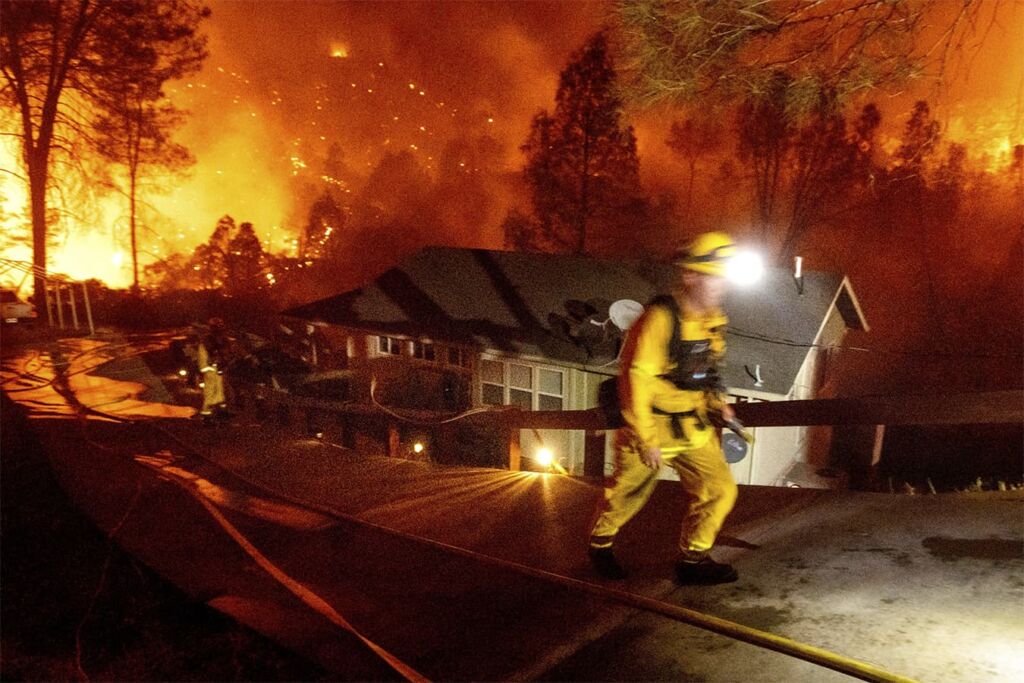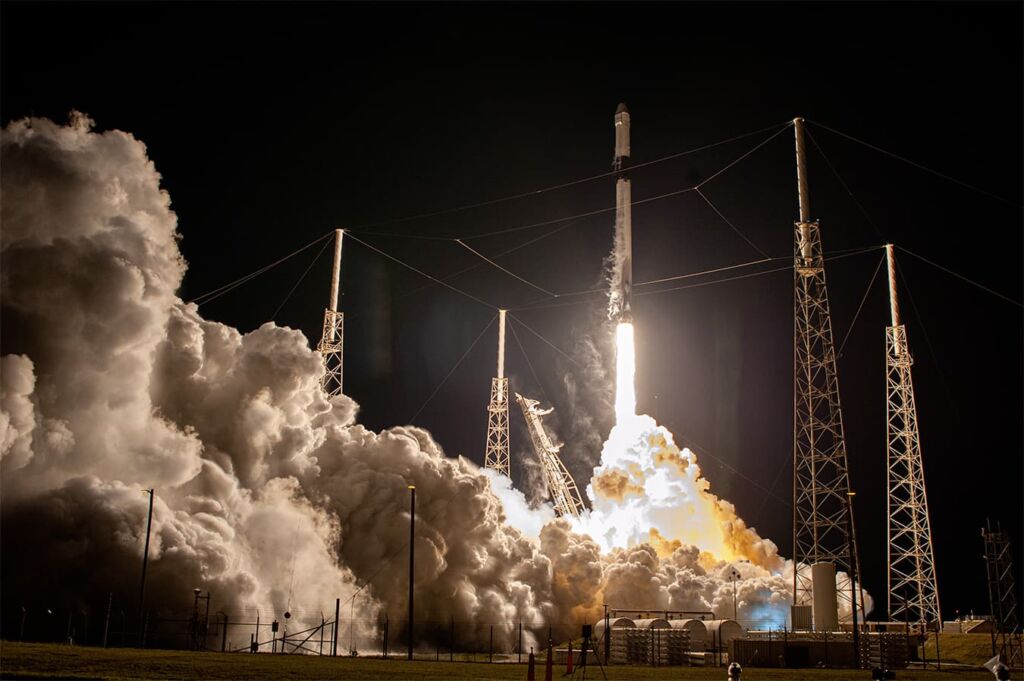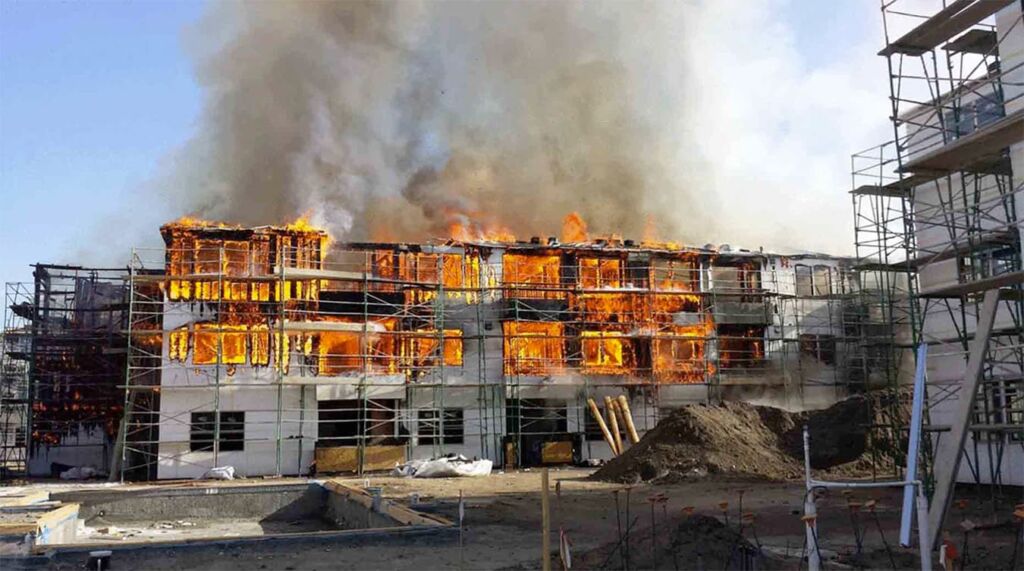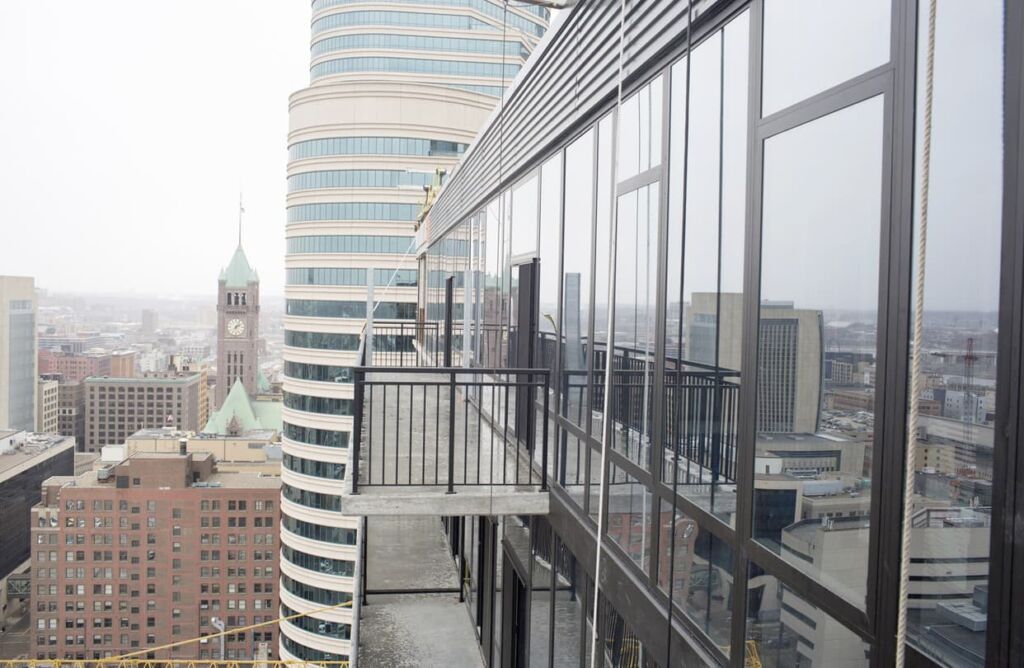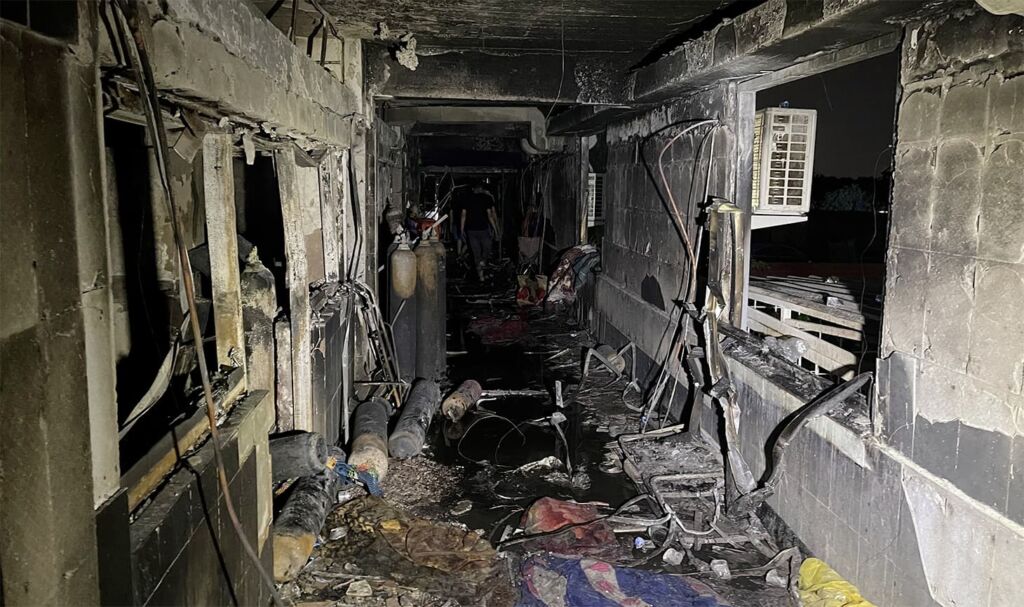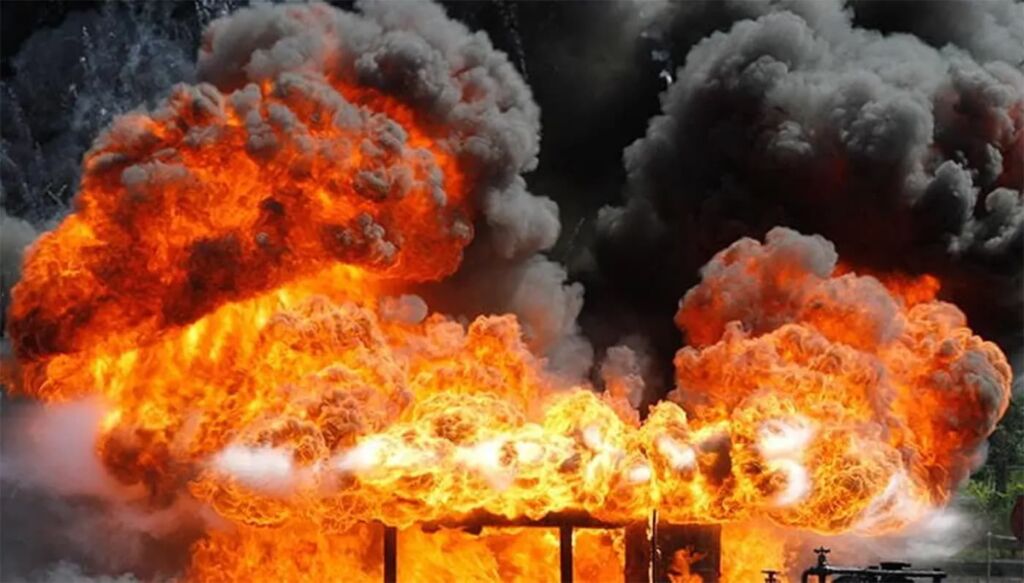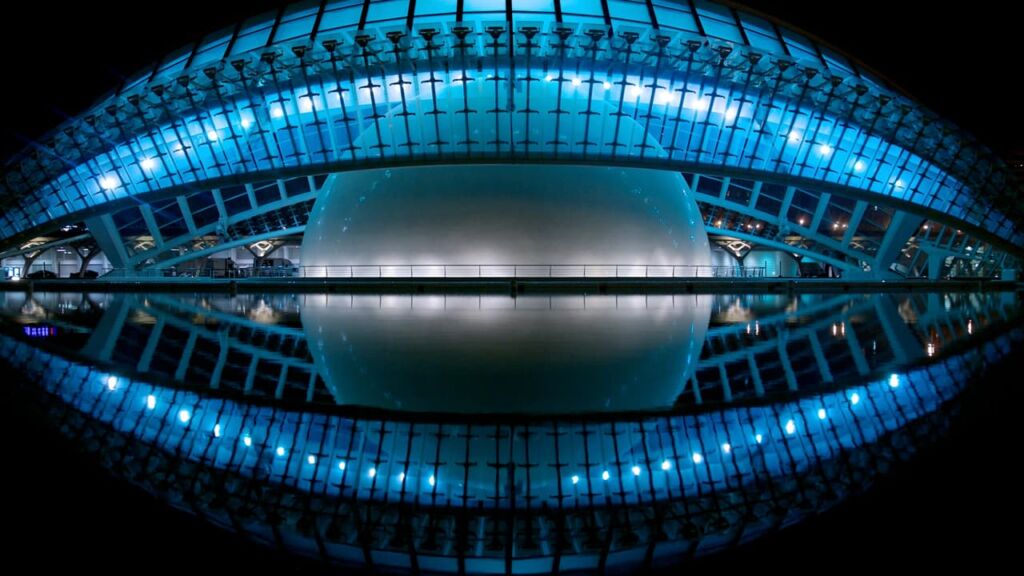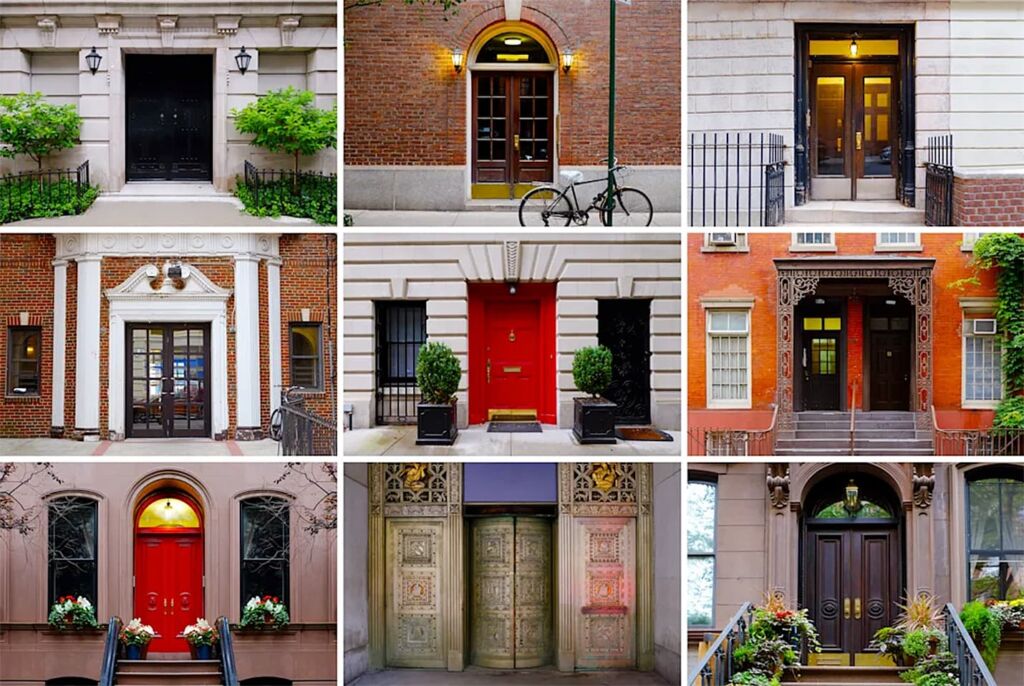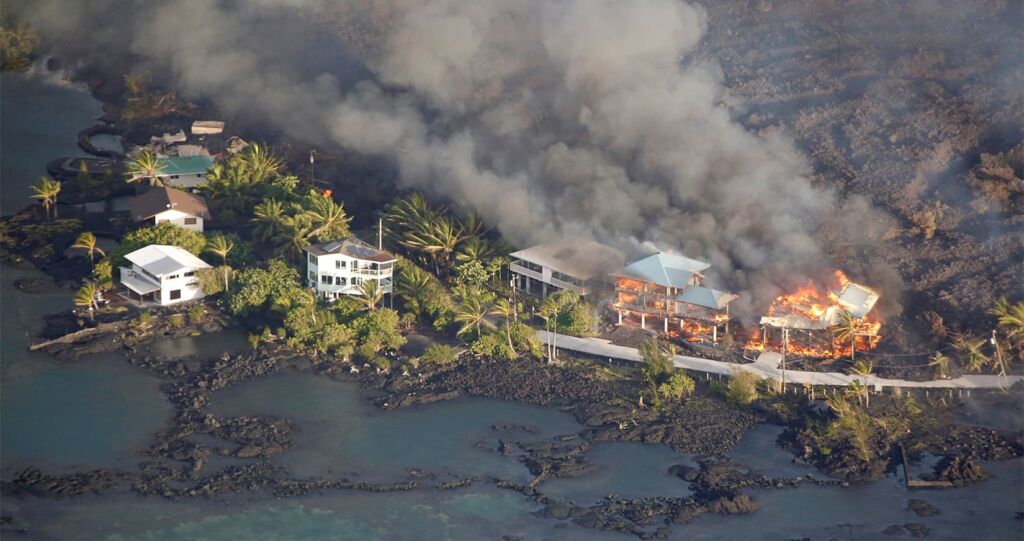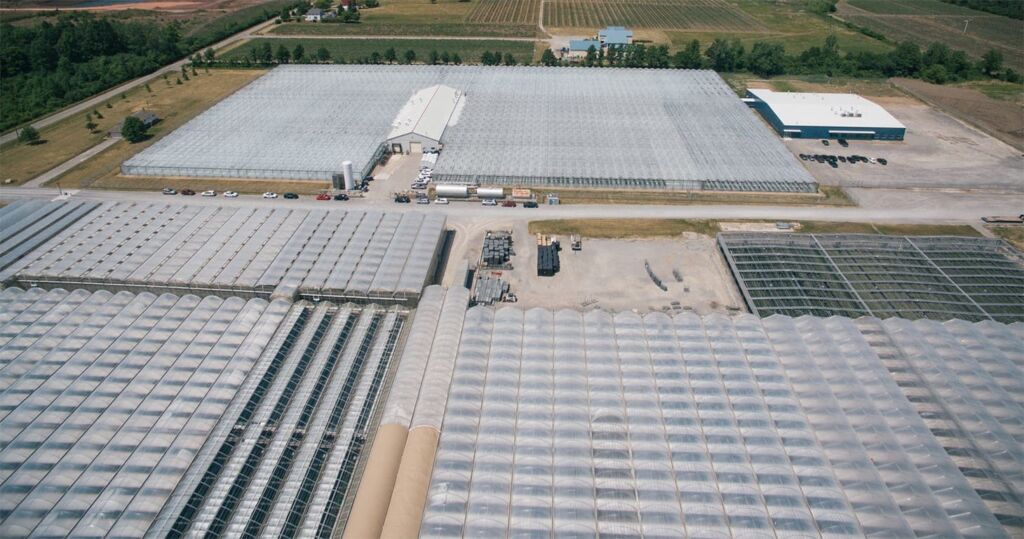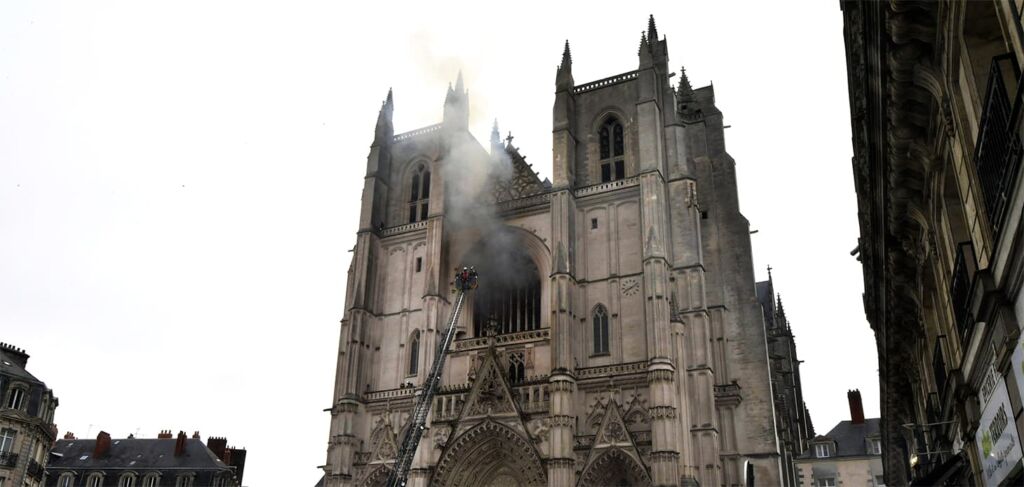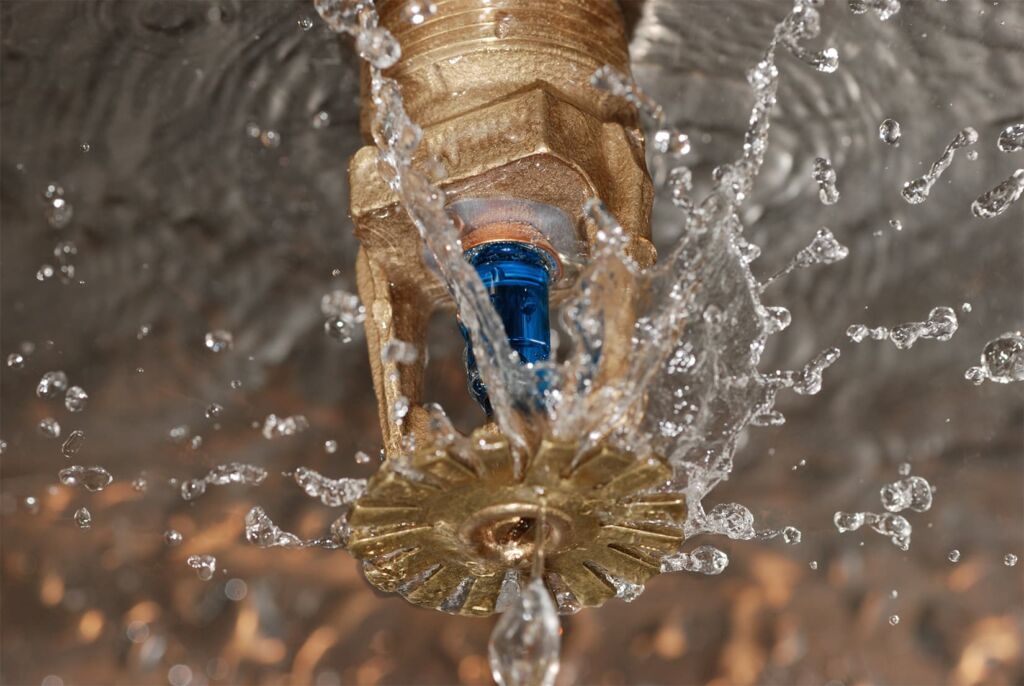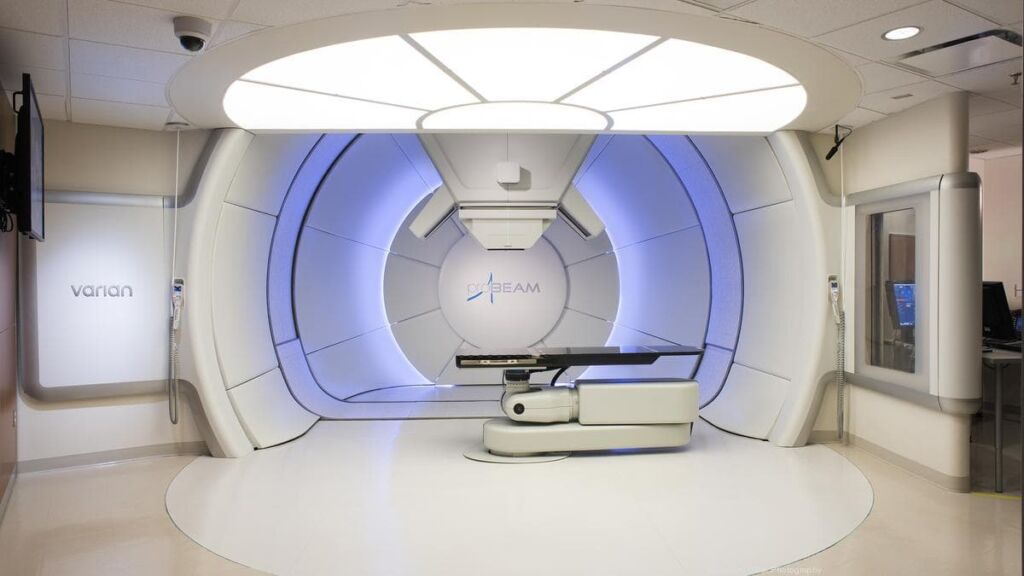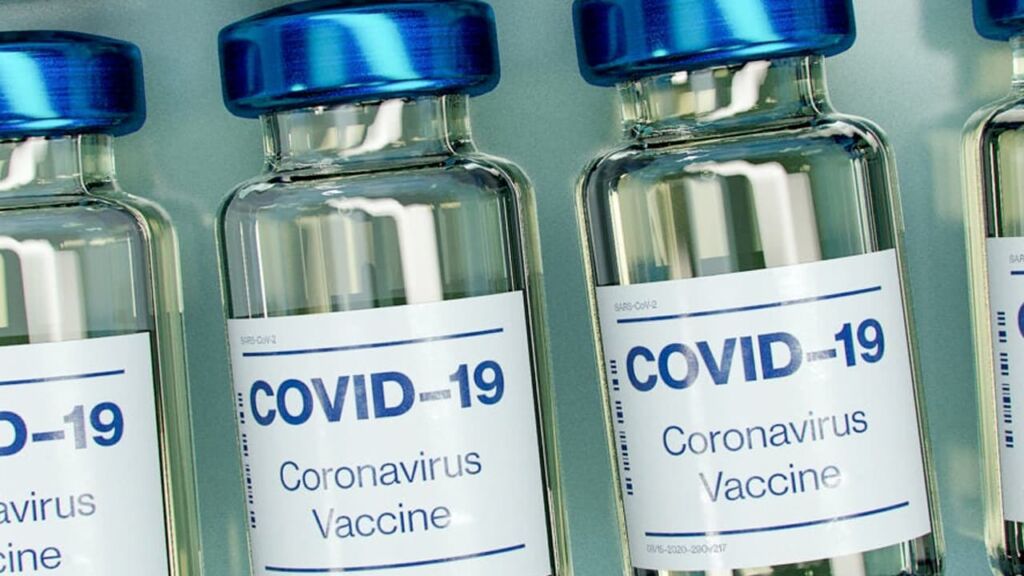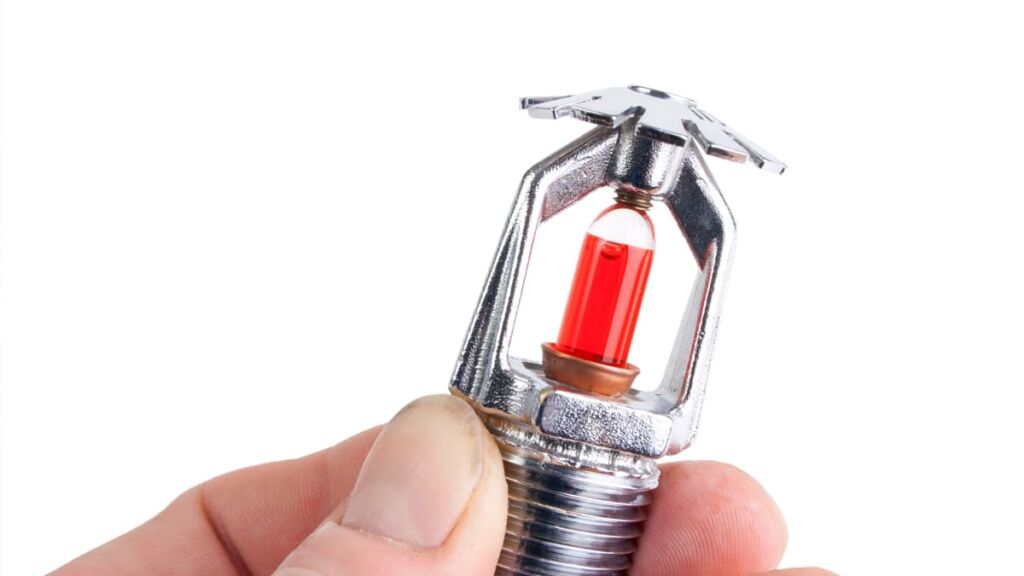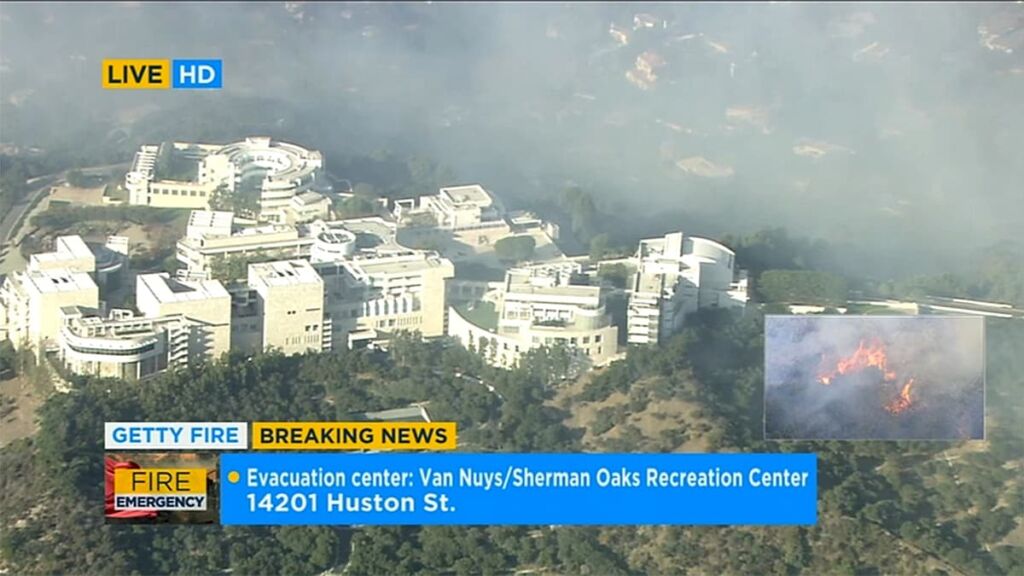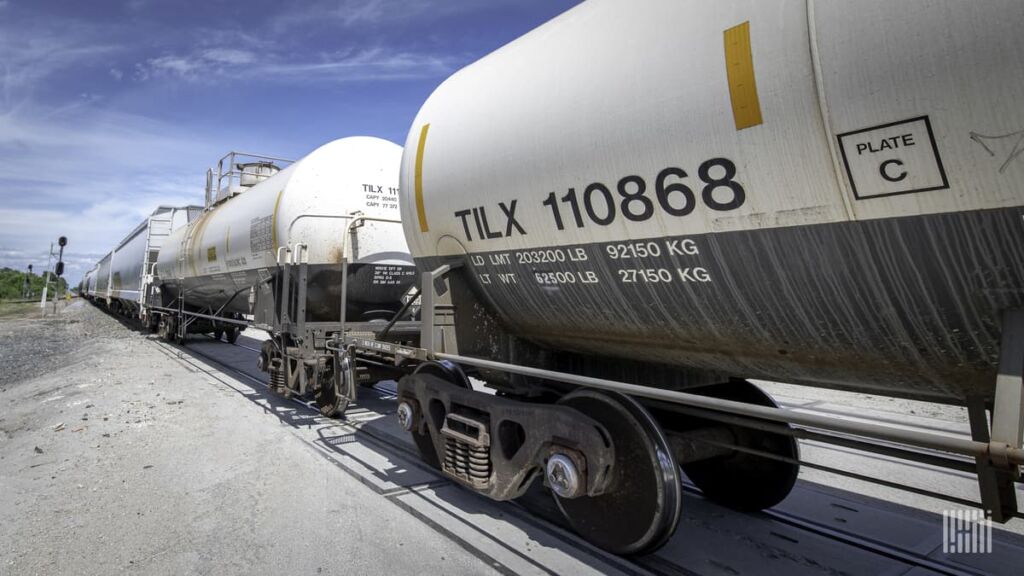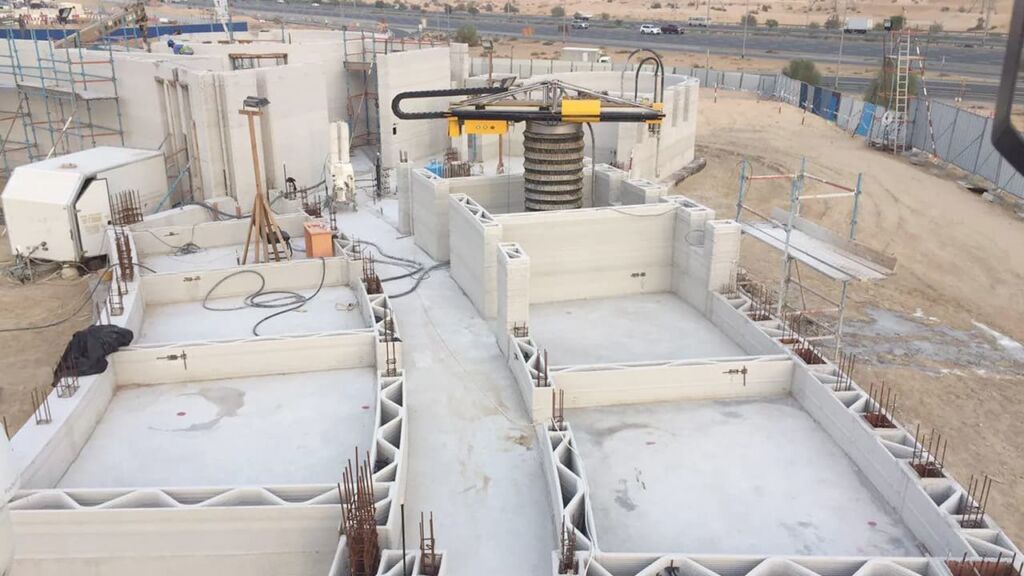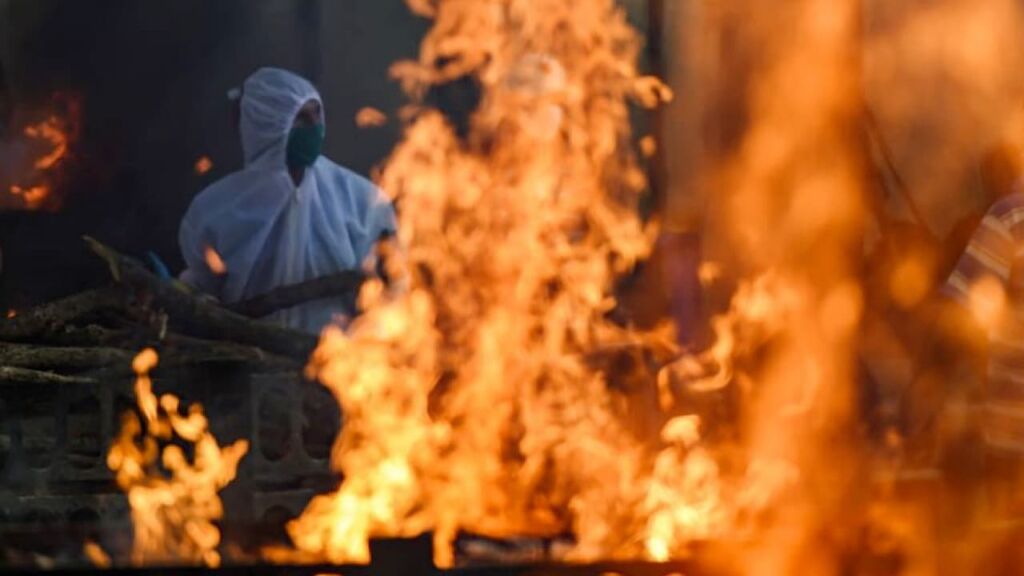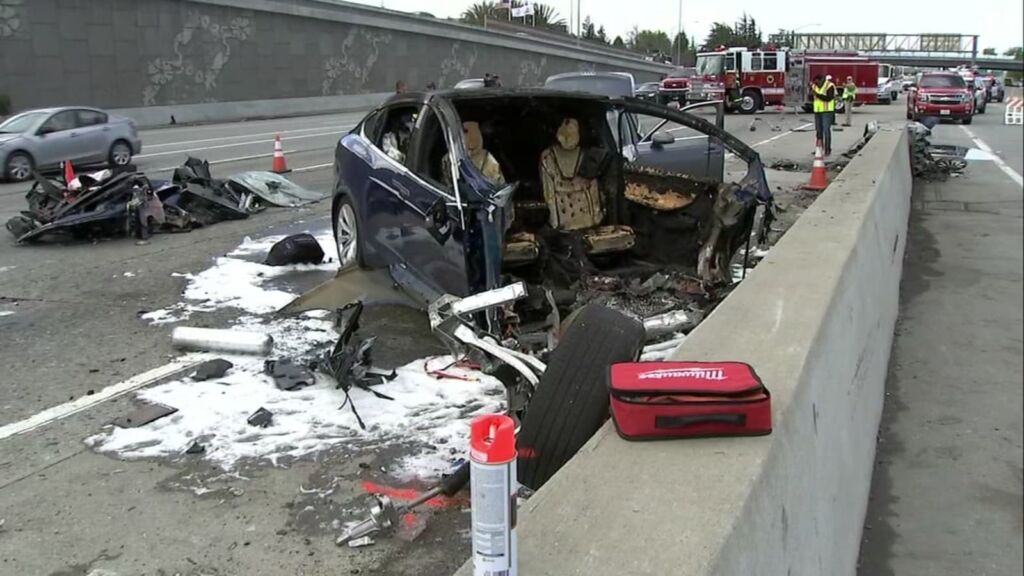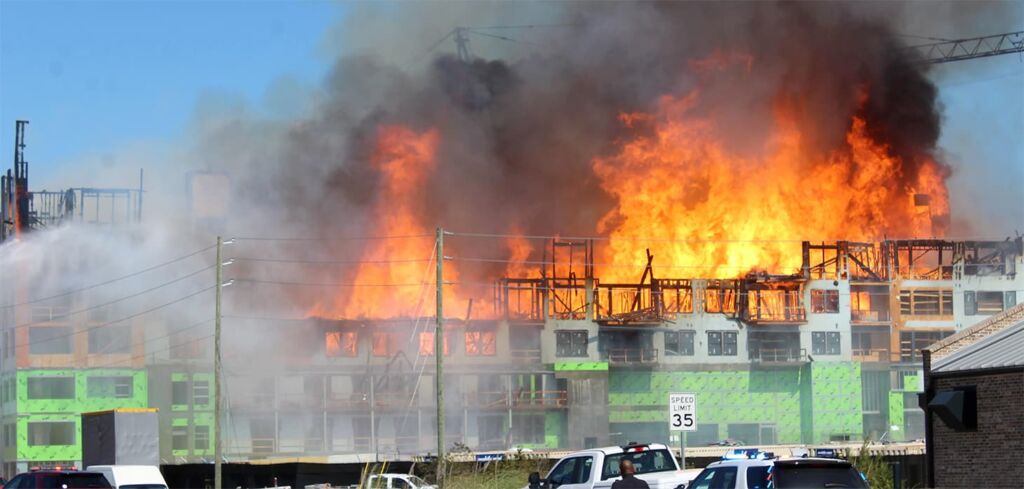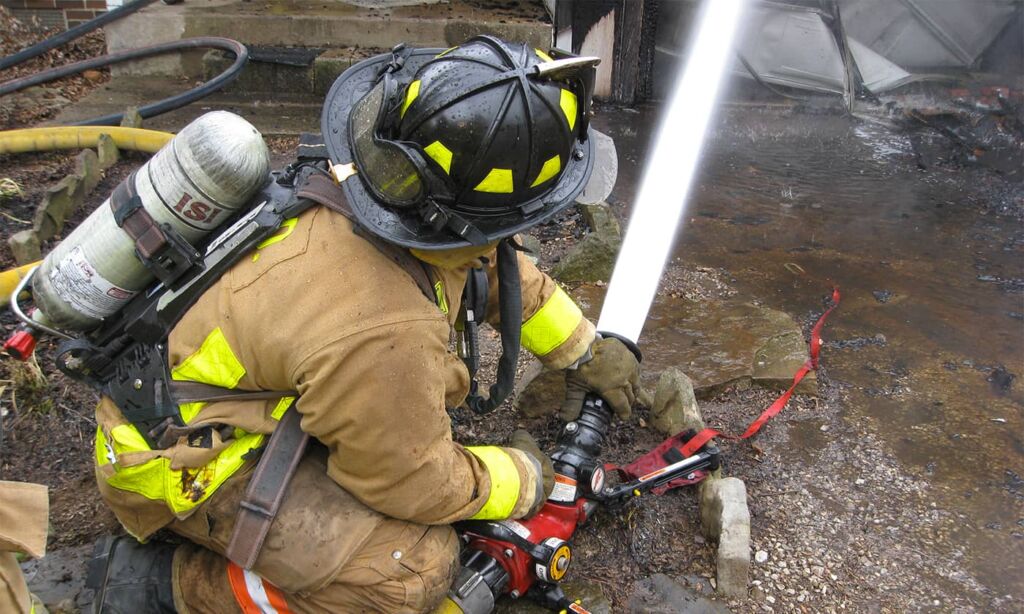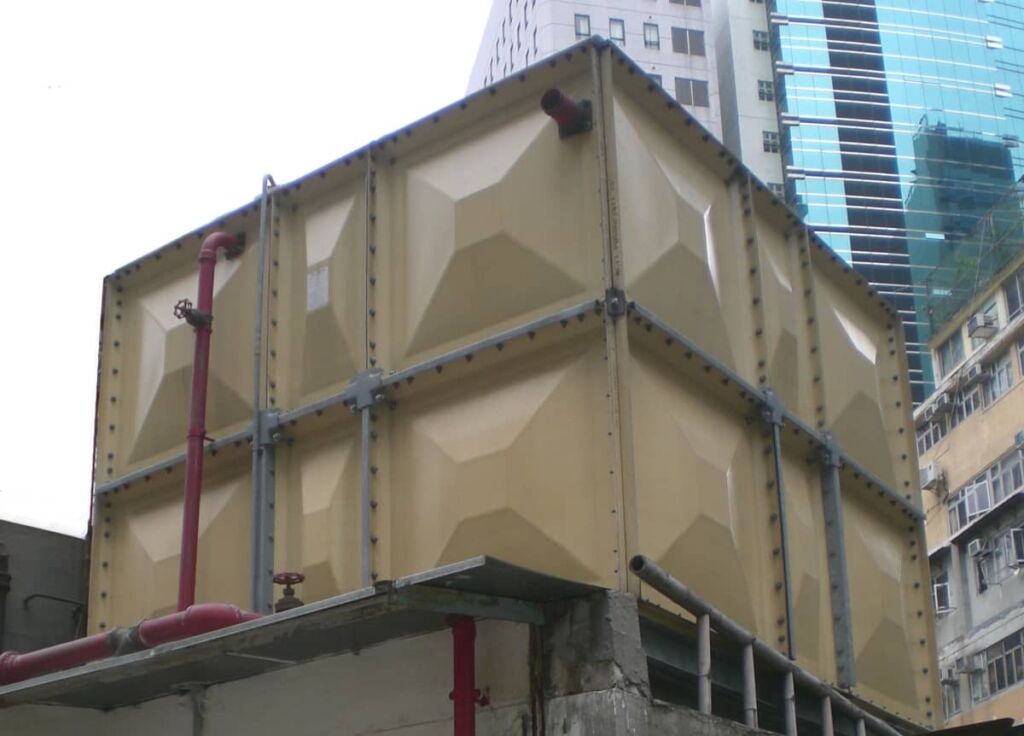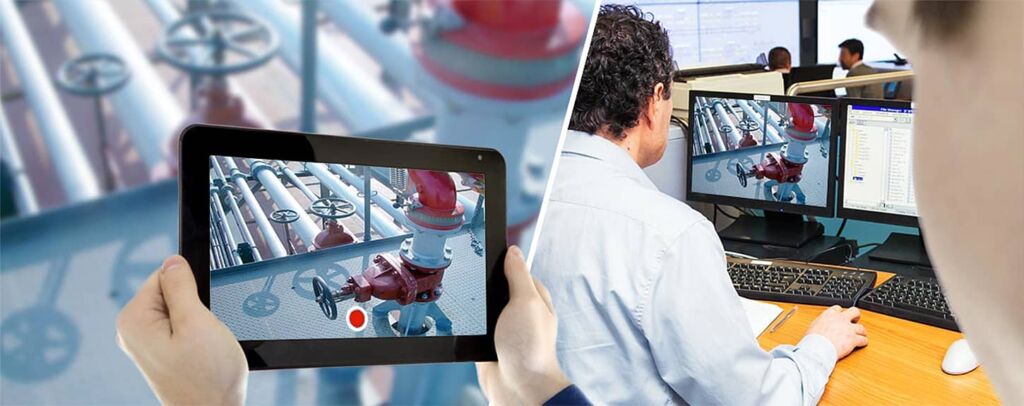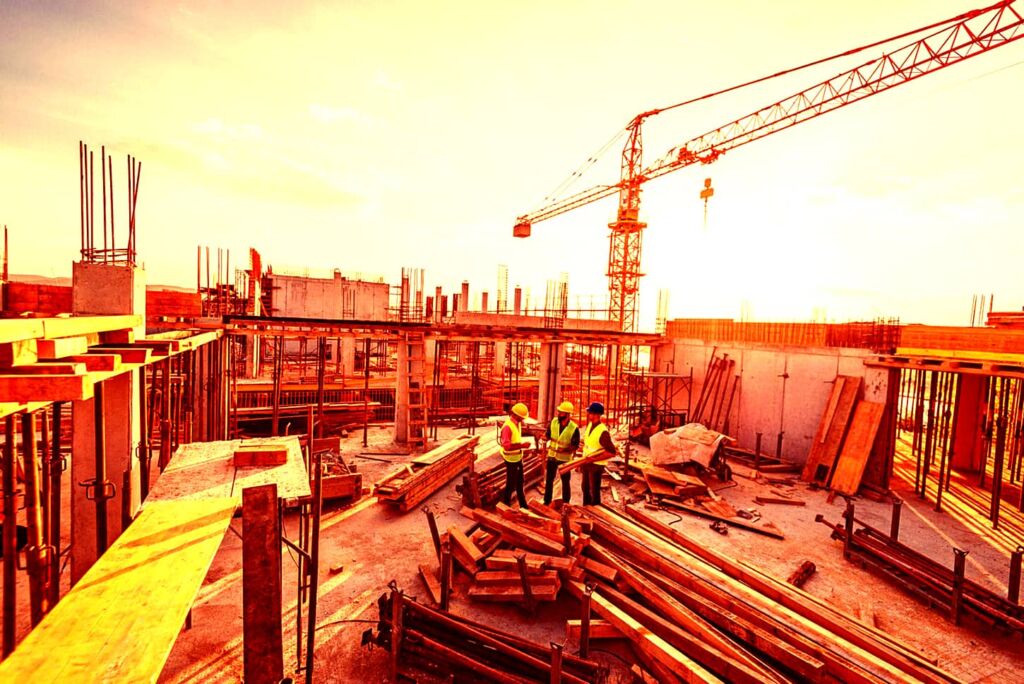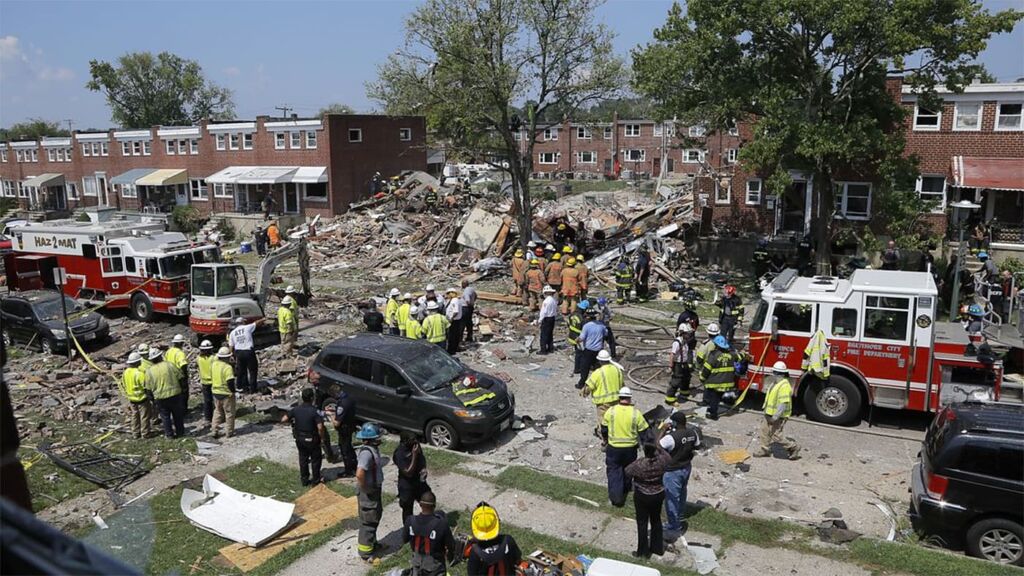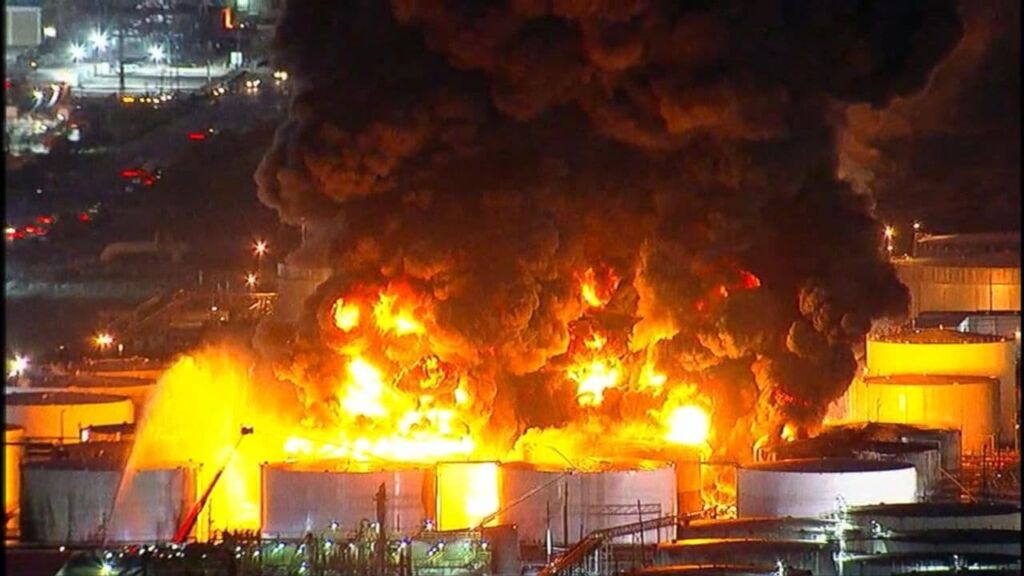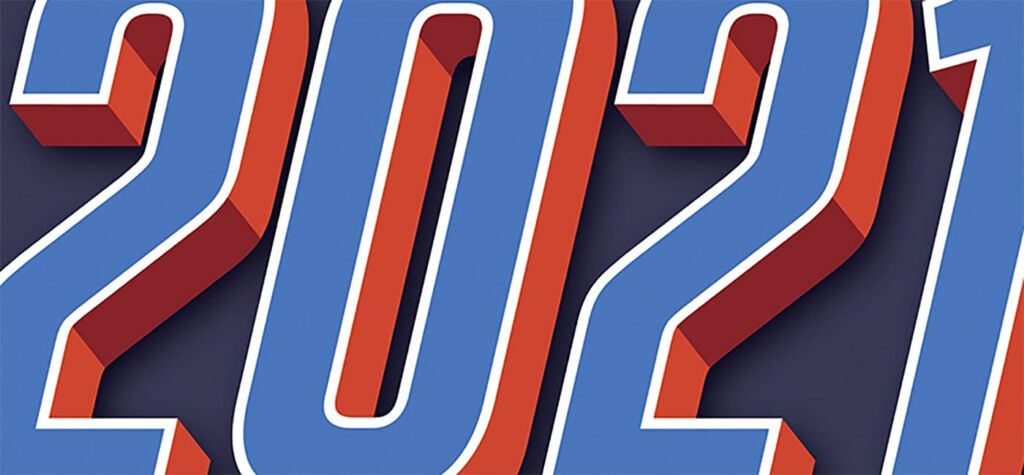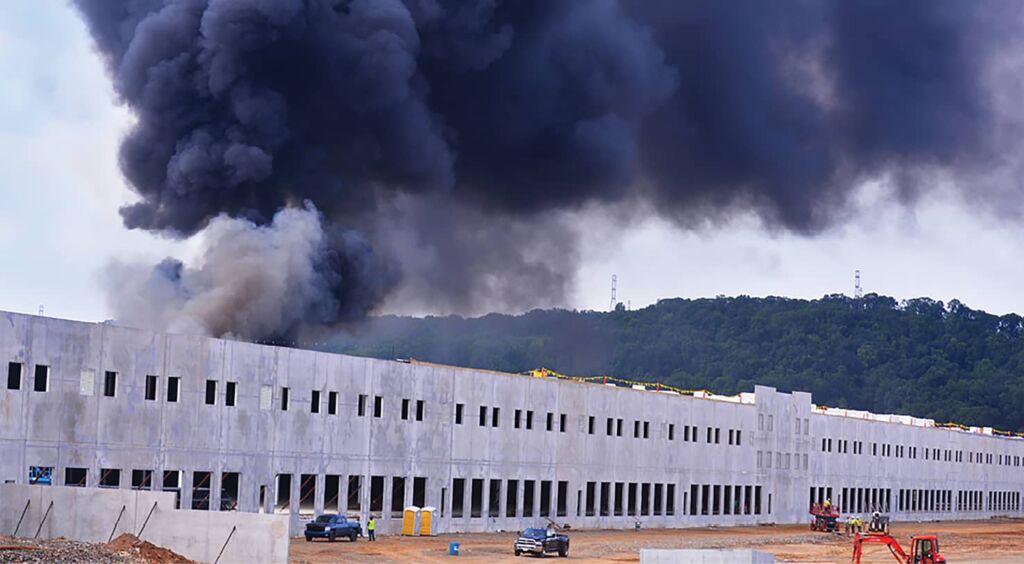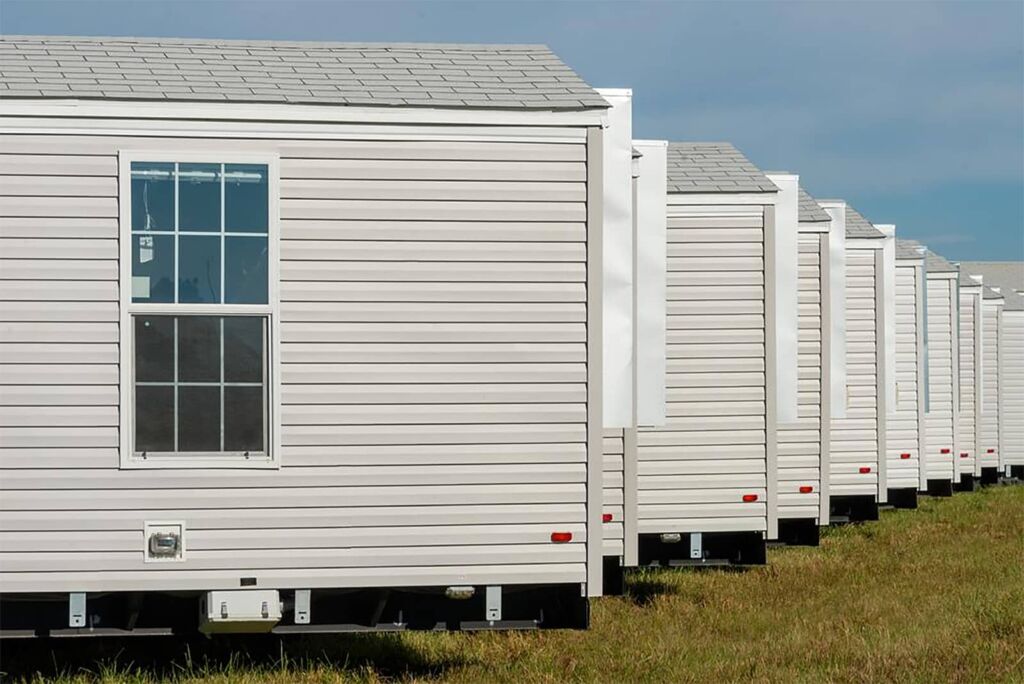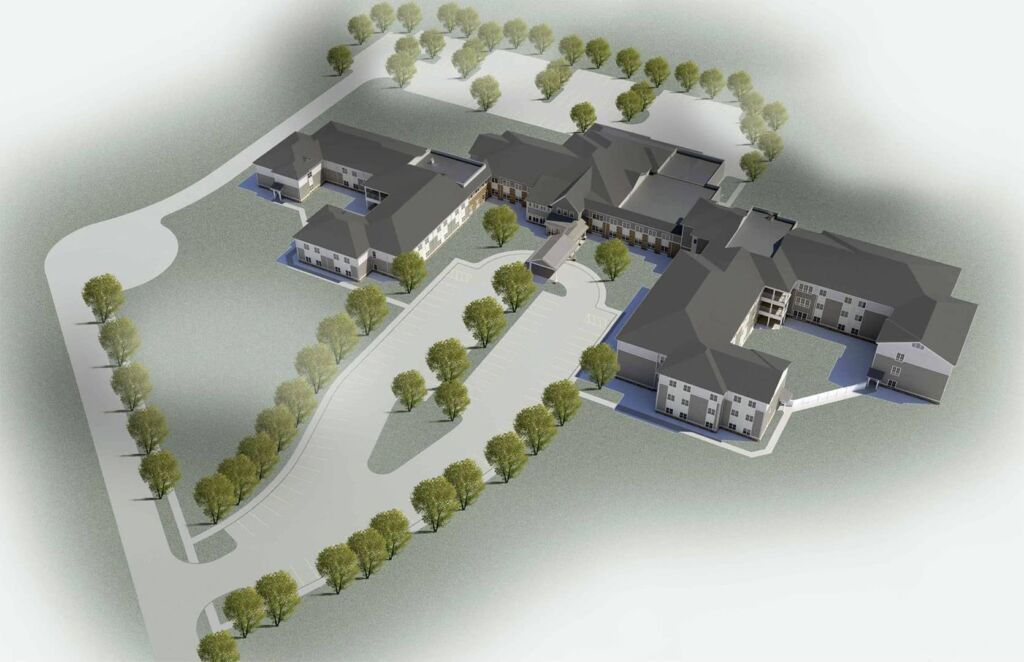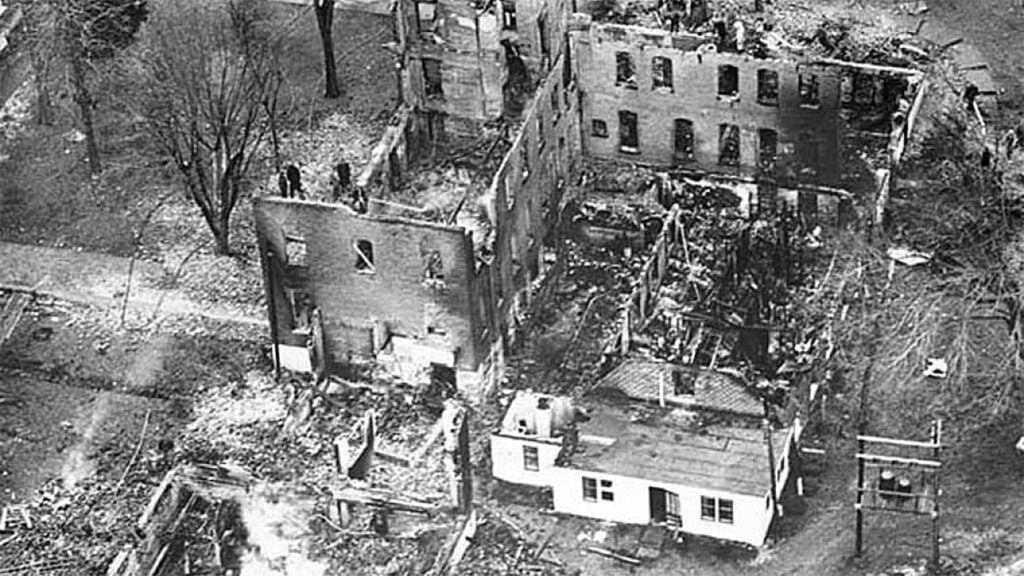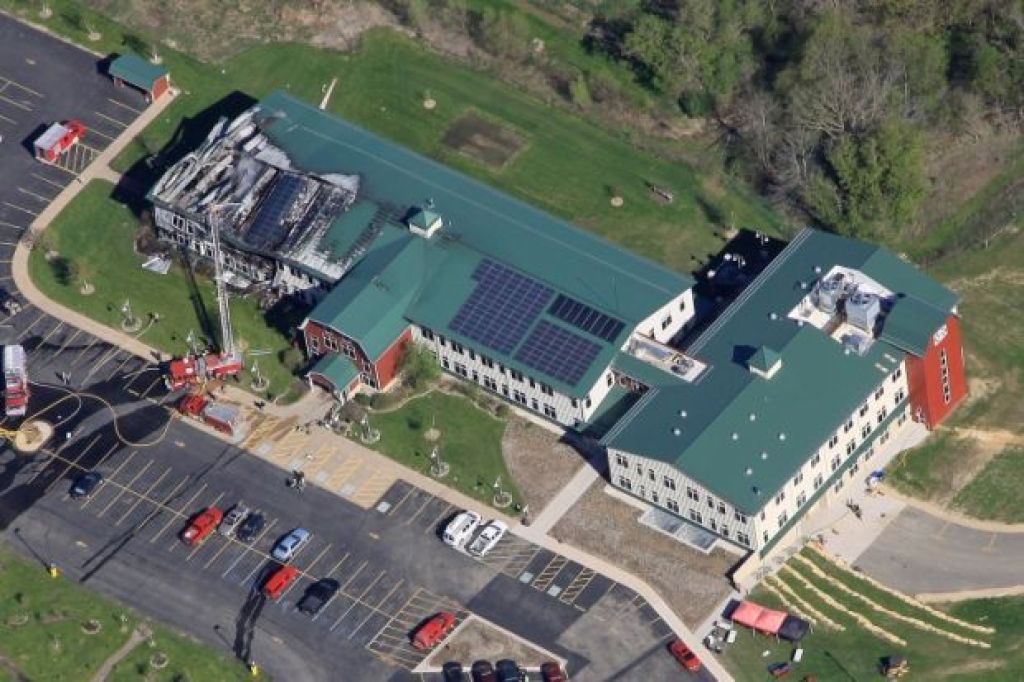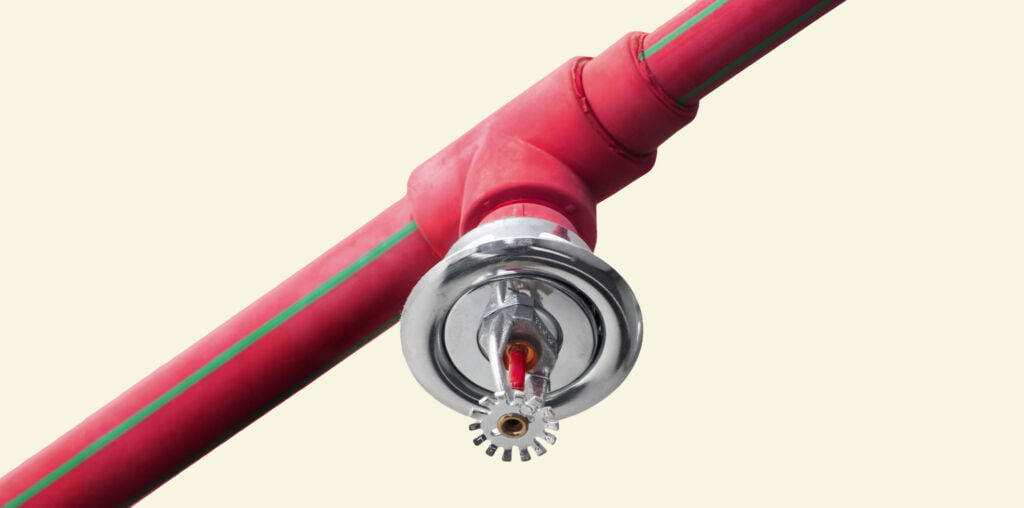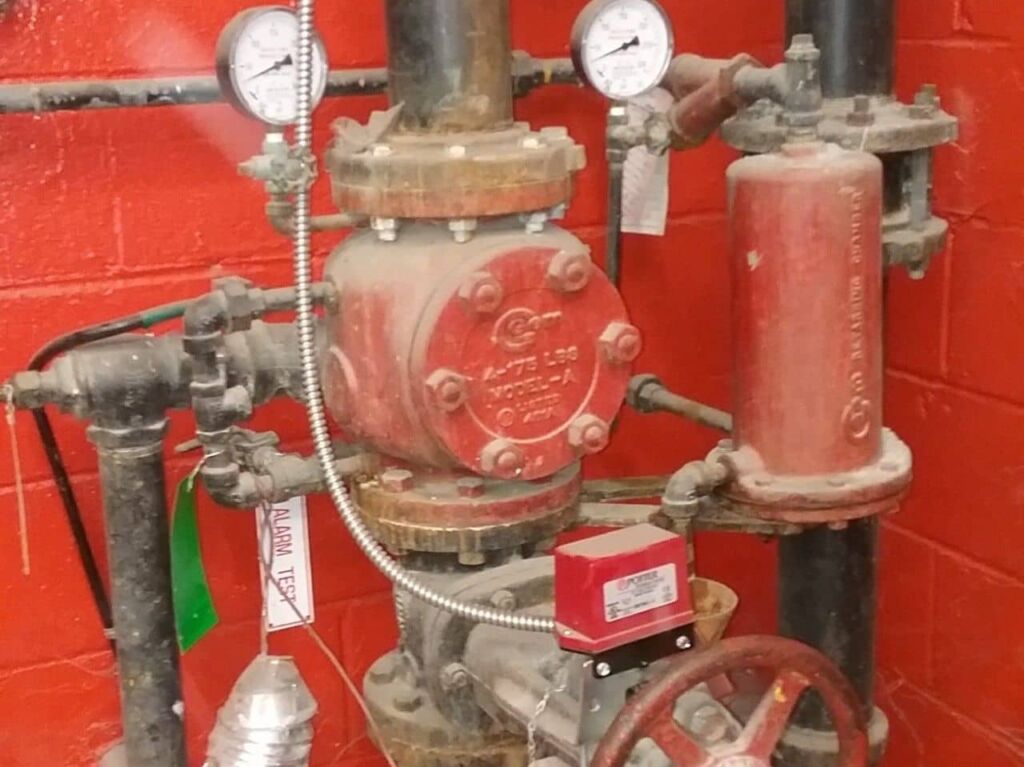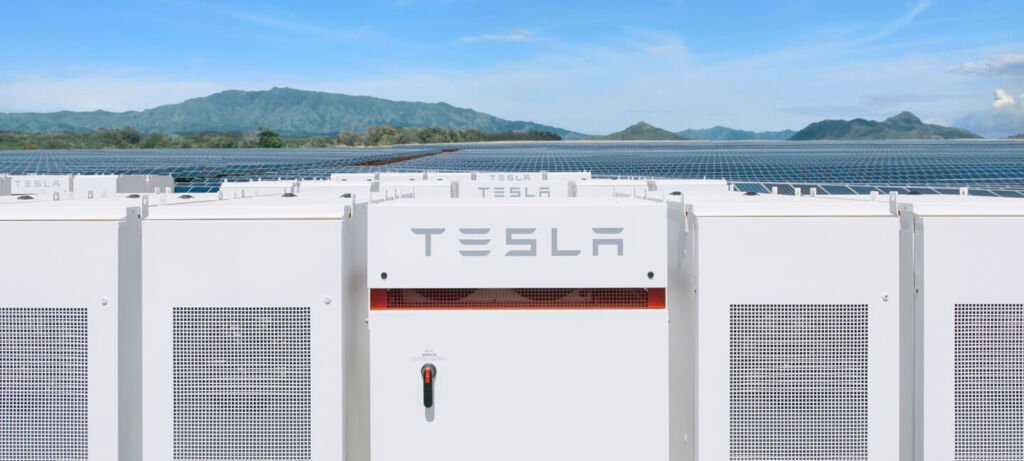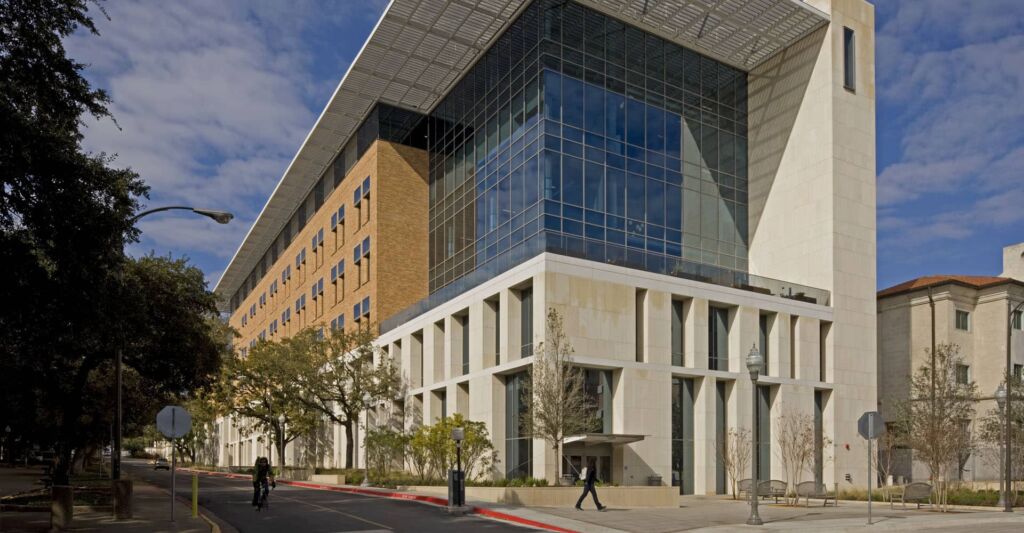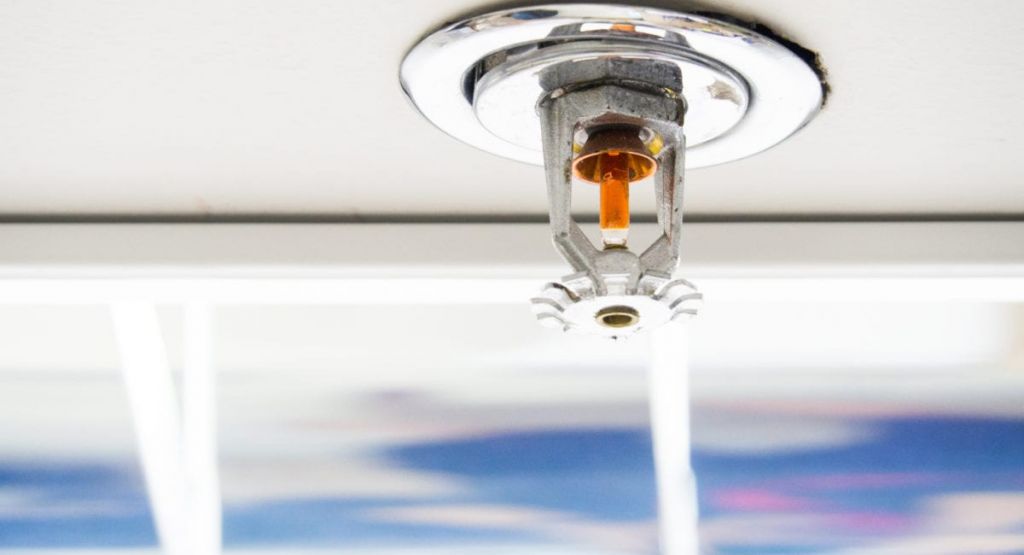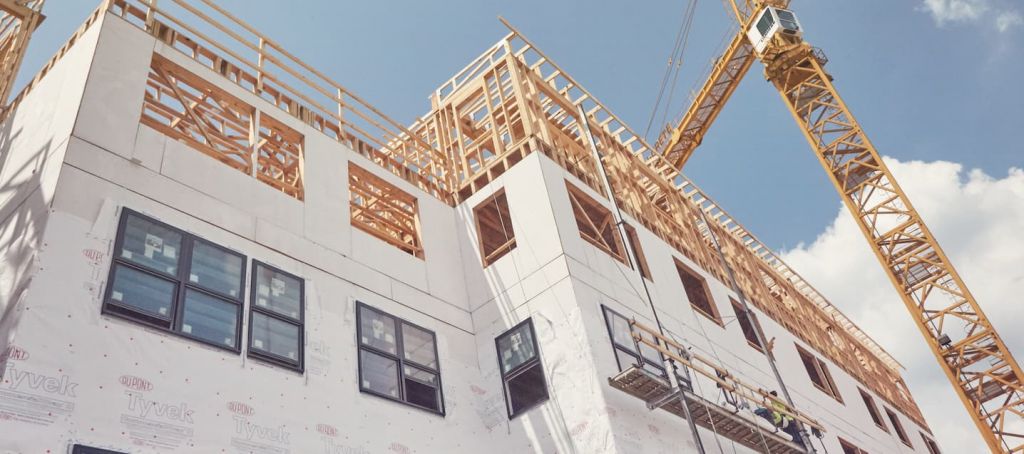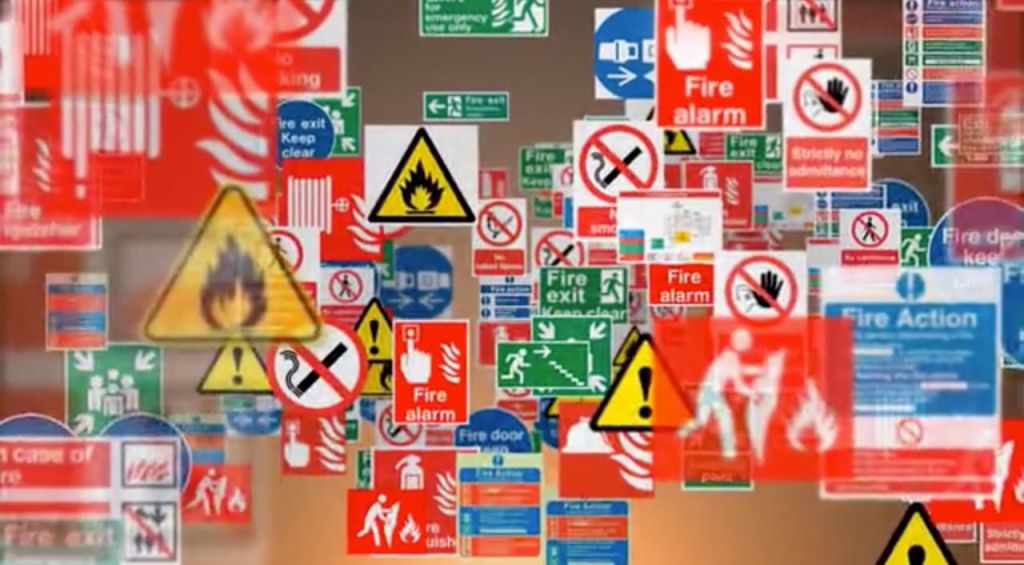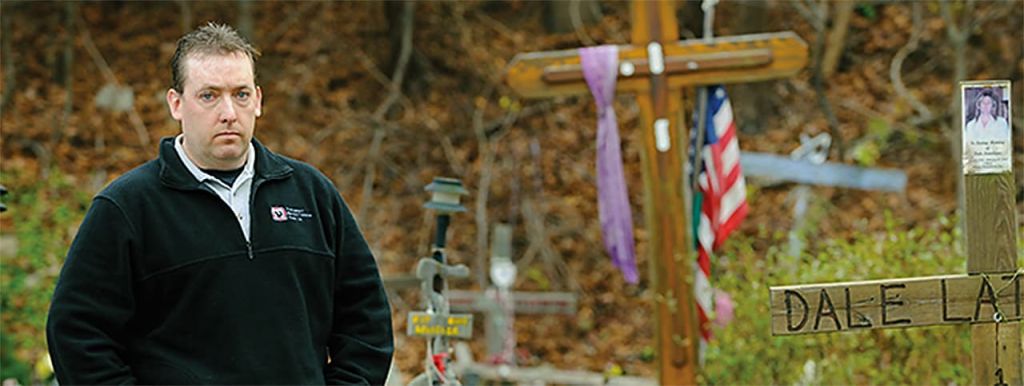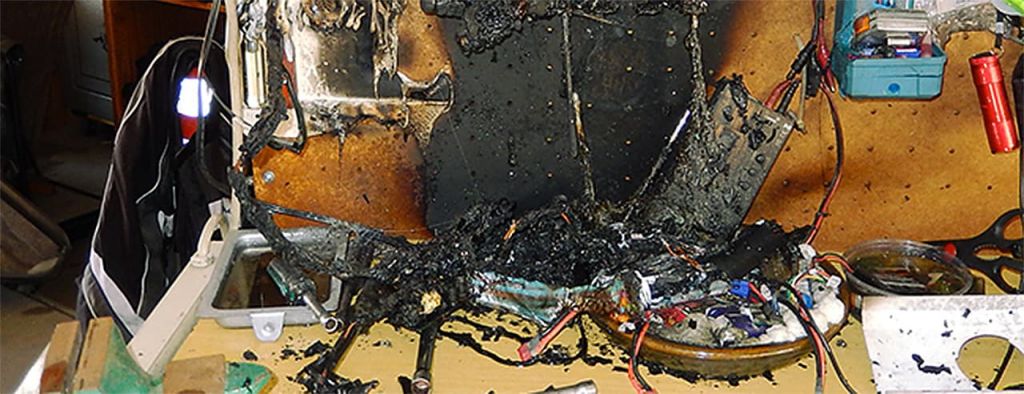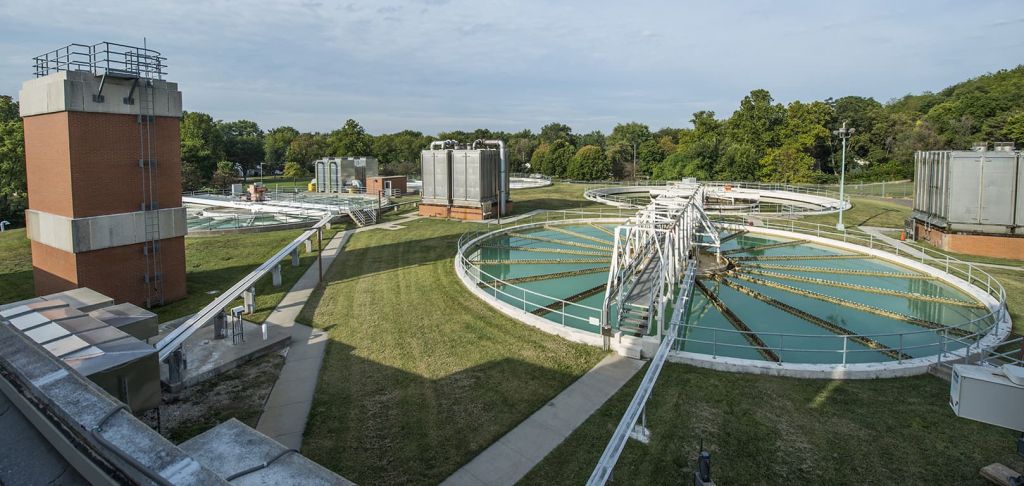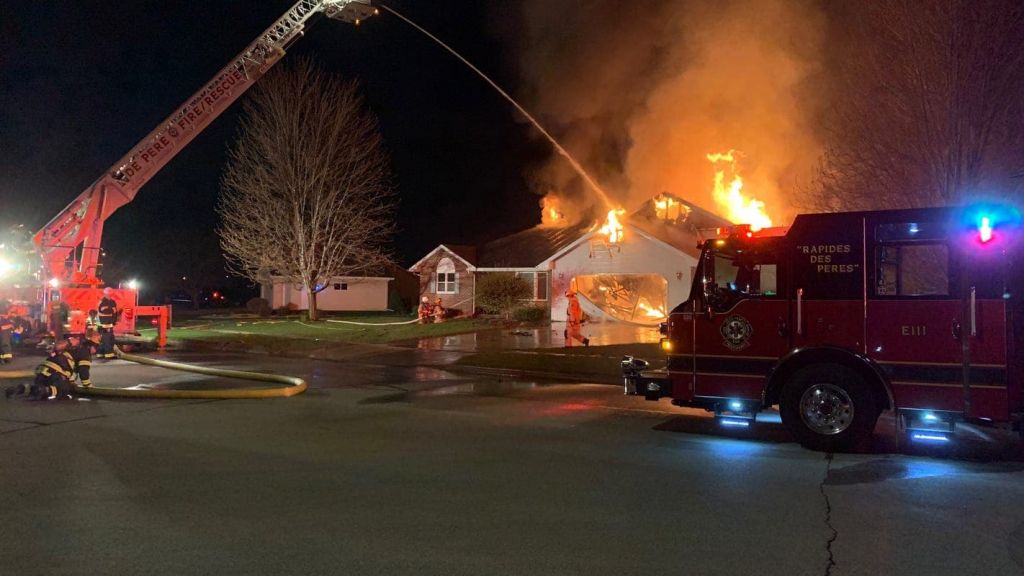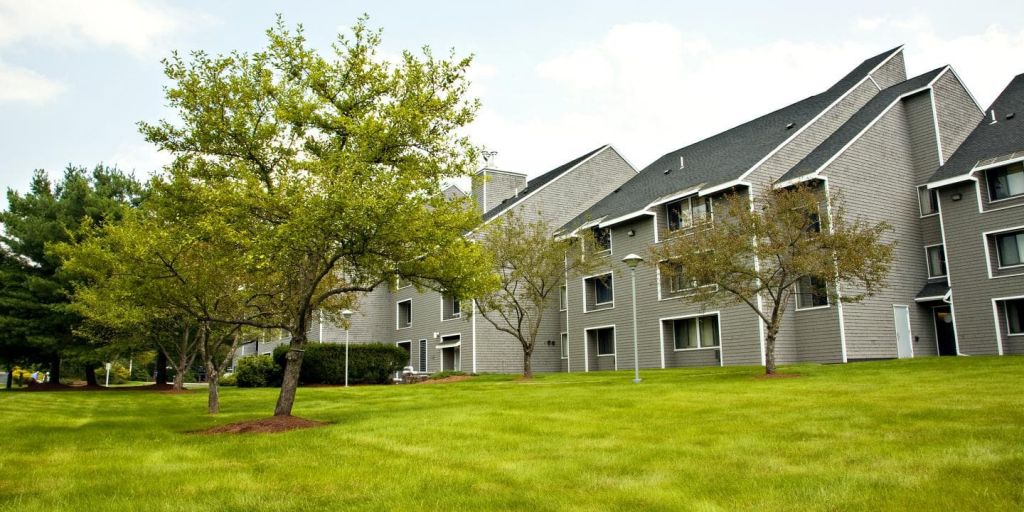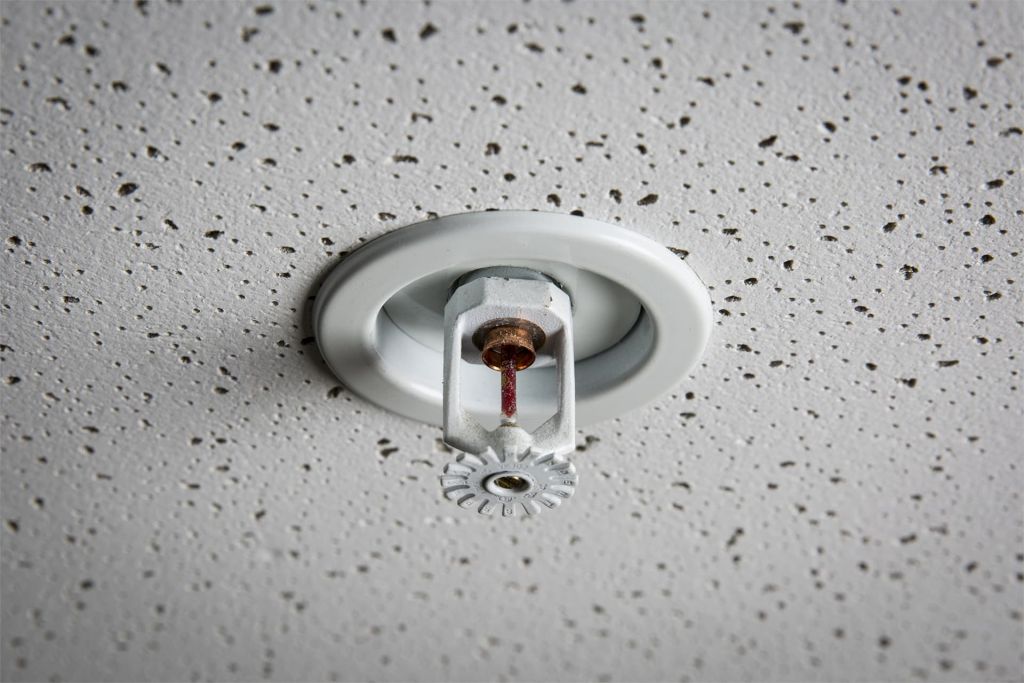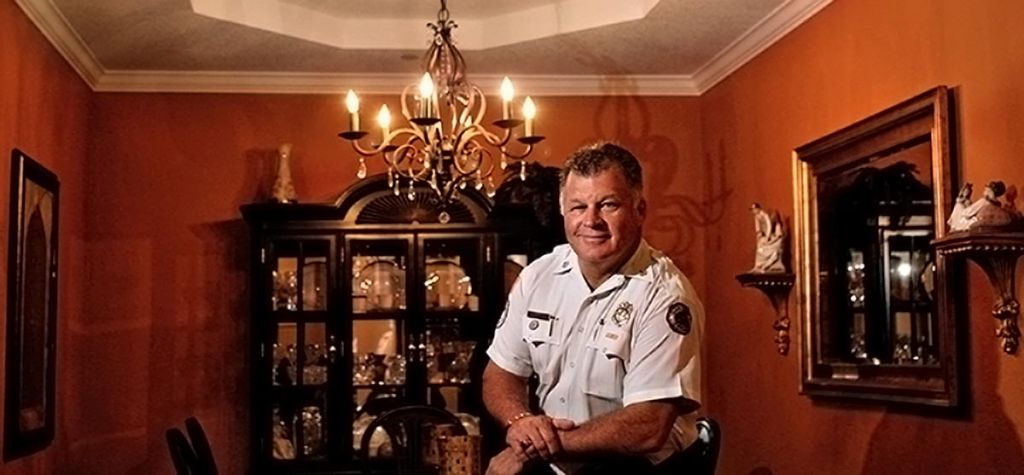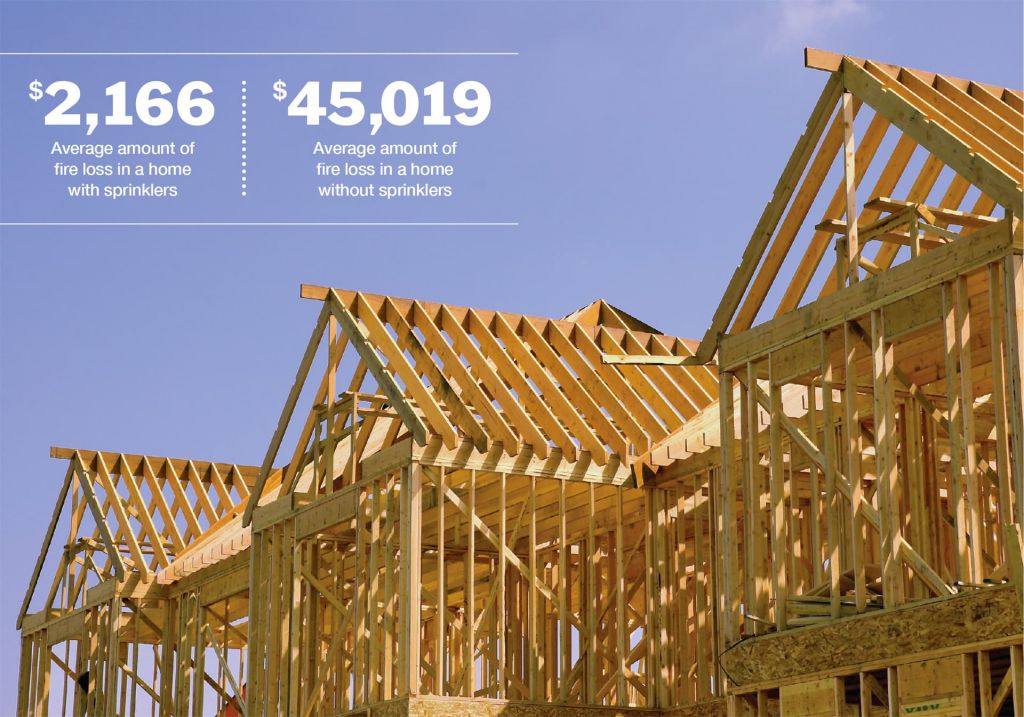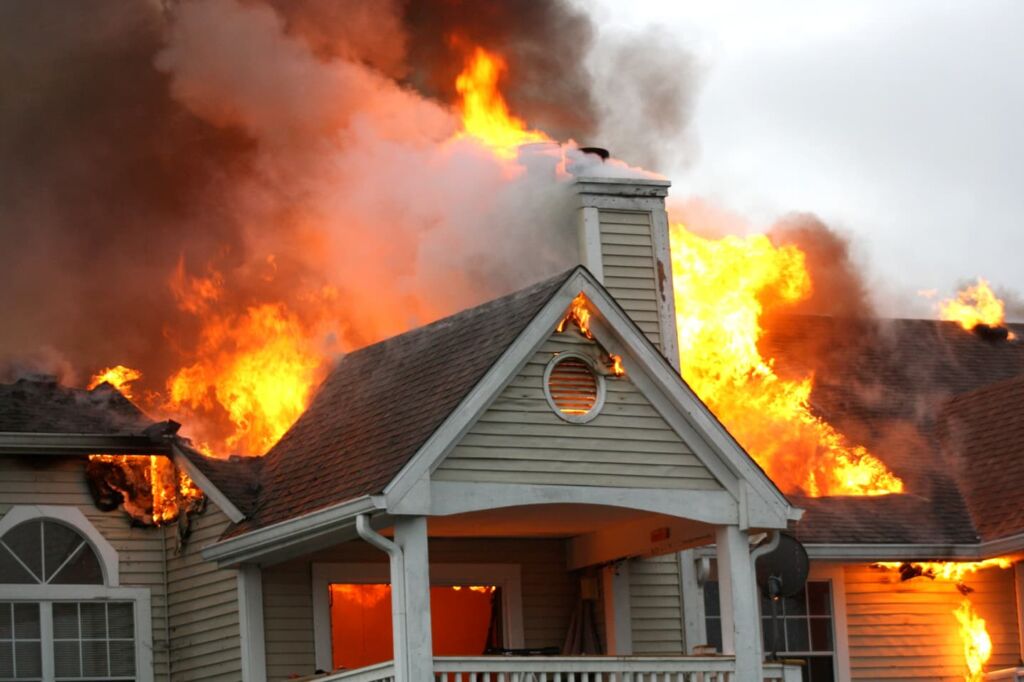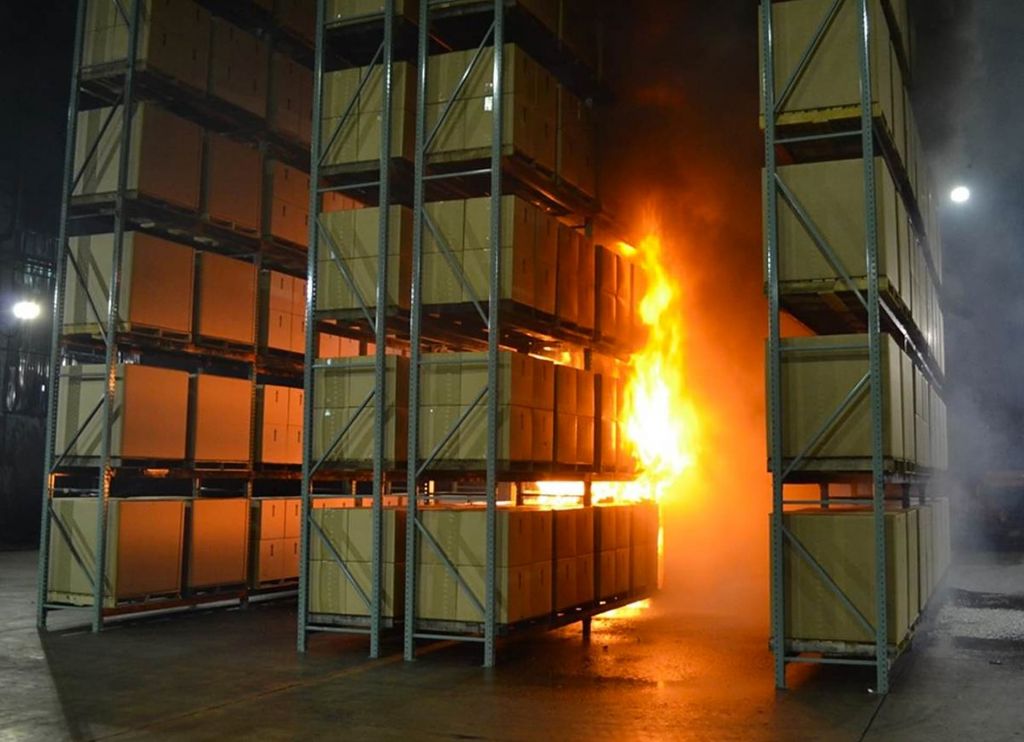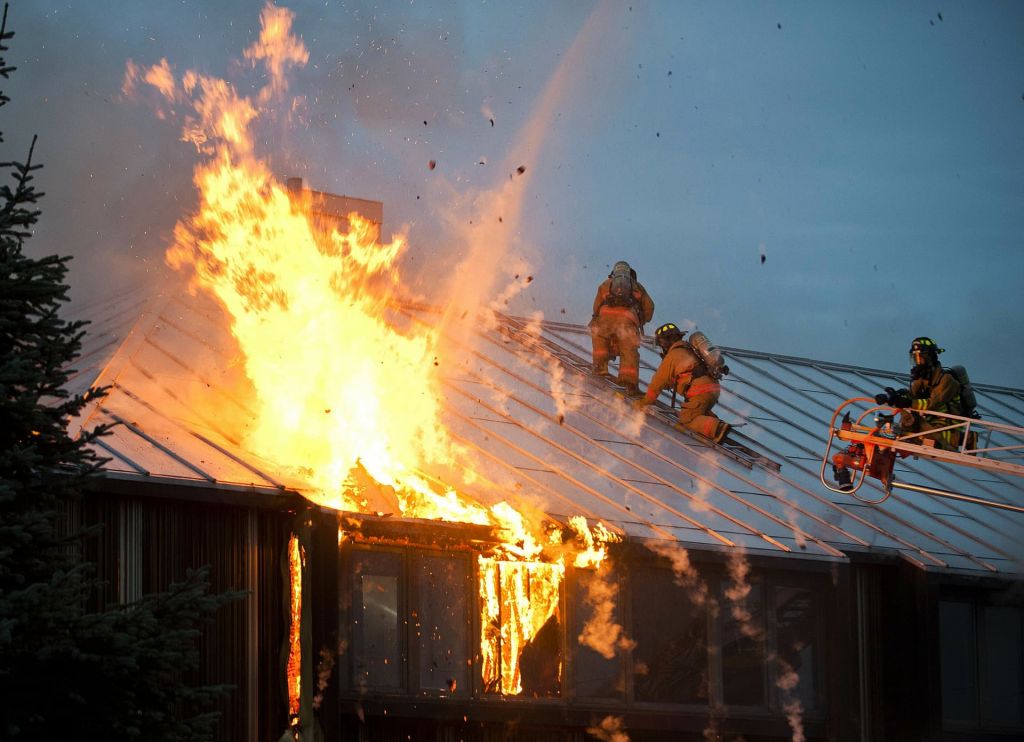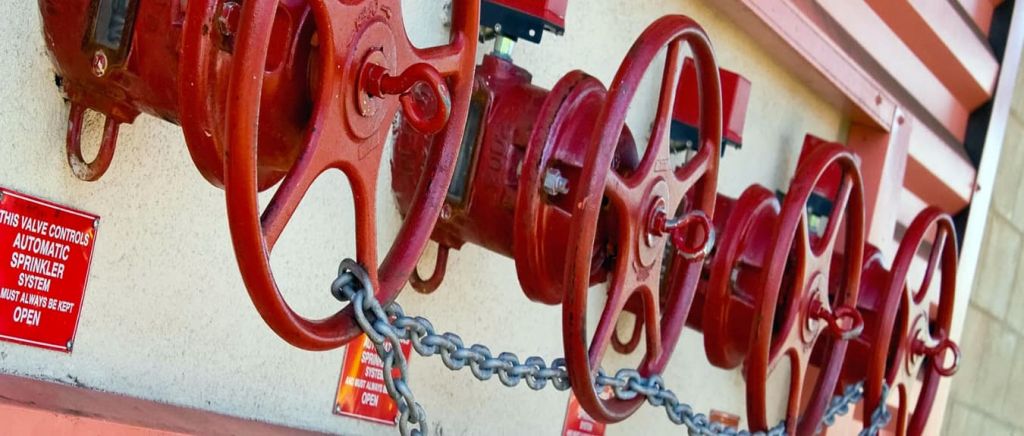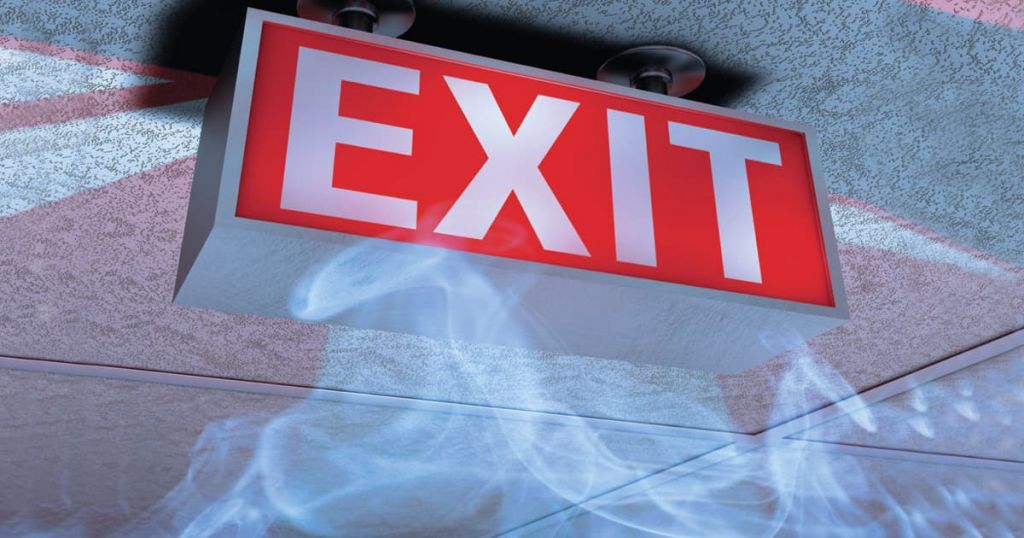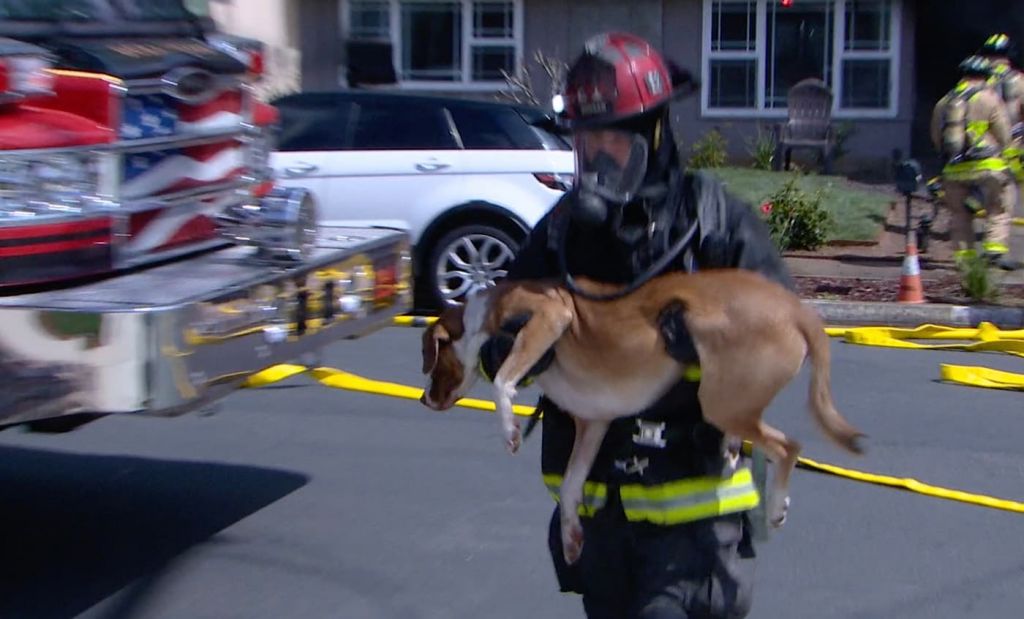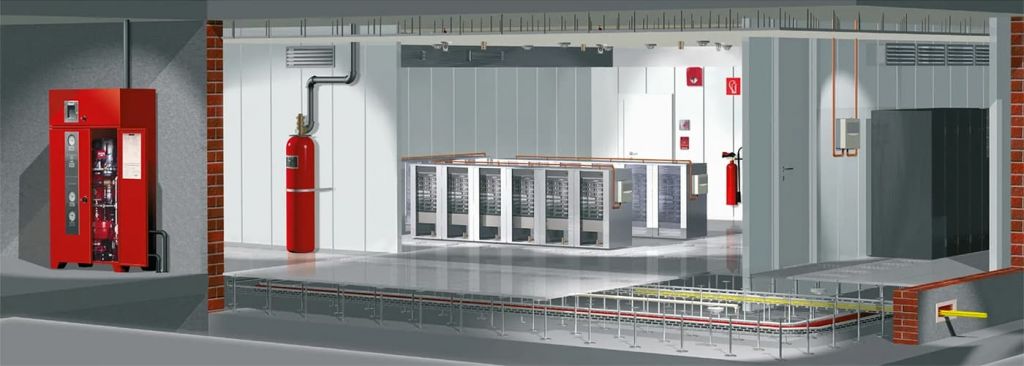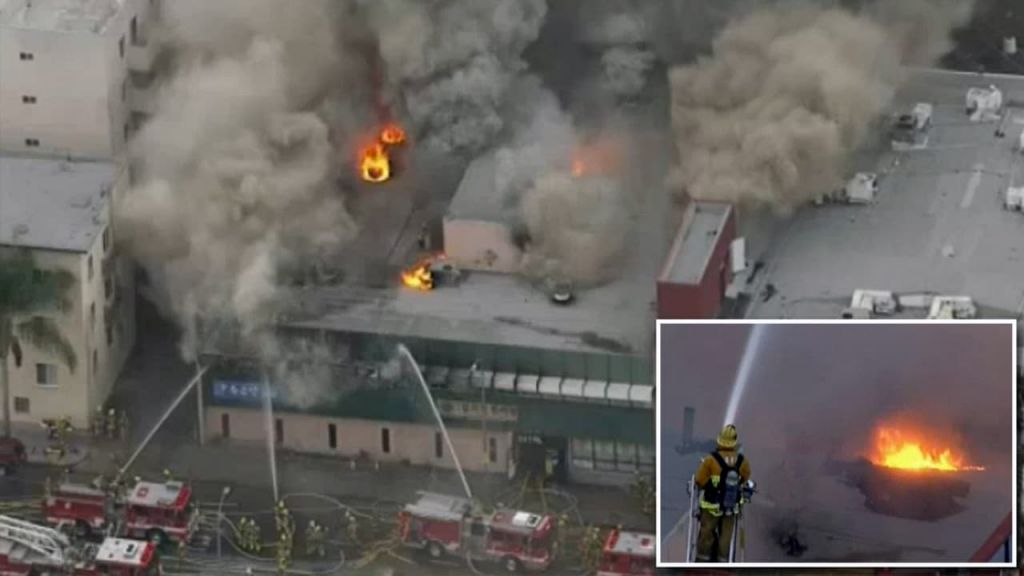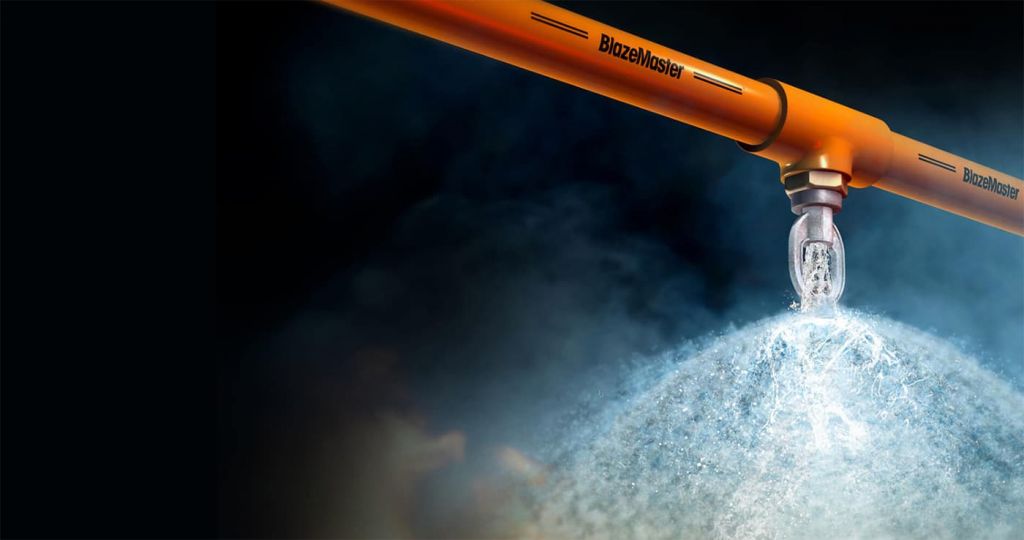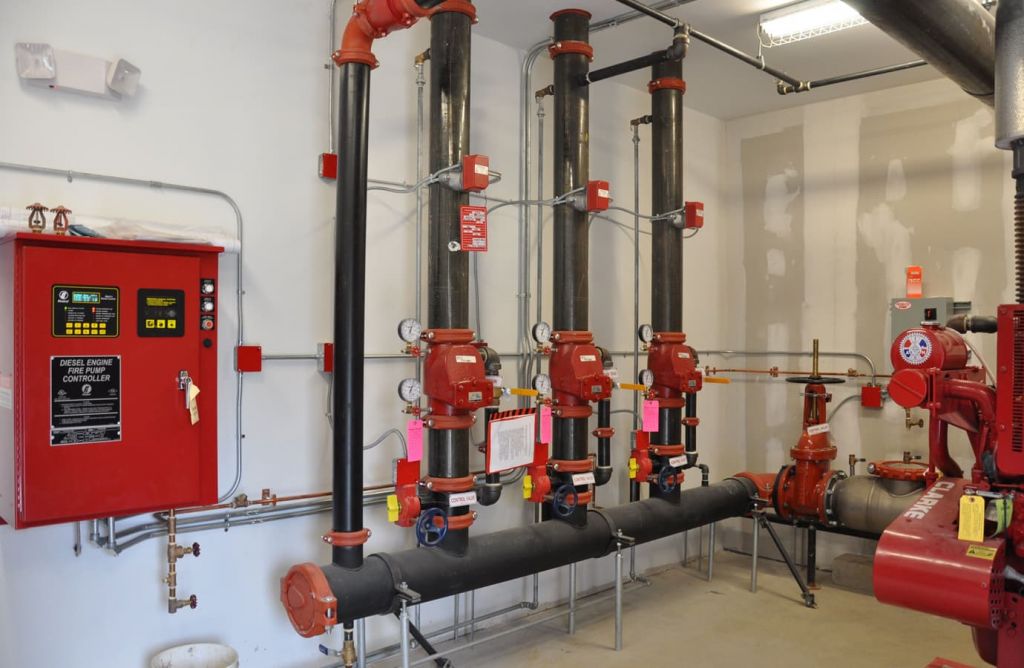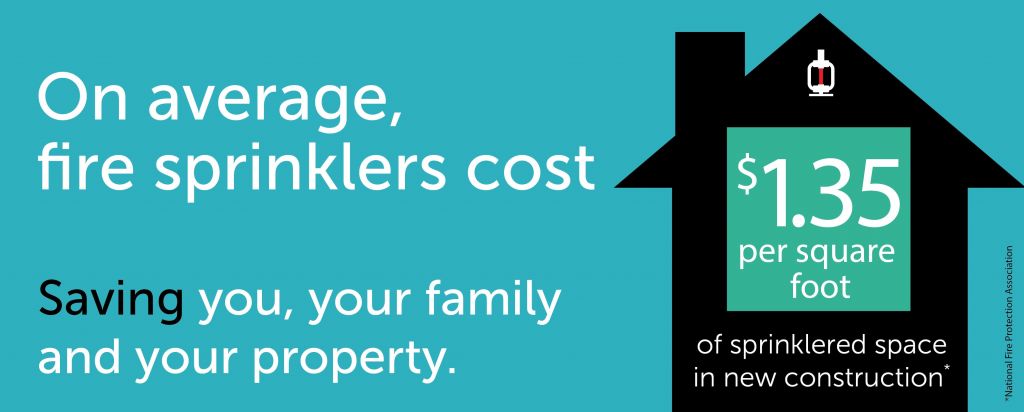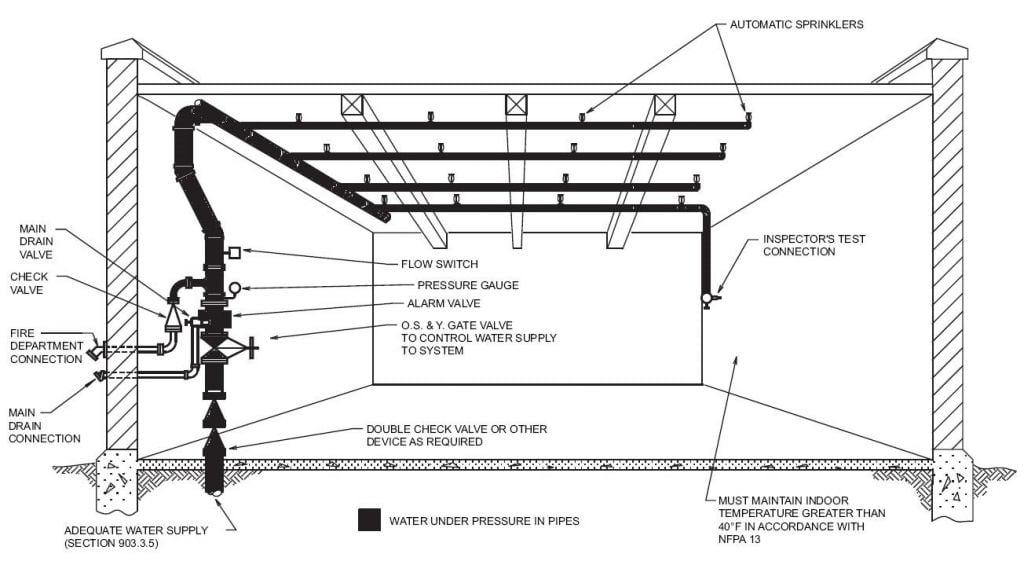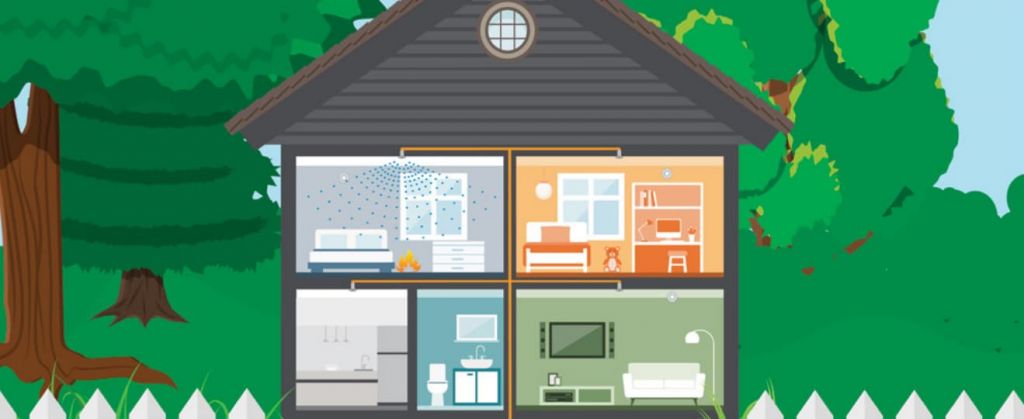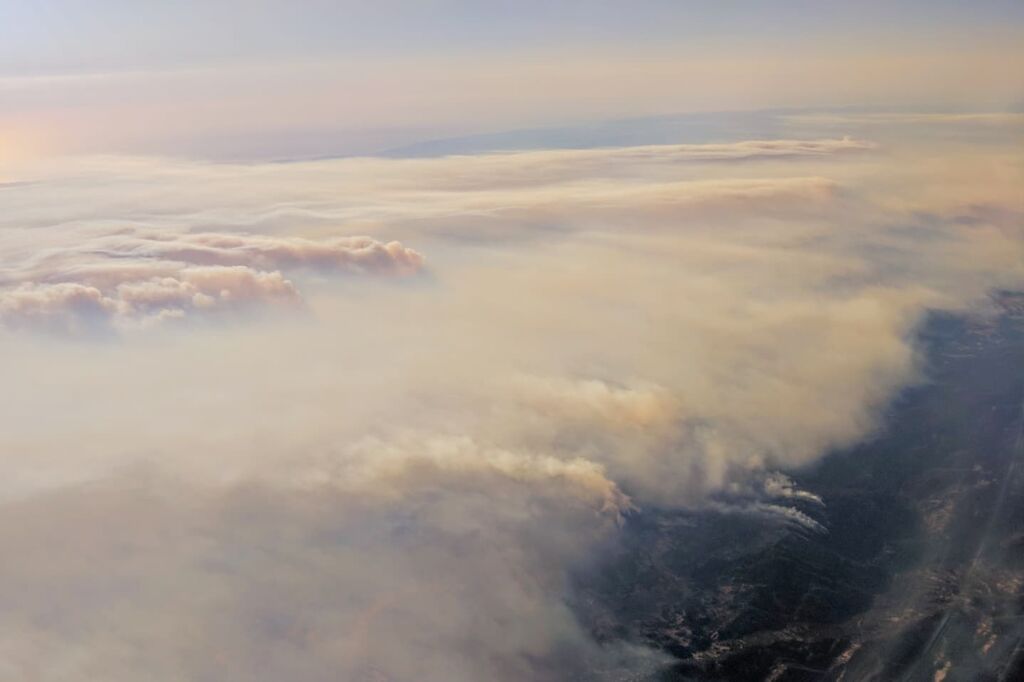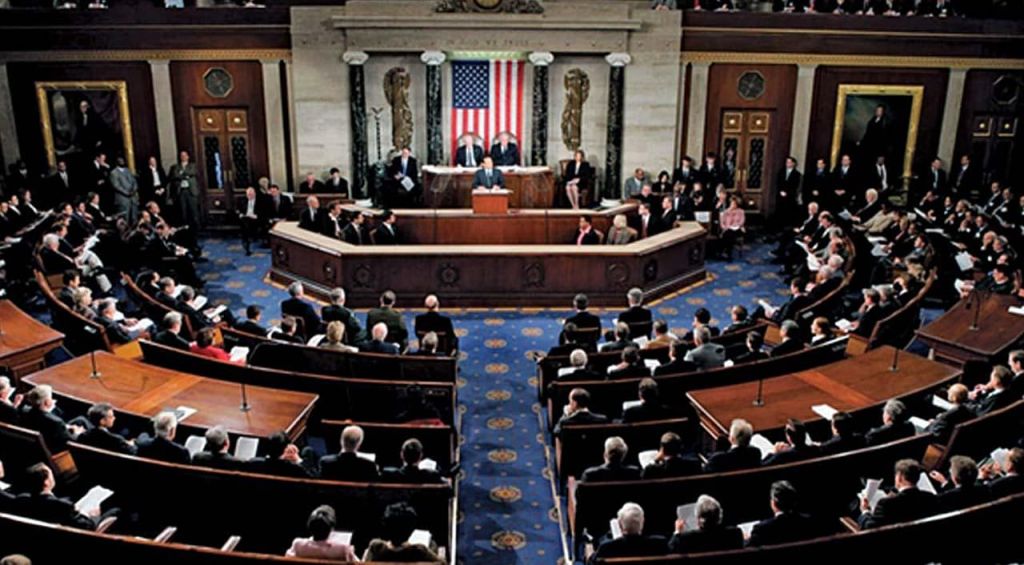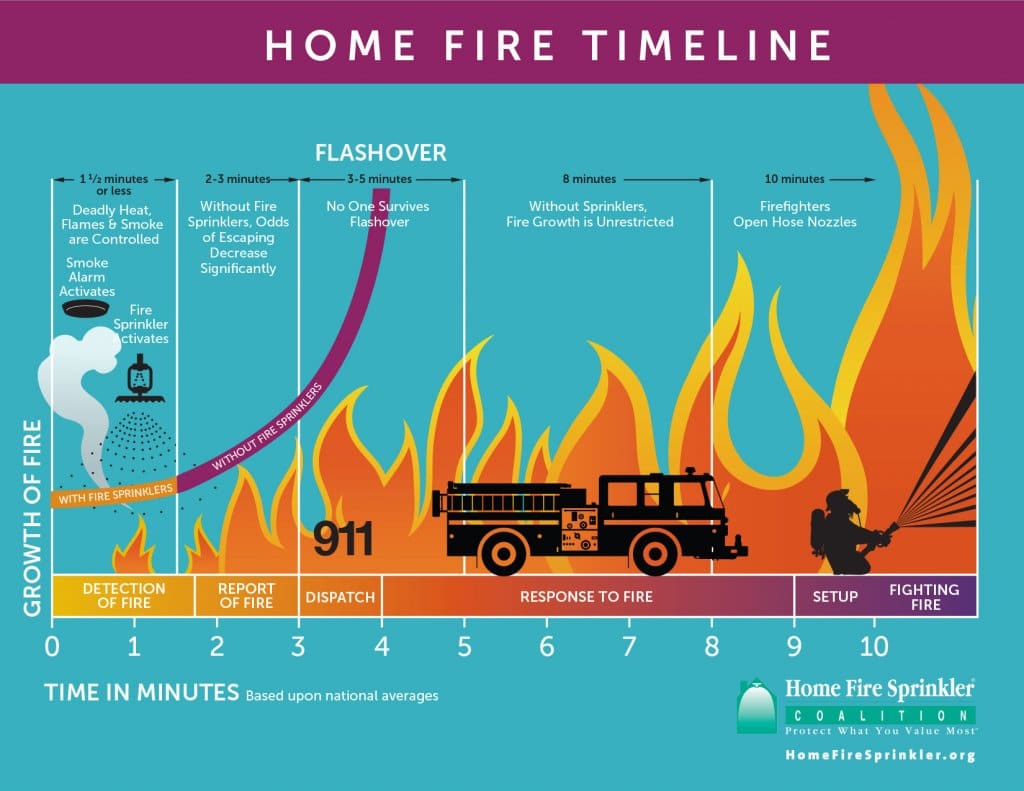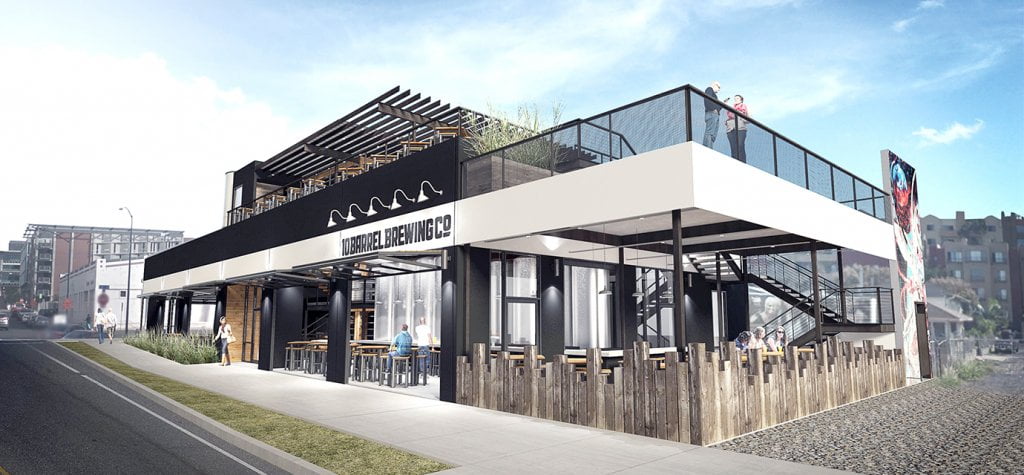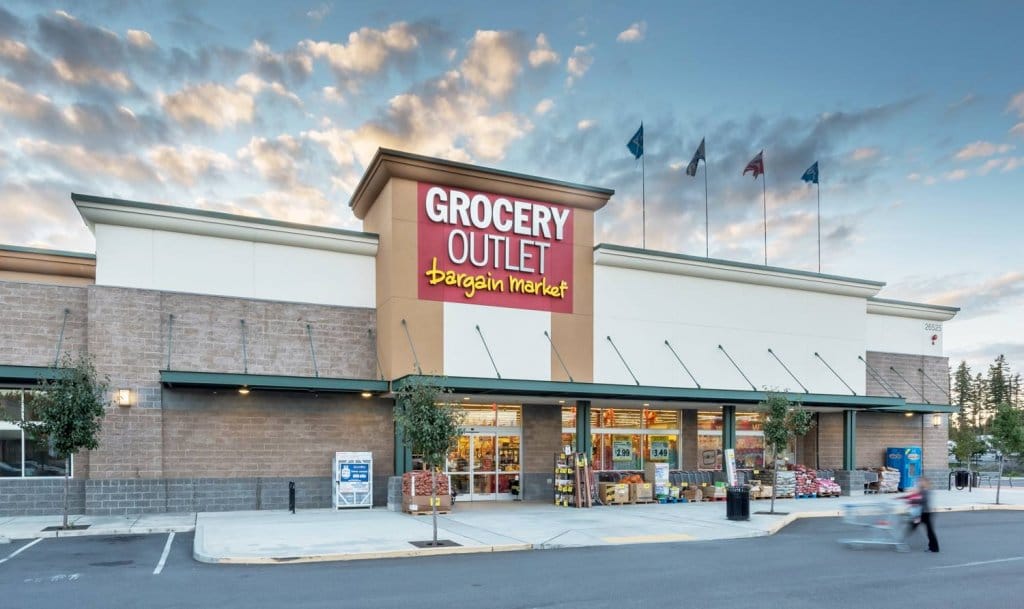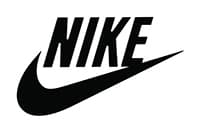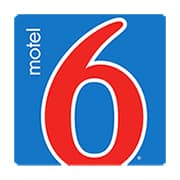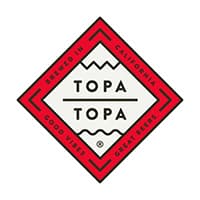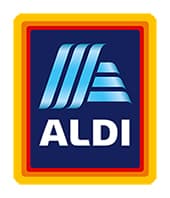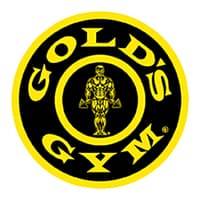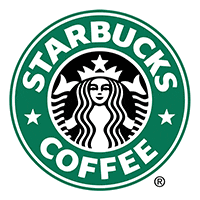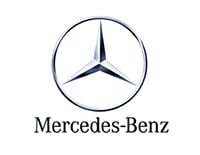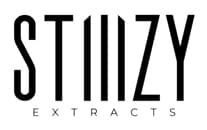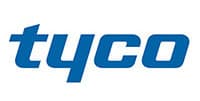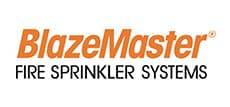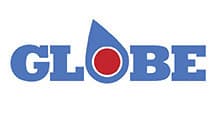Precision Fire Protection News
FAQs about Fire Sprinkler Inspections

Fire sprinkler systems play a crucial role in safeguarding lives and property in the event of a fire. Regular inspections and testing of these systems are essential for maintaining their effectiveness and ensuring compliance with industry standards and local regulations. This article addresses frequently asked questions about fire sprinkler inspections, providing valuable insights for building owners and managers.
Why Are Fire Sprinkler Inspections Essential?
Fire sprinkler inspections are paramount for several reasons:
-
Life Safety: These inspections help identify and rectify any issues that could hinder the sprinkler system’s ability to suppress a fire, protecting the lives of occupants and minimizing property damage.
-
Regulatory Compliance: NFPA (National Fire Protection Association) standards mandate regular inspections and testing to ensure fire sprinkler systems meet the required performance standards. Adhering to these standards is crucial for avoiding legal repercussions and maintaining insurance coverage.
-
Preventative Maintenance: Inspections allow for early detection of potential problems, enabling timely repairs or replacements to prevent system malfunctions or failures. This proactive approach saves time, money, and potential hazards.
What Does a Fire Sprinkler Inspection Entail?
A comprehensive fire sprinkler inspection typically involves the following:
-
Alarm Testing: The system is placed in test mode to verify the proper functioning of alarms and notification devices.
-
Visual Component Check: Each sprinkler system component is visually inspected for serviceability, including the type, size, and quantity of components, the number of inspections and tests performed, and the manufacturer specifications of hydrants, fire pumps, controllers, and jockey pumps.
-
Environmental Assessment: The inspector evaluates whether the riser could be affected by freezing weather and determines the type of atmosphere the system is exposed to.
-
Clearance Verification: Storage or stock is inspected to ensure it maintains the proper distance below sprinkler heads.
-
Valve Inspection: Valves are checked to confirm they are in their correct open or closed positions.
-
Water Flow Test: Weather permitting, a water flow test is conducted to assess the adequacy of the water supply.
-
Accessibility Check: Fire department connections and all outside control valves are examined for accessibility and visibility.
-
Pump, Tank, and Reservoir Inspection: Pumps, tanks, and reservoirs are inspected for proper operation and maintenance.
-
Antifreeze System Check: The antifreeze system is tested and serviced as needed.
-
Alarm Devices and Monitoring: Alarm valves, water flow indicators, retards, monitor switches, electric and water motor alarms, and supervisory alarm transmission are tested for proper functioning.
-
Dry Valve Inspection: Dry valve air pressure, priming water level, and trip operation are verified in accordance with the governing authority’s requirements.
-
Air Compressor Check: The air compressor is inspected for proper operation.
-
Low Point Inspection: The system’s low points are checked during fall and winter inspections.
-
Special Systems Testing: Special systems are tested as per manufacturer instructions and applicable requirements.
-
Sprinkler Head and Piping Examination: Sprinkler heads, sprinkler piping, hangers, and related equipment are visually inspected for condition, age, corrosion, loading, or obstructions.
Fire Sprinkler Inspection Costs
The cost of fire sprinkler inspections varies depending on the size and complexity of the building, the number of systems and components, and the location. For an accurate quote, it is advisable to contact a qualified fire protection company.
Conclusion
Fire sprinkler inspections are a non-negotiable aspect of maintaining a fire-safe environment. By adhering to inspection schedules and addressing any identified issues promptly, building owners and managers can ensure the reliability of their sprinkler systems, safeguard lives and property, and maintain regulatory compliance.
PEOPLE We Protect
Our Distributors and Suppliers
Experience
Our team started in the fire protection industry over 20 years ago. Since then we have grown into a statewide fire protection construction leader. Our team of project managers, engineers, designers, inspectors, installers, and technicians all share a passion for quality work and high standards. Precision Fire Protection understands the need to complete projects with integrity, safety, and precision!
Dedication
Our mission is to provide our customers with timely, high quality, affordable fire protection services that are guaranteed. We strive to achieve our client’s complete satisfaction. We are relentless in applying the highest ethical standards to ourselves and to our services and in communications with our customers. We aim to fulfill that mission in everything we do.
Precision
Precision Fire Protection keeps its team together, even when it's not. Just as vital as field personnel’s tools are, our project managers are equipped with the latest software to manage projects. Our project managers send dailies, RFIs, and plan revisions to the cloud so that everyone has access no matter where they are. Being connected is our way of ensuring every project goes smoothly.
Safety
Our team of multi-certified managers and supervisors are highly experienced in job safety. Our managers are OSHA certified to handle each project with care and sensitivity to every unique job site. By ensuring on-site safety on every project we work on throughout Southern California, Precision Fire Protection has developed positive relationships with our General Contractors.



